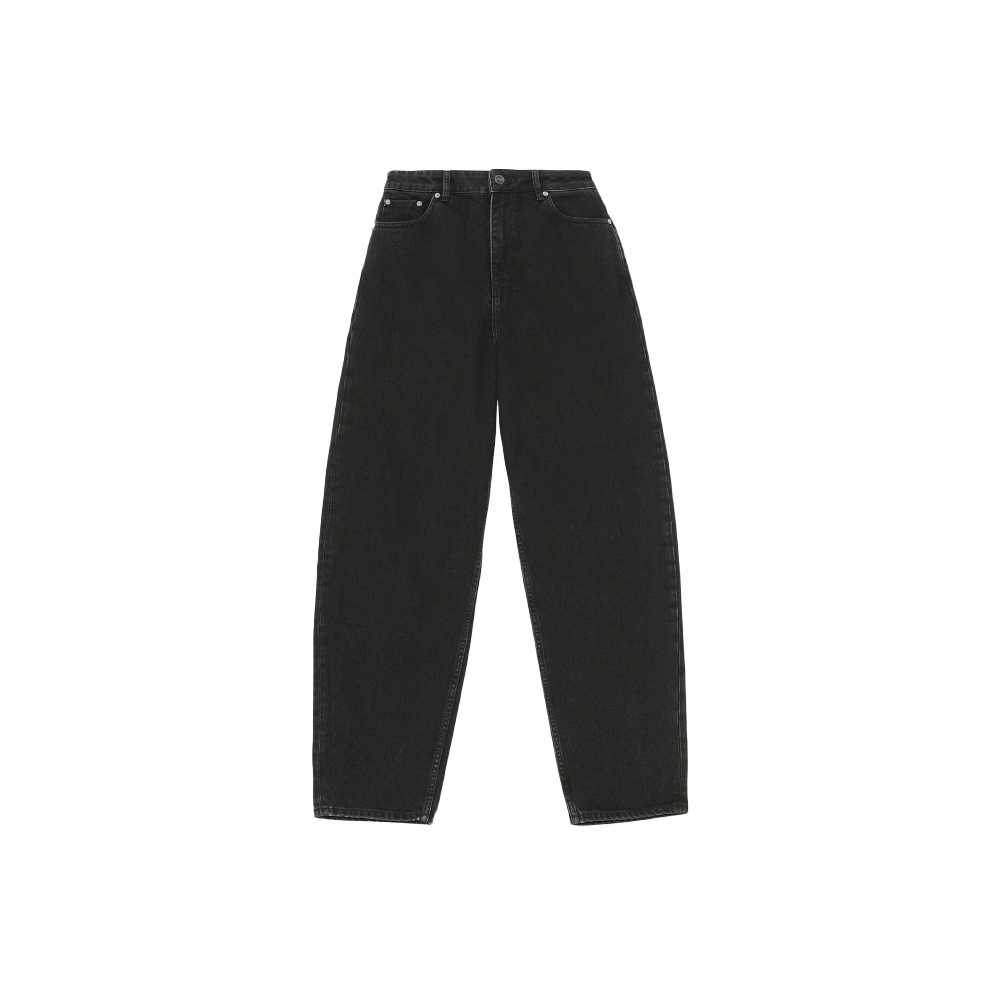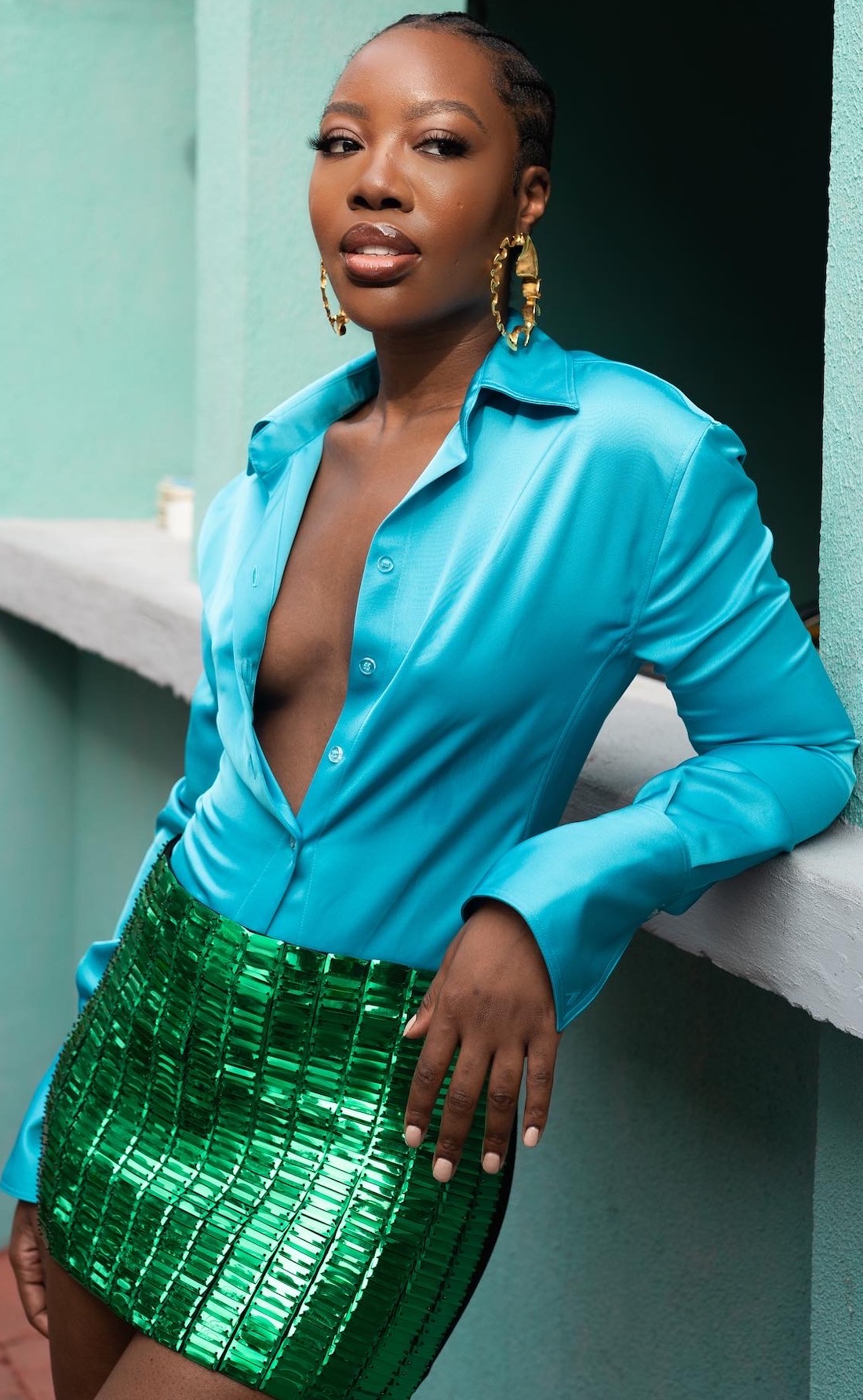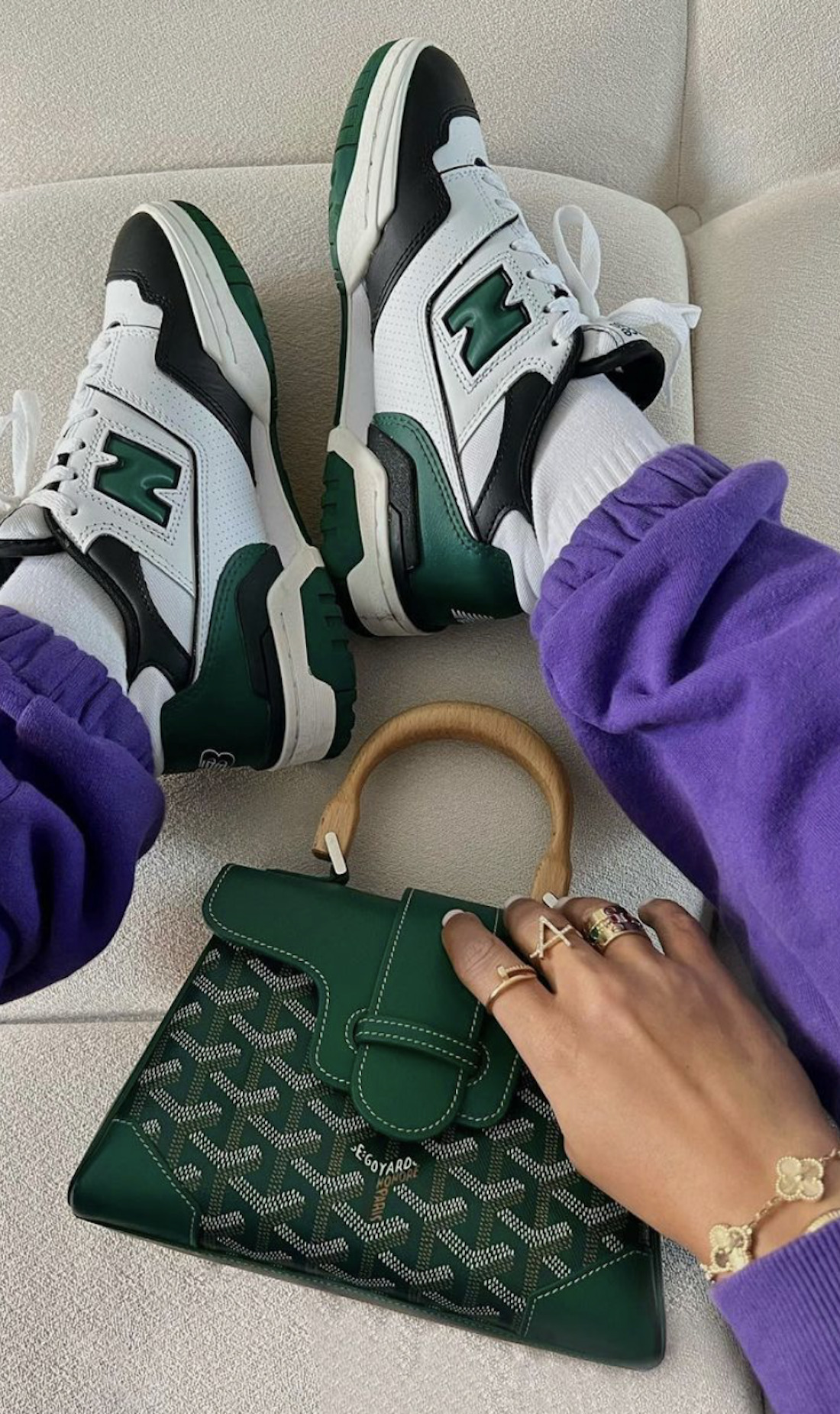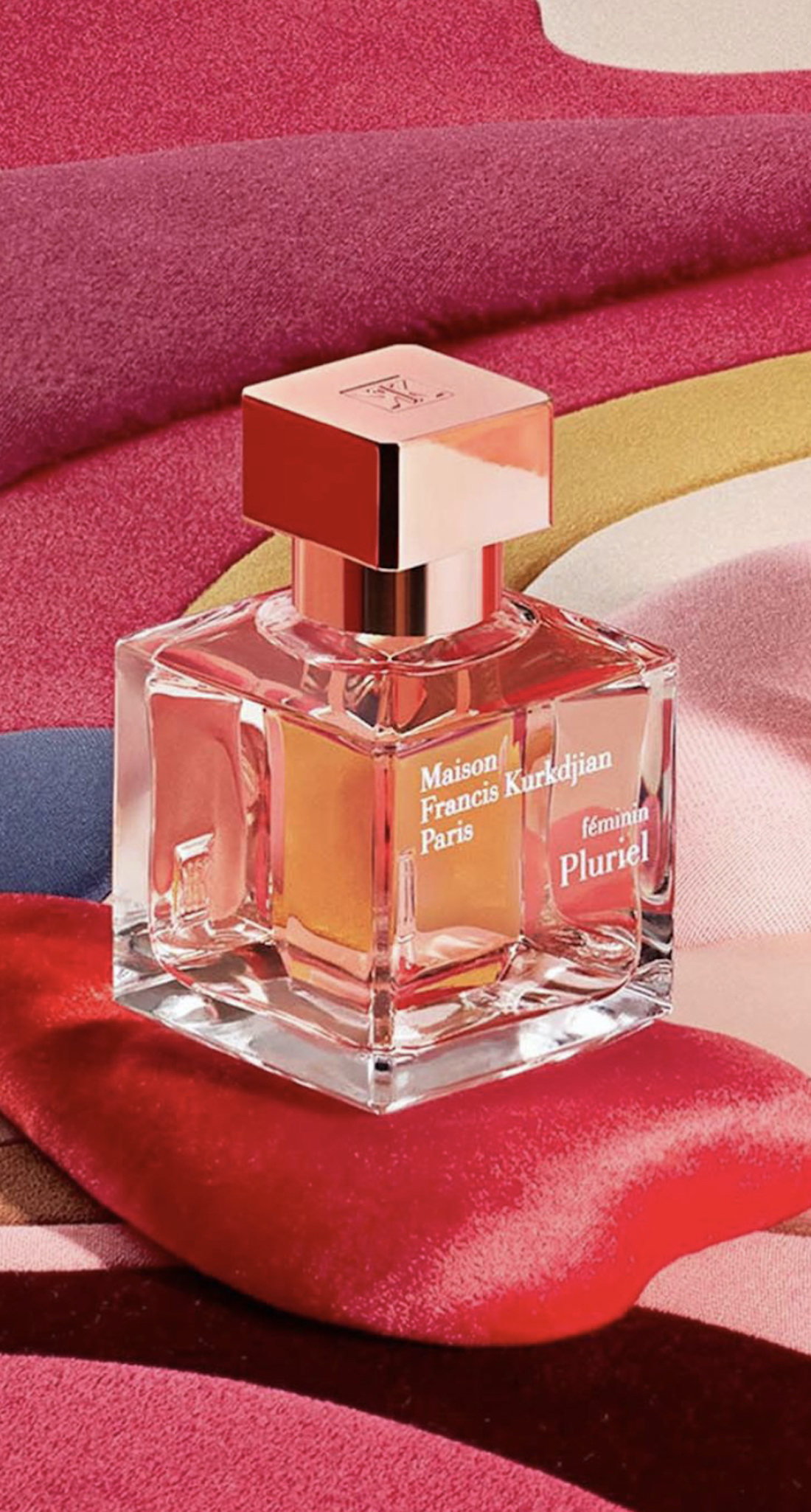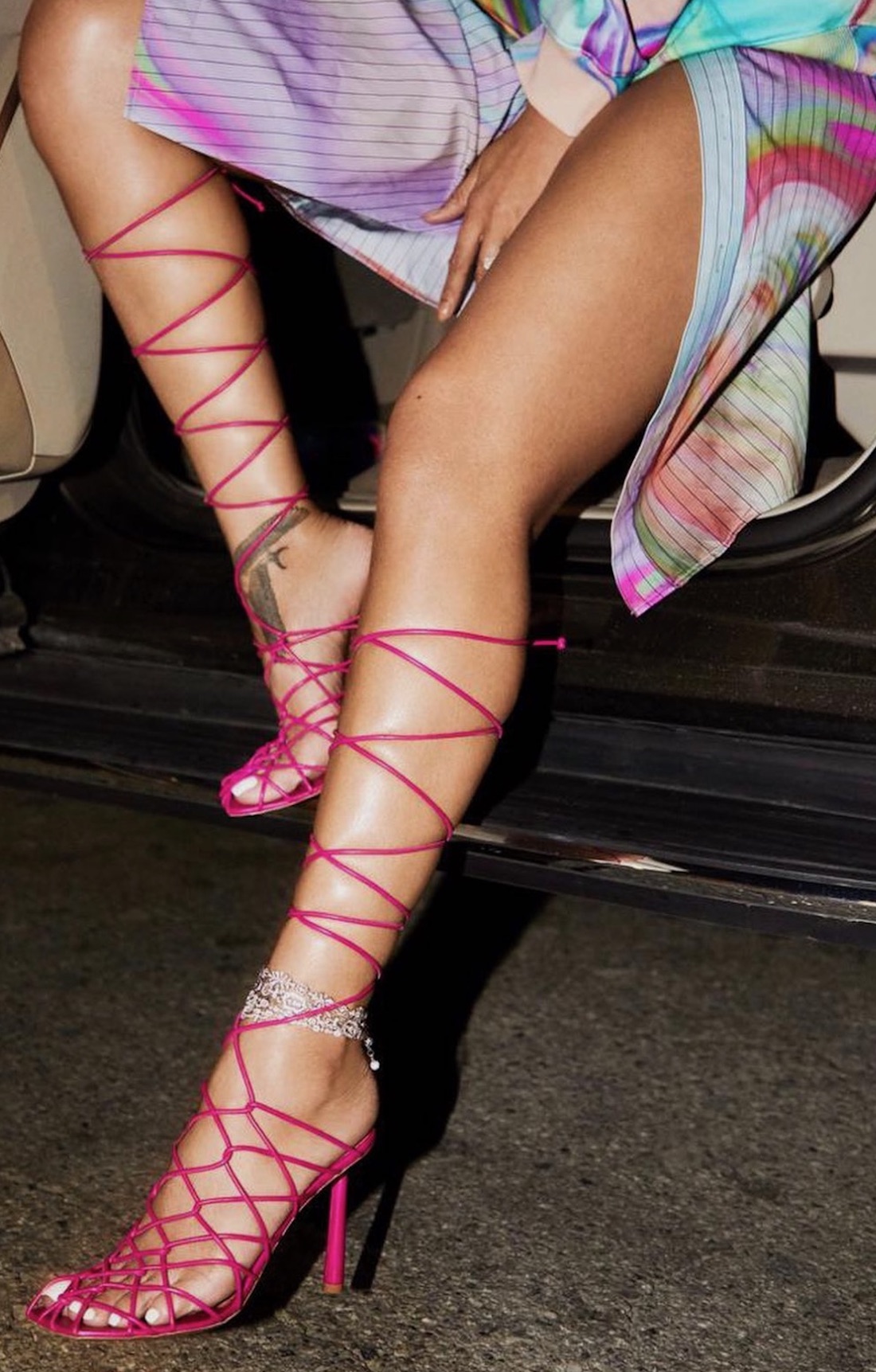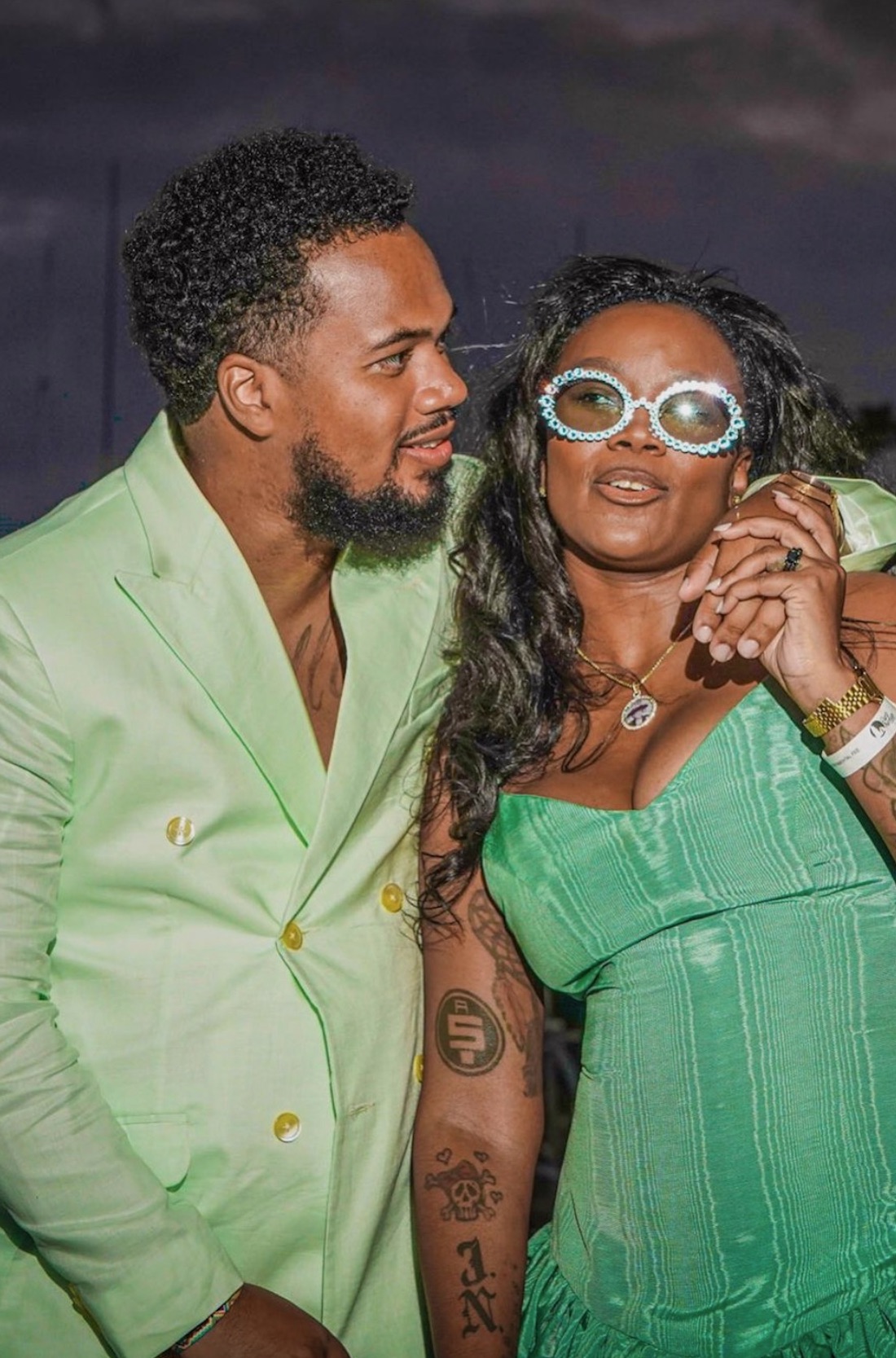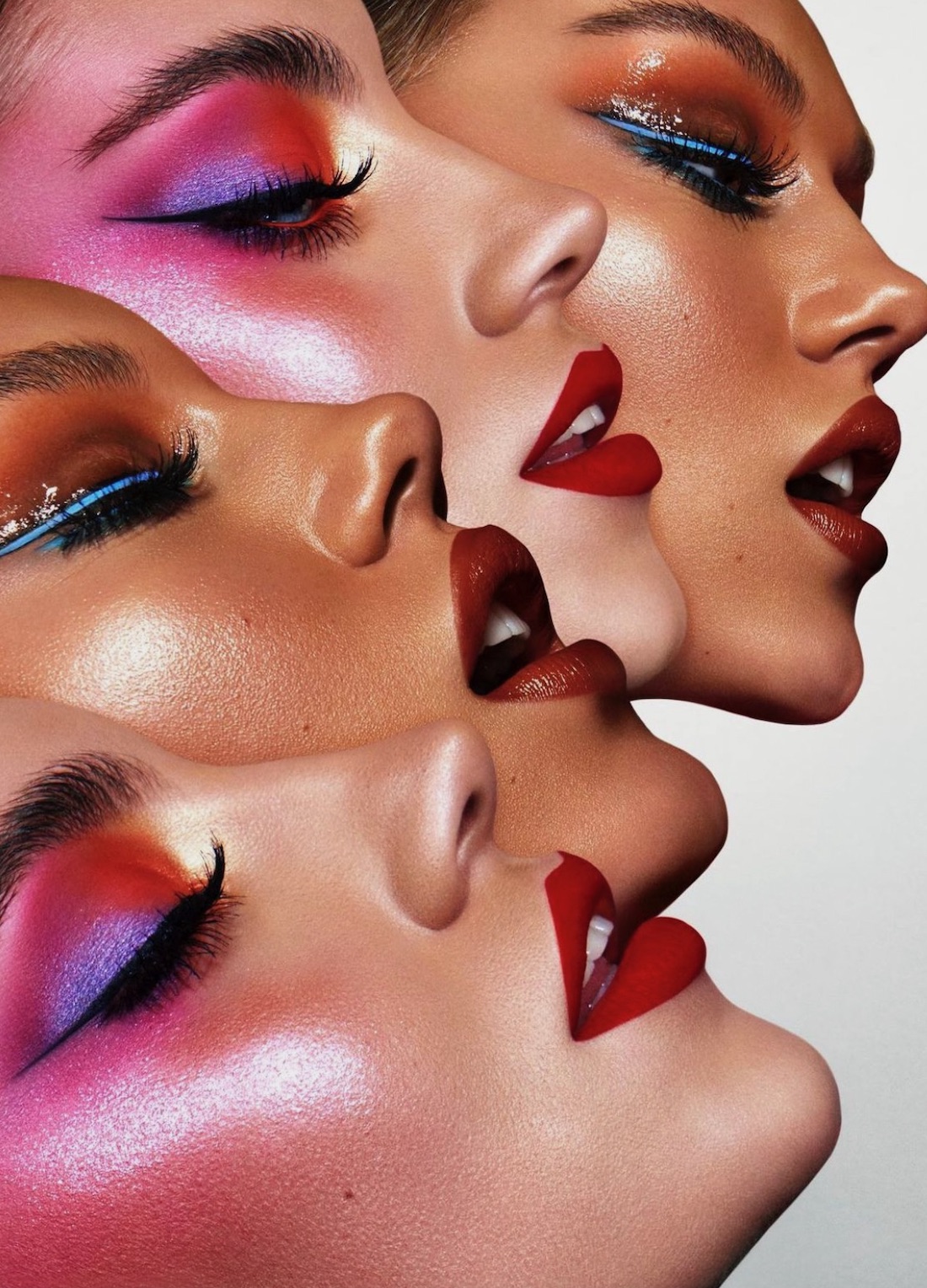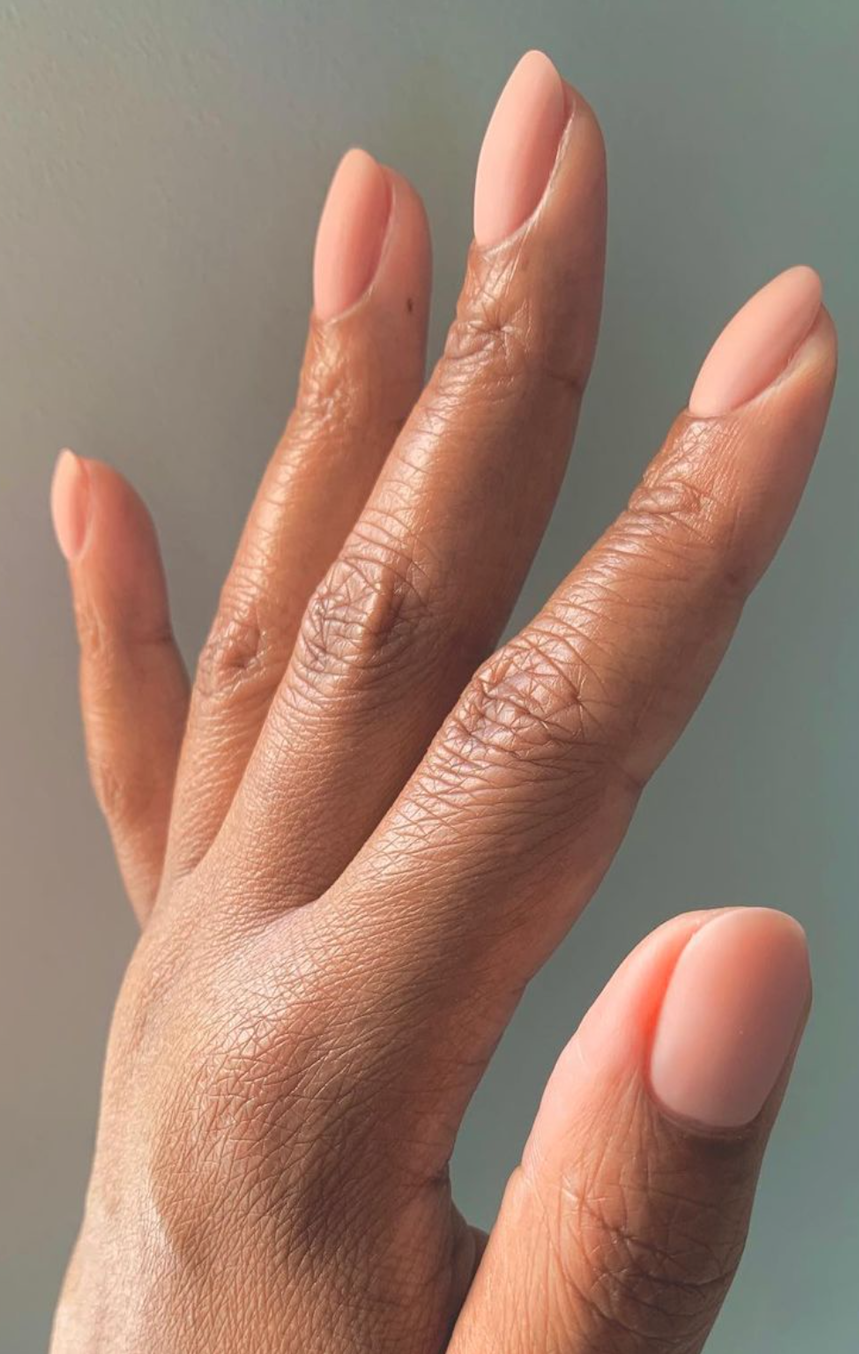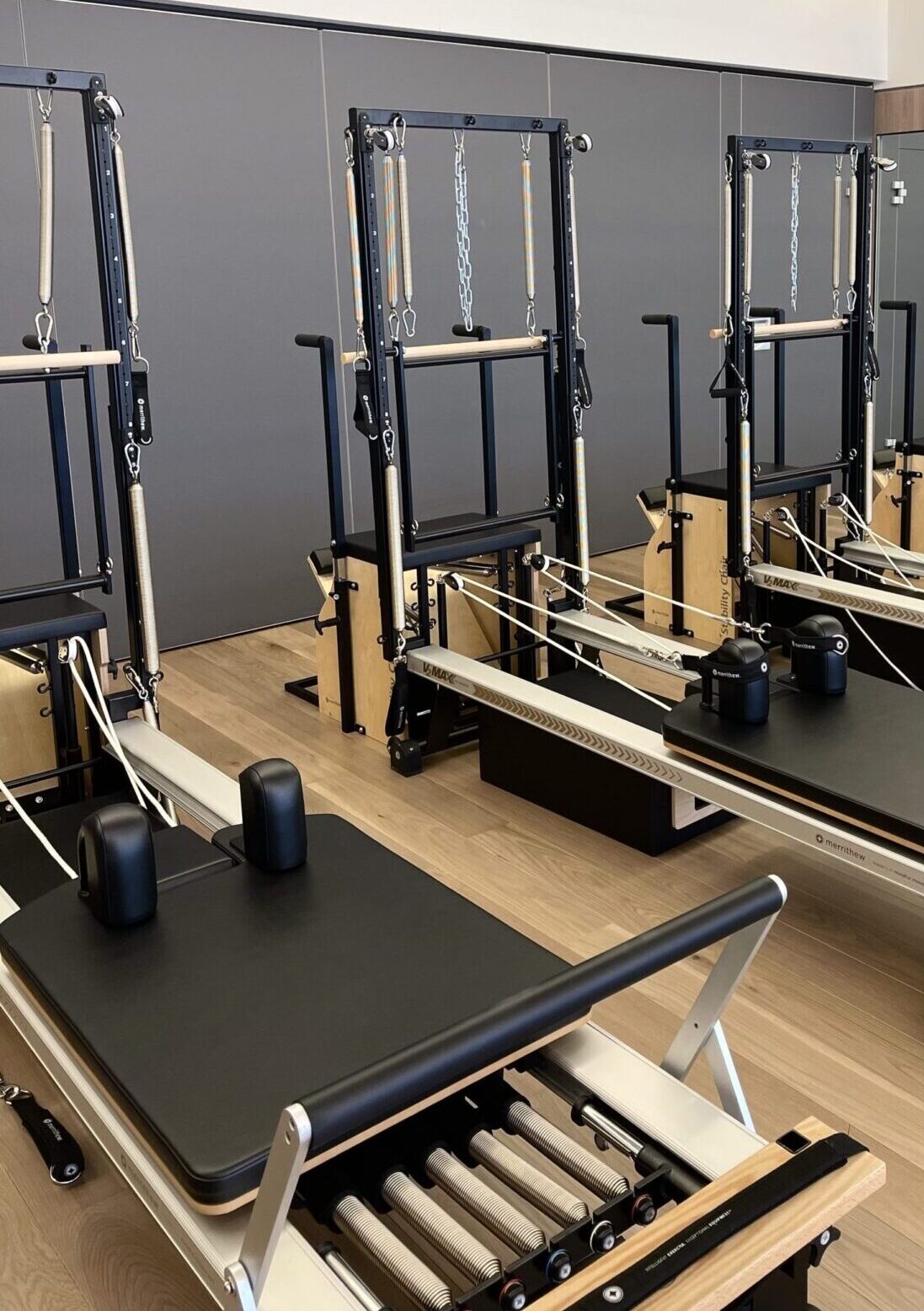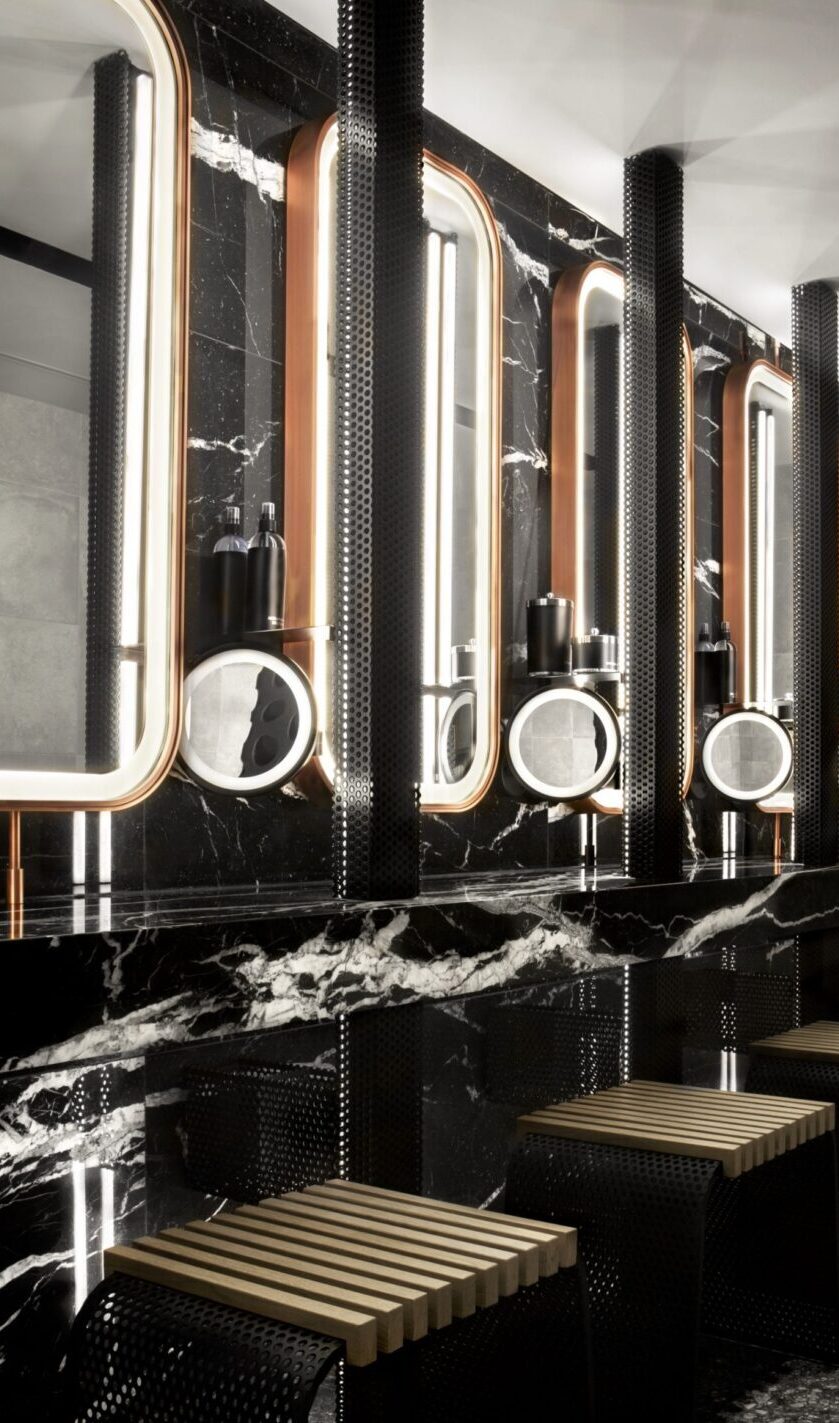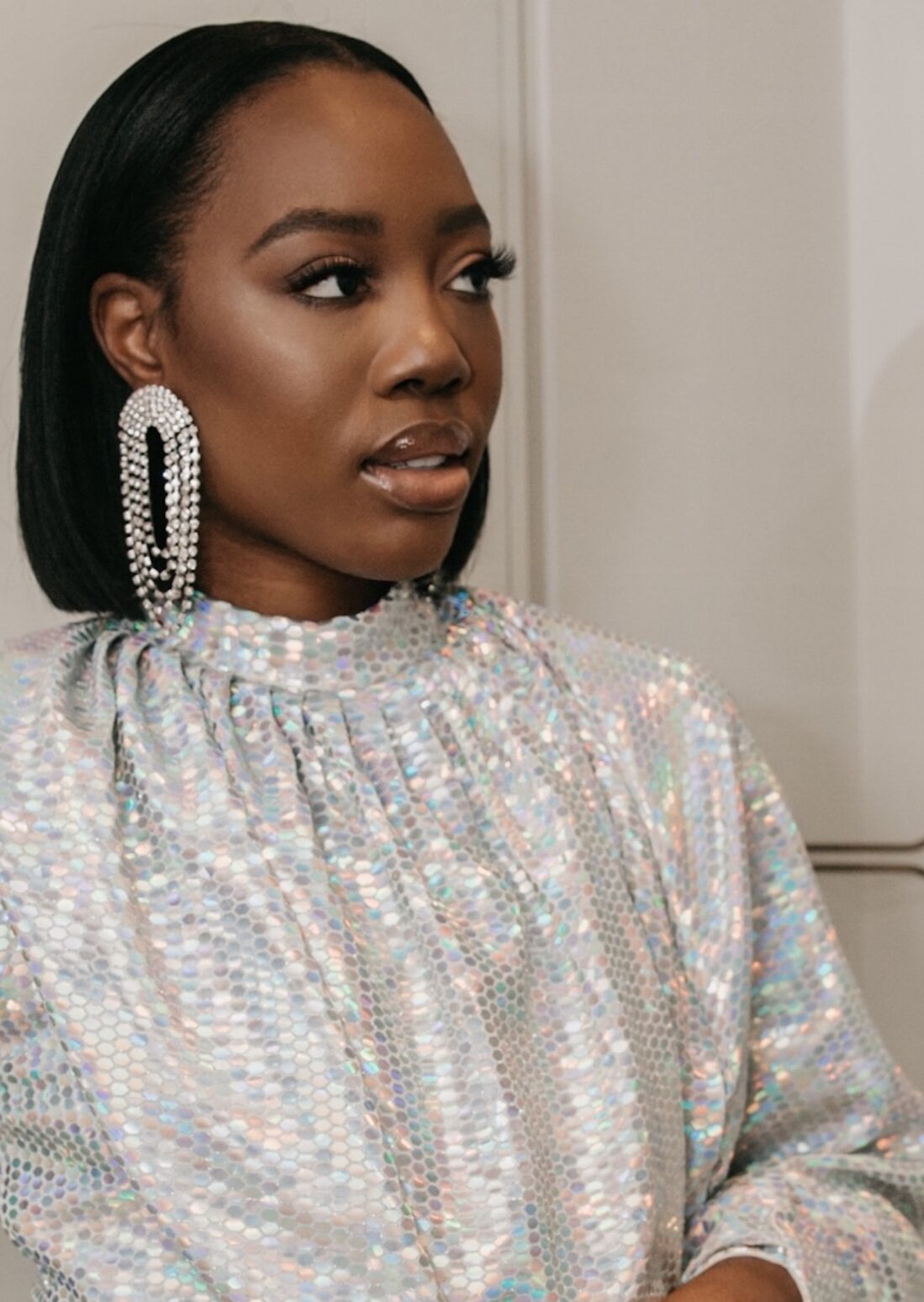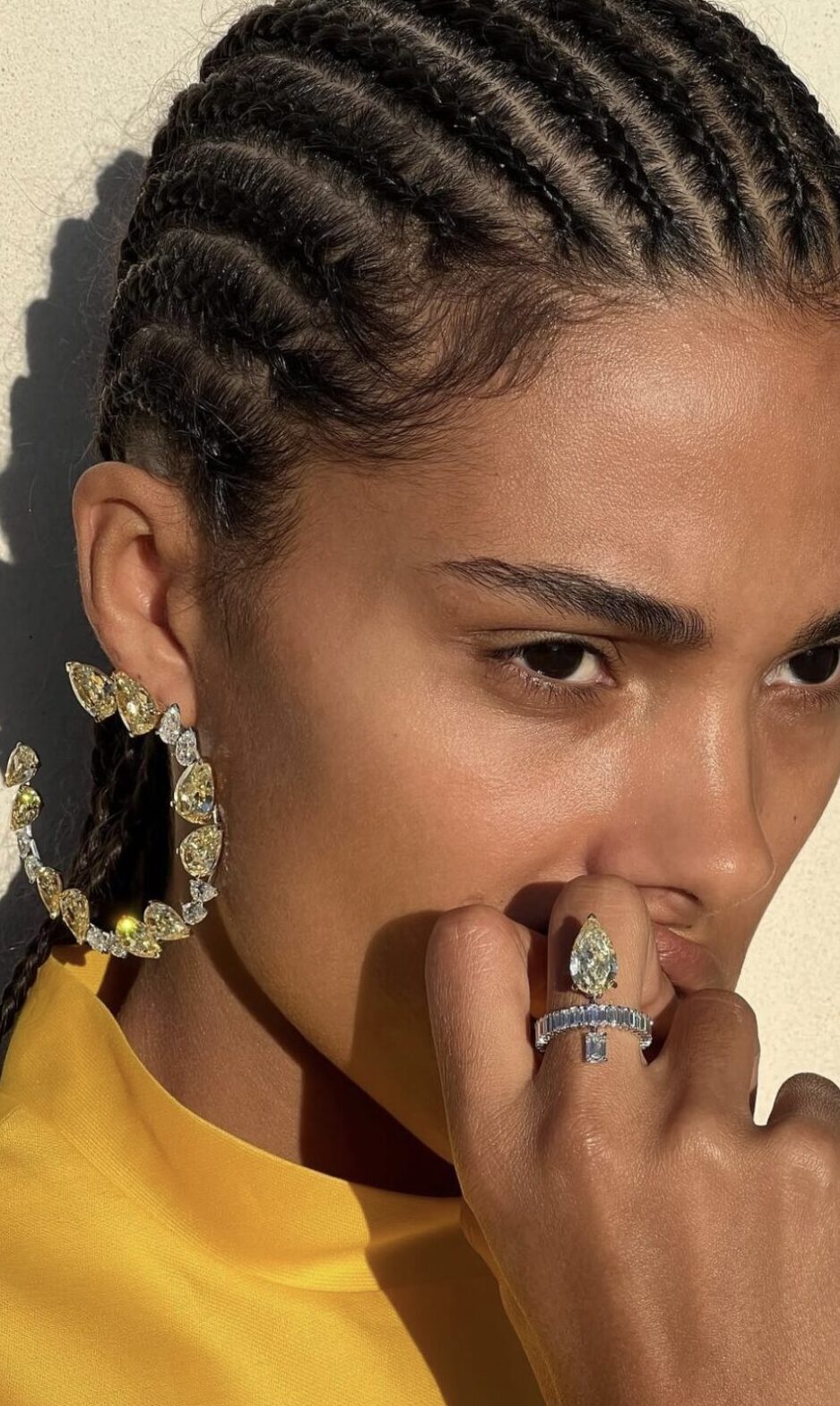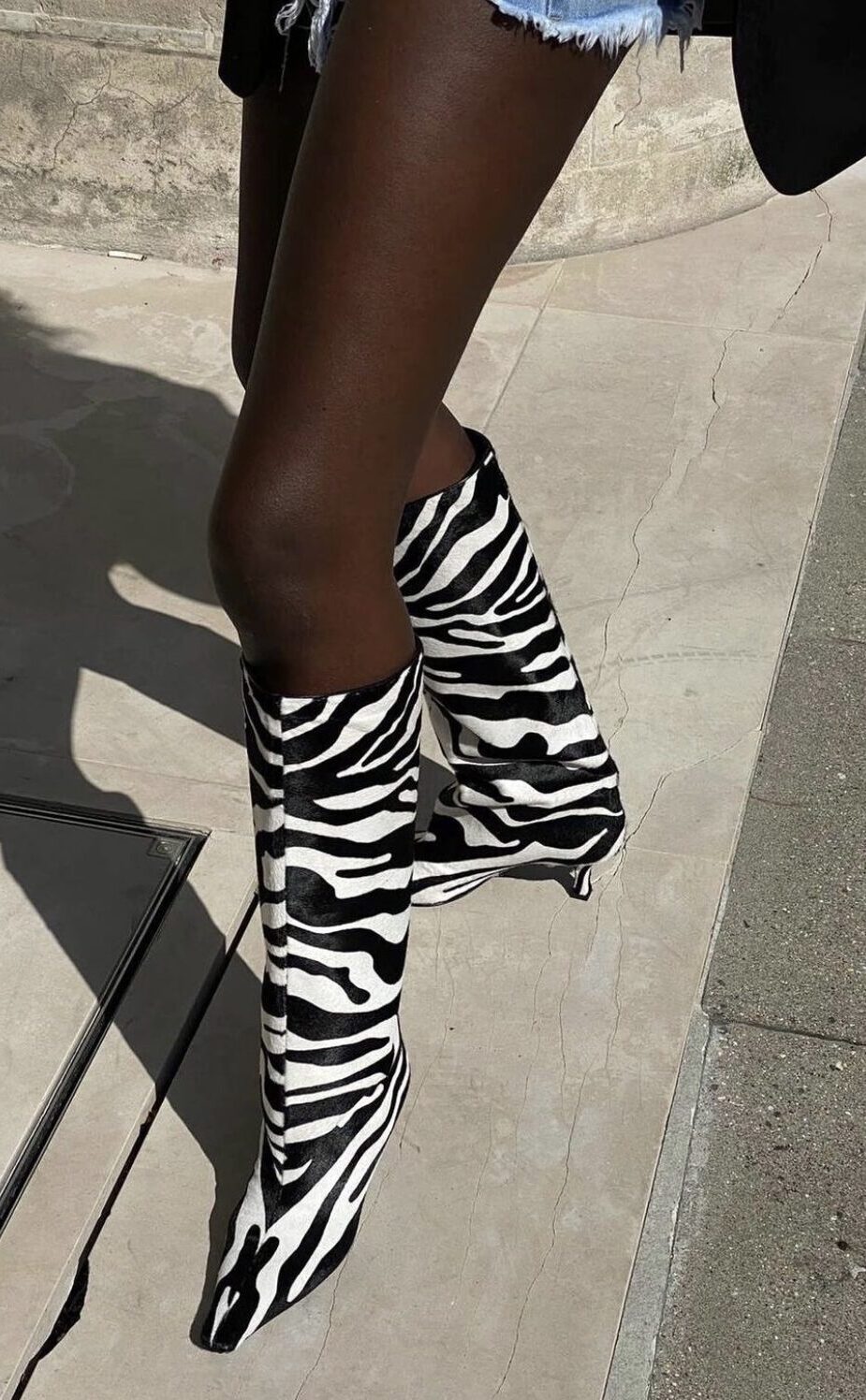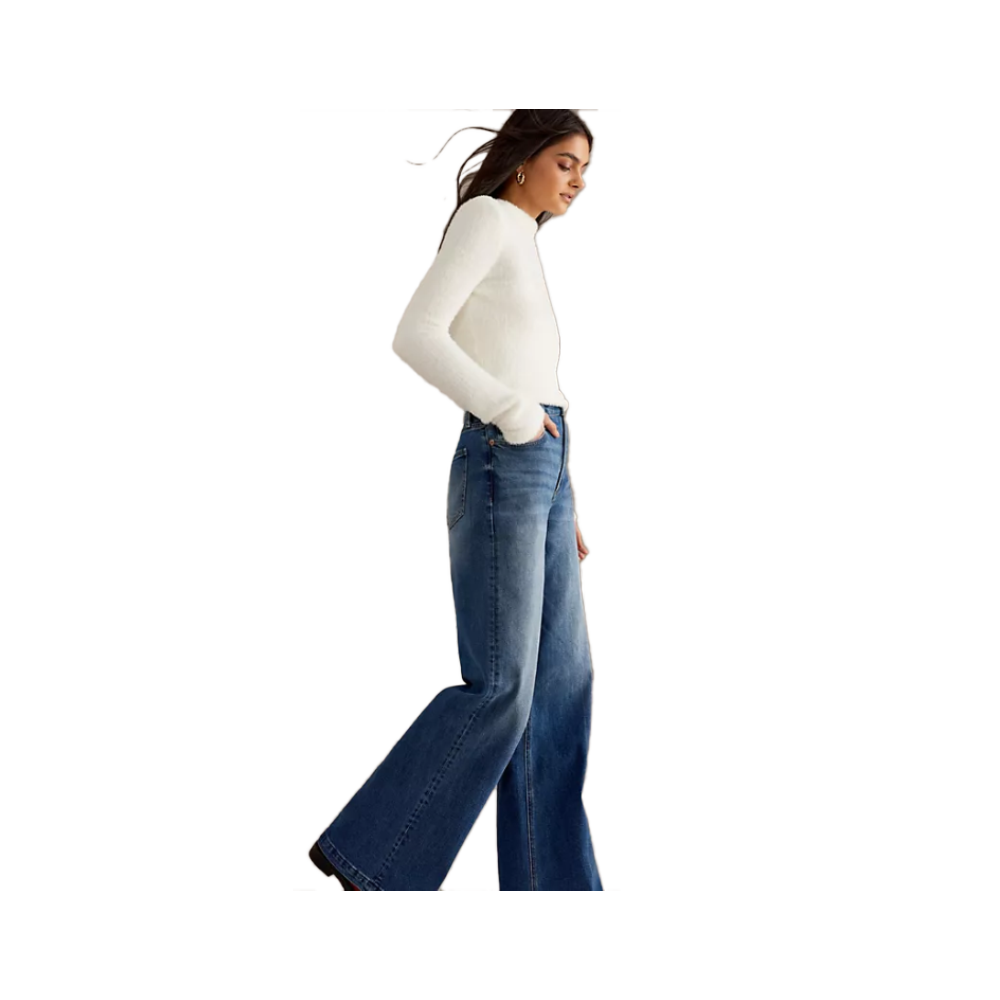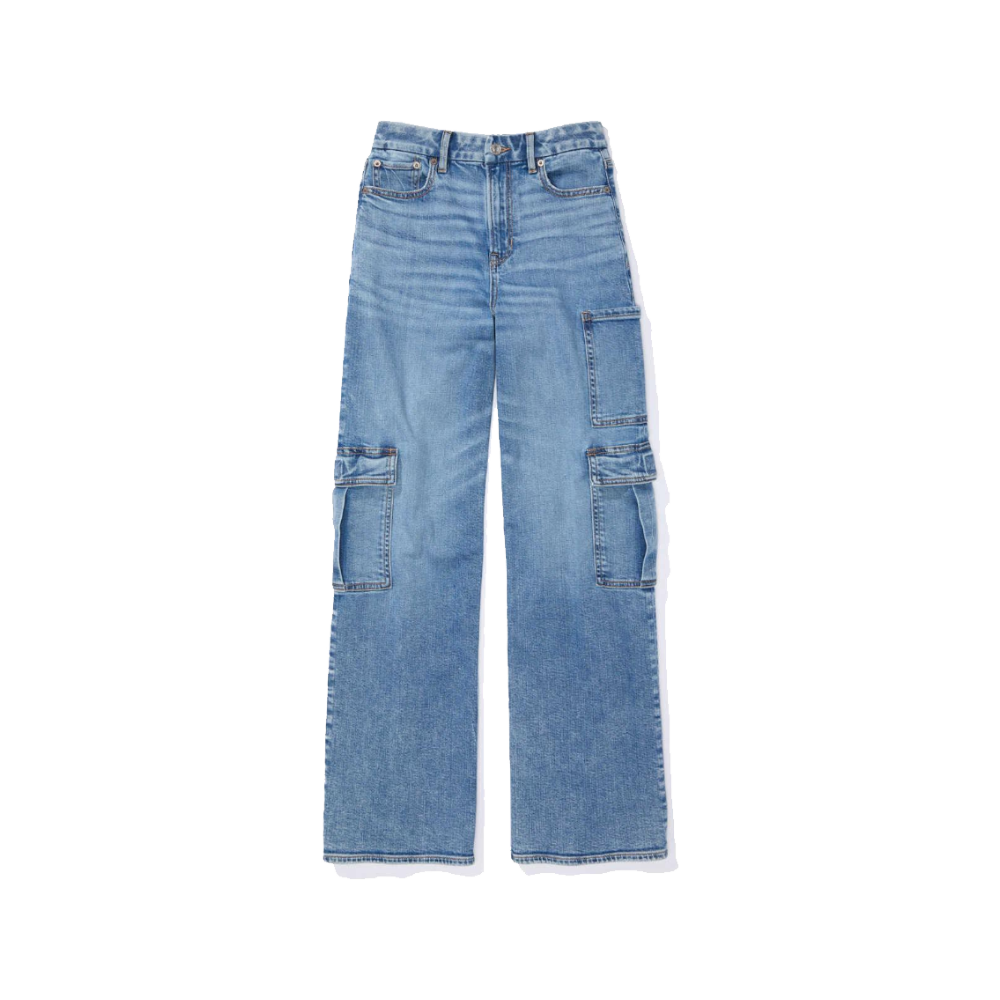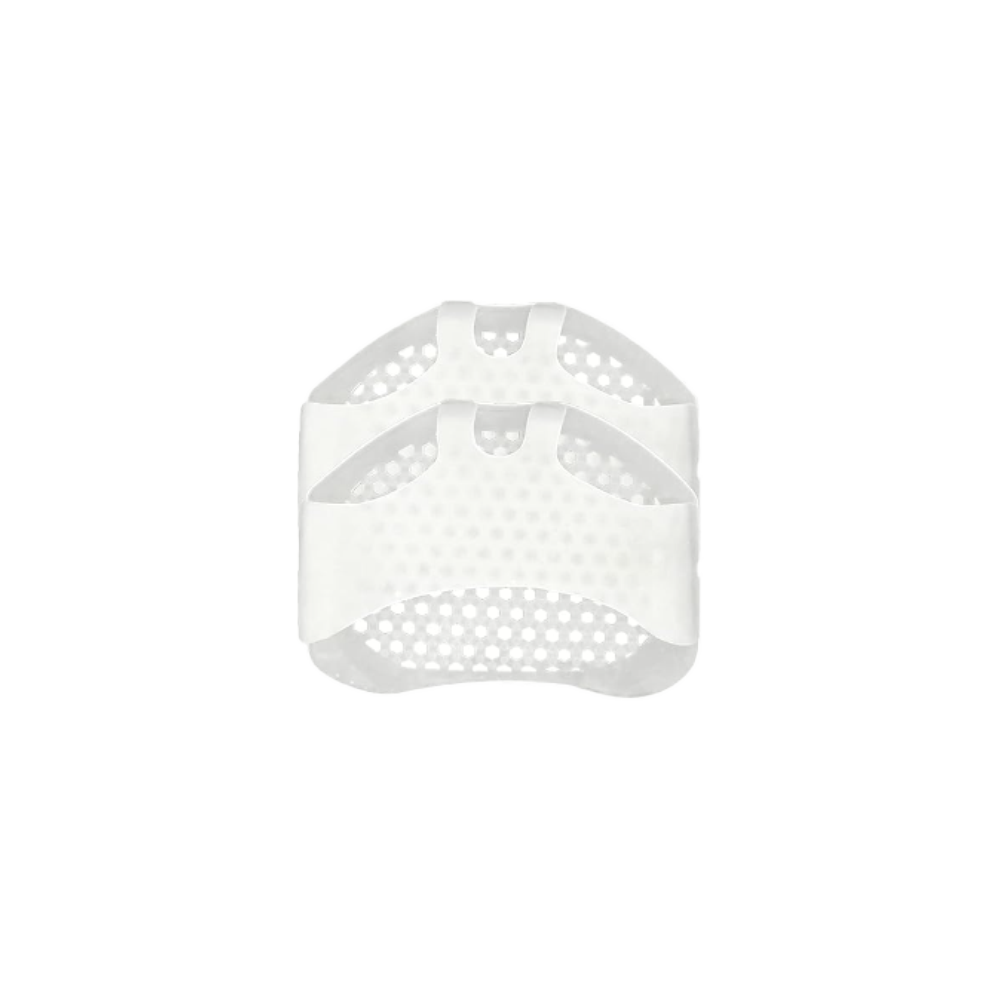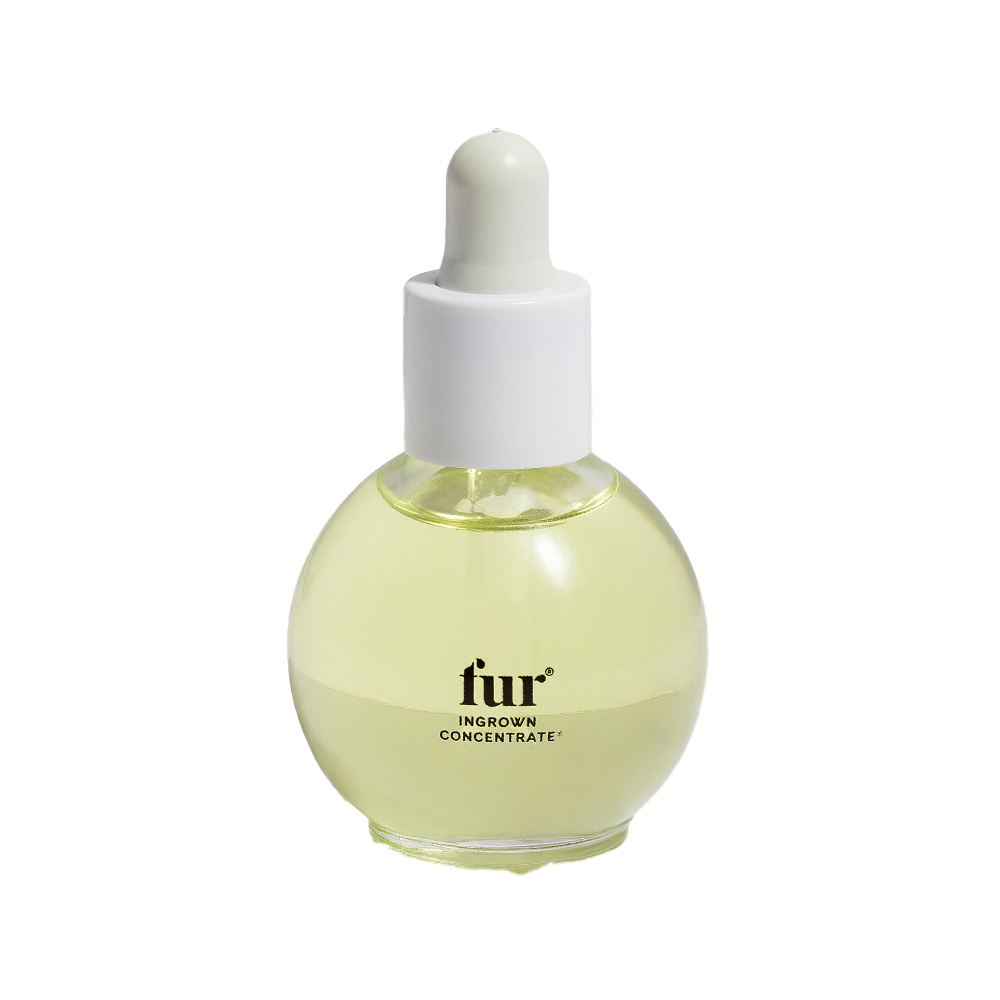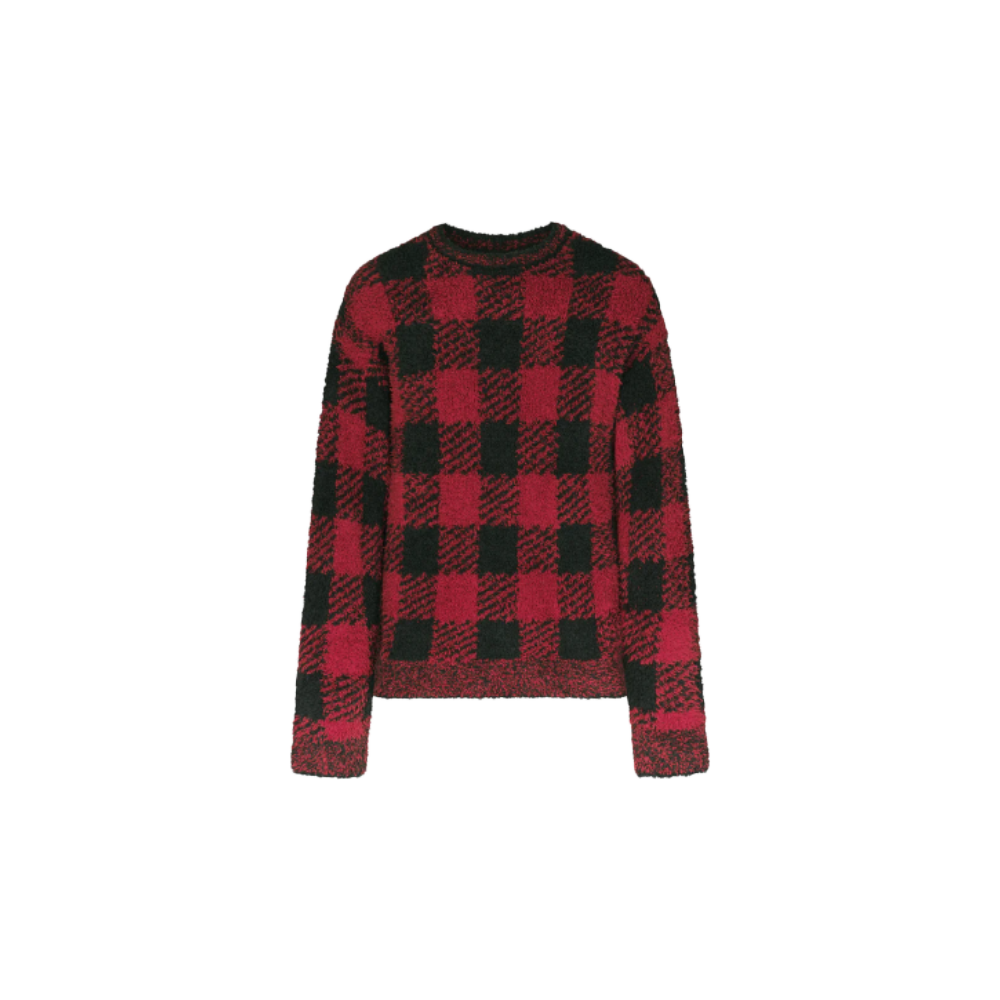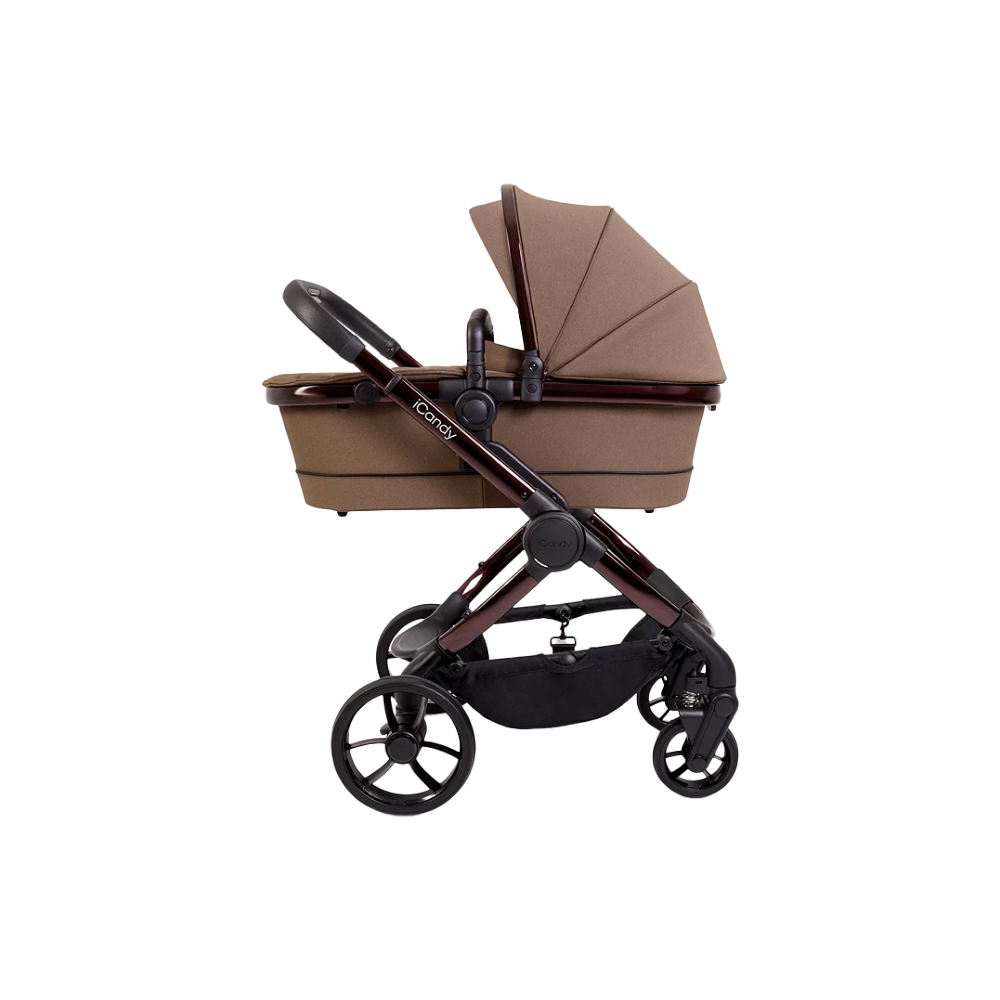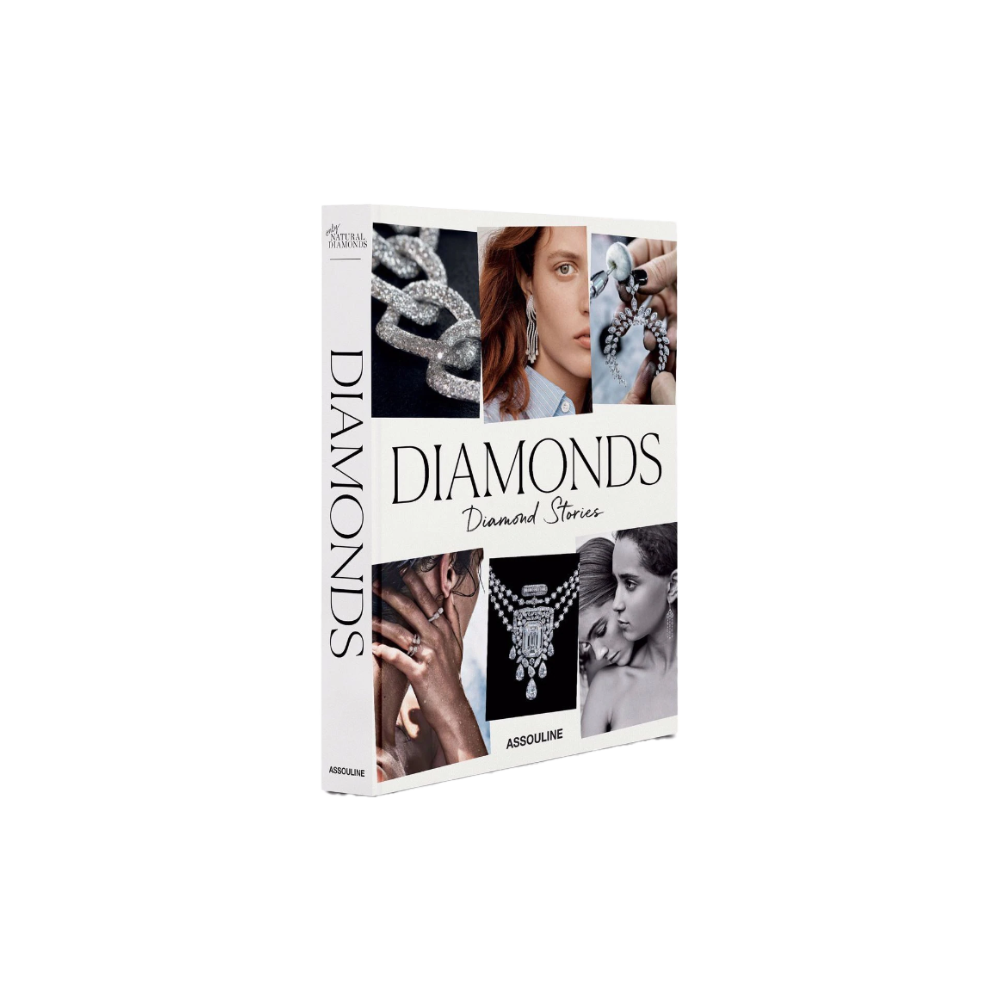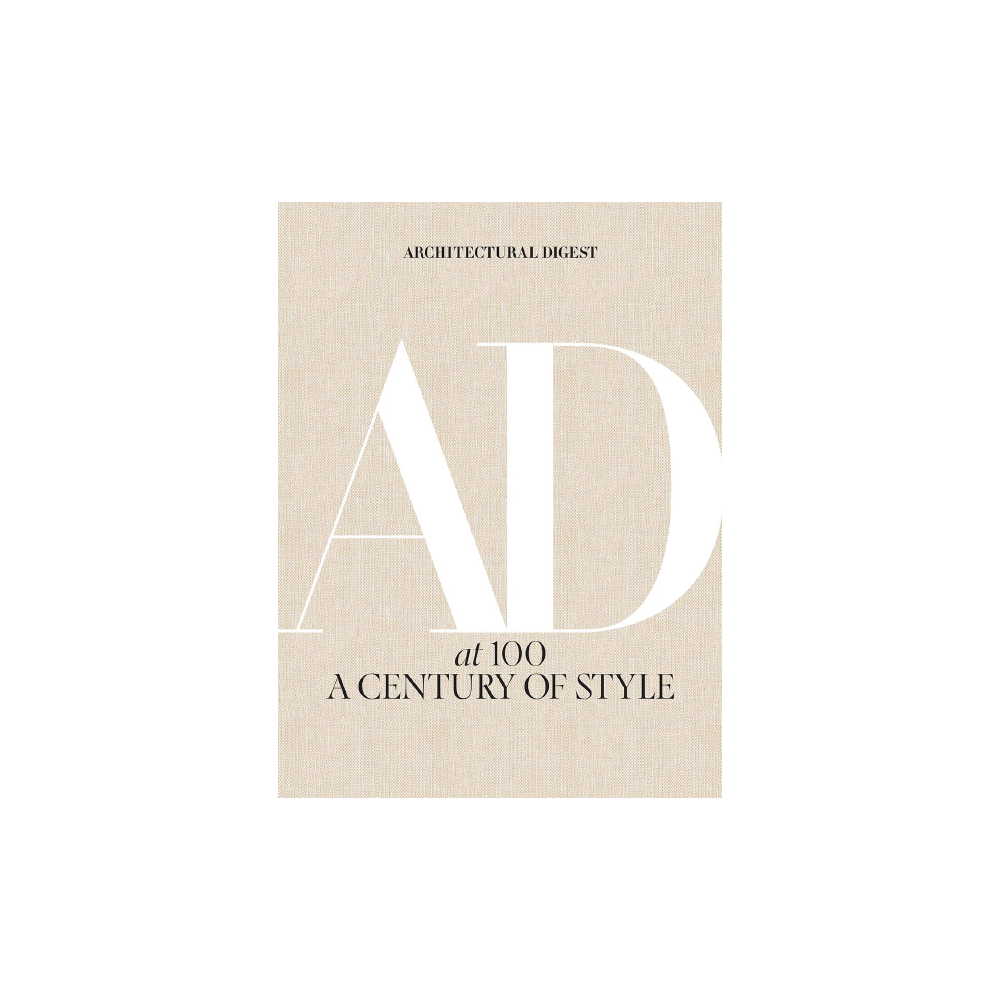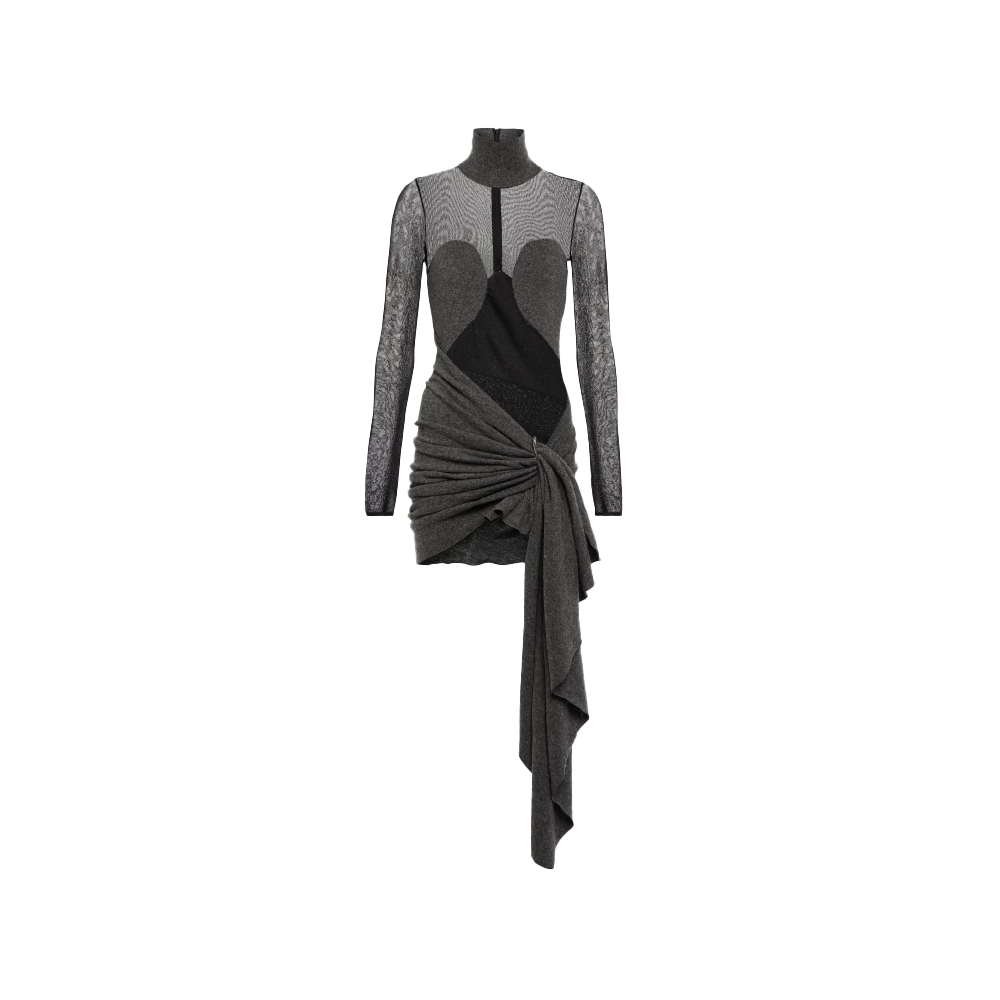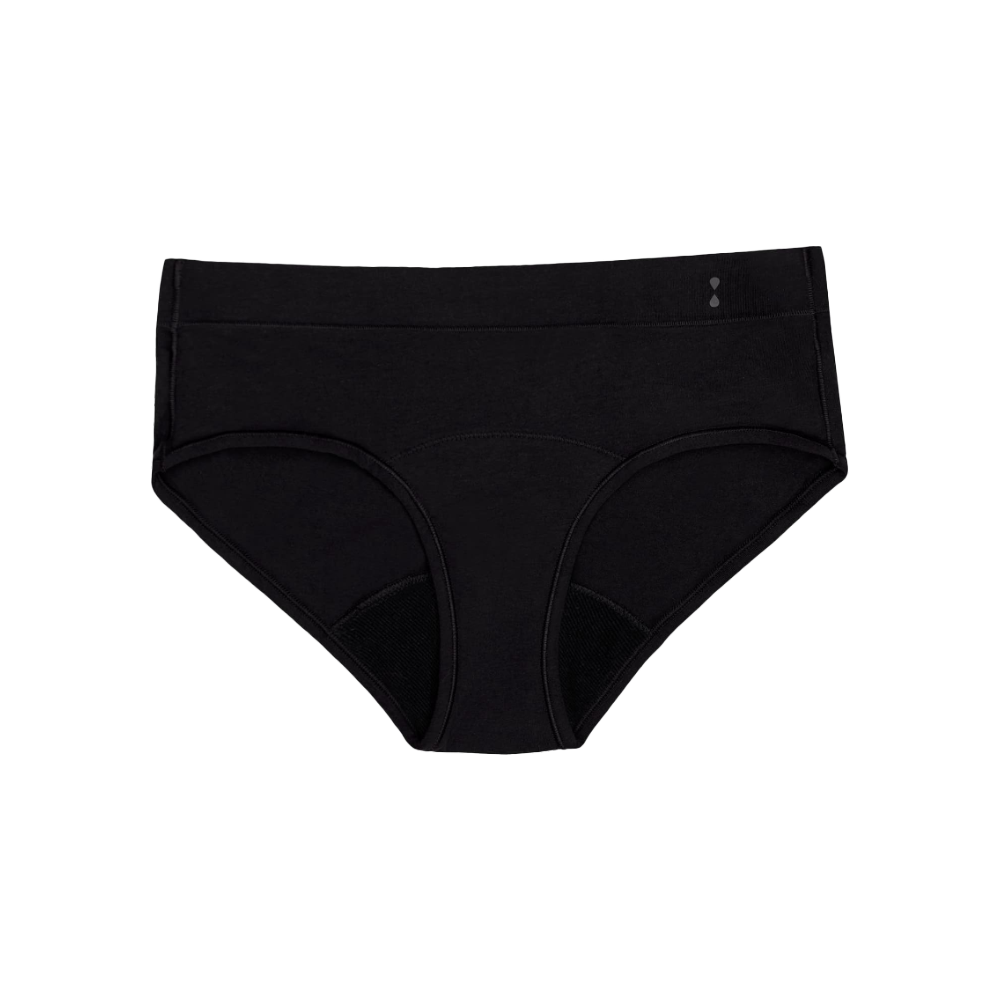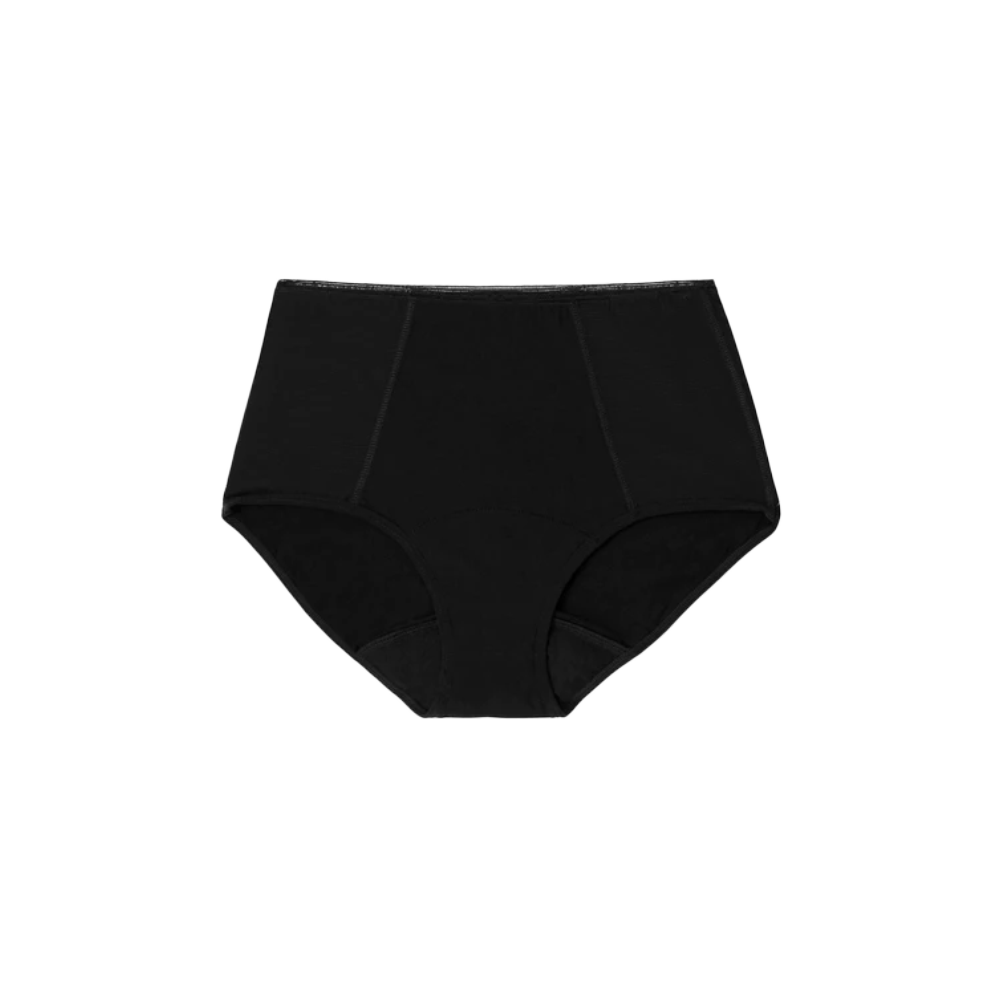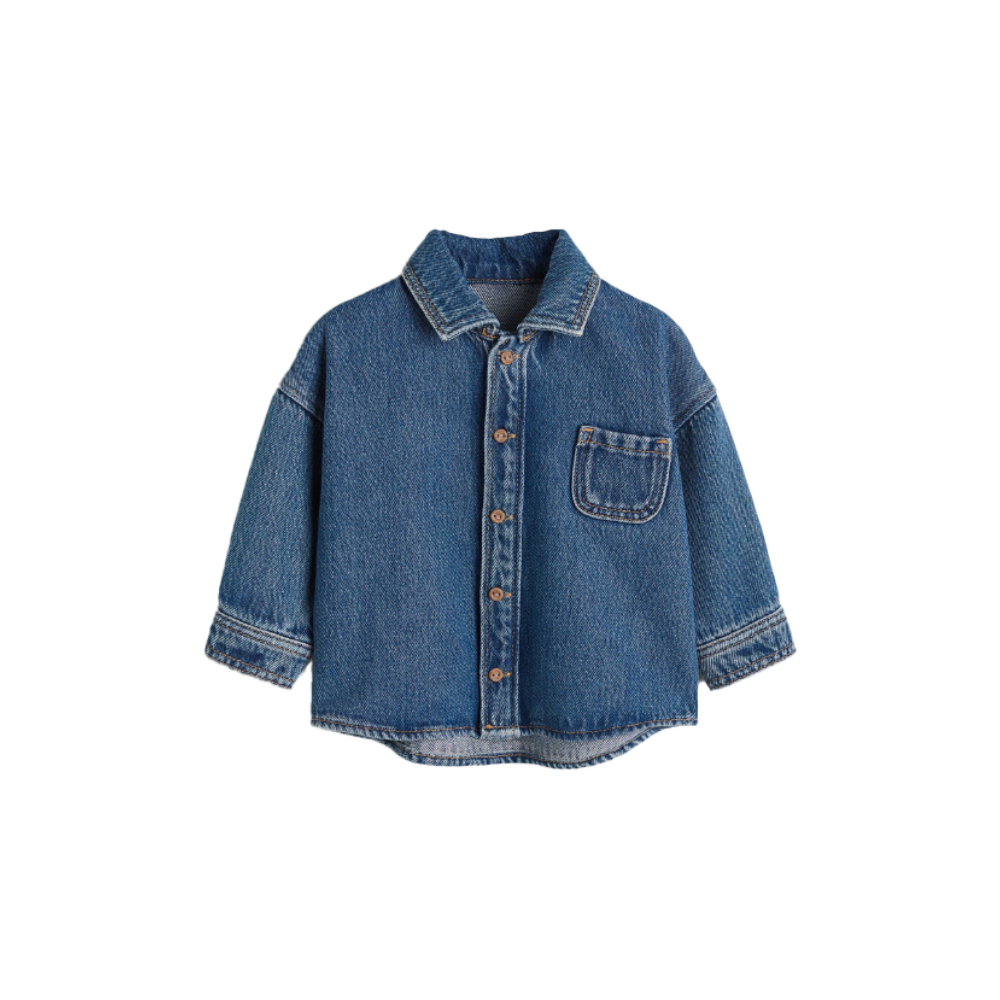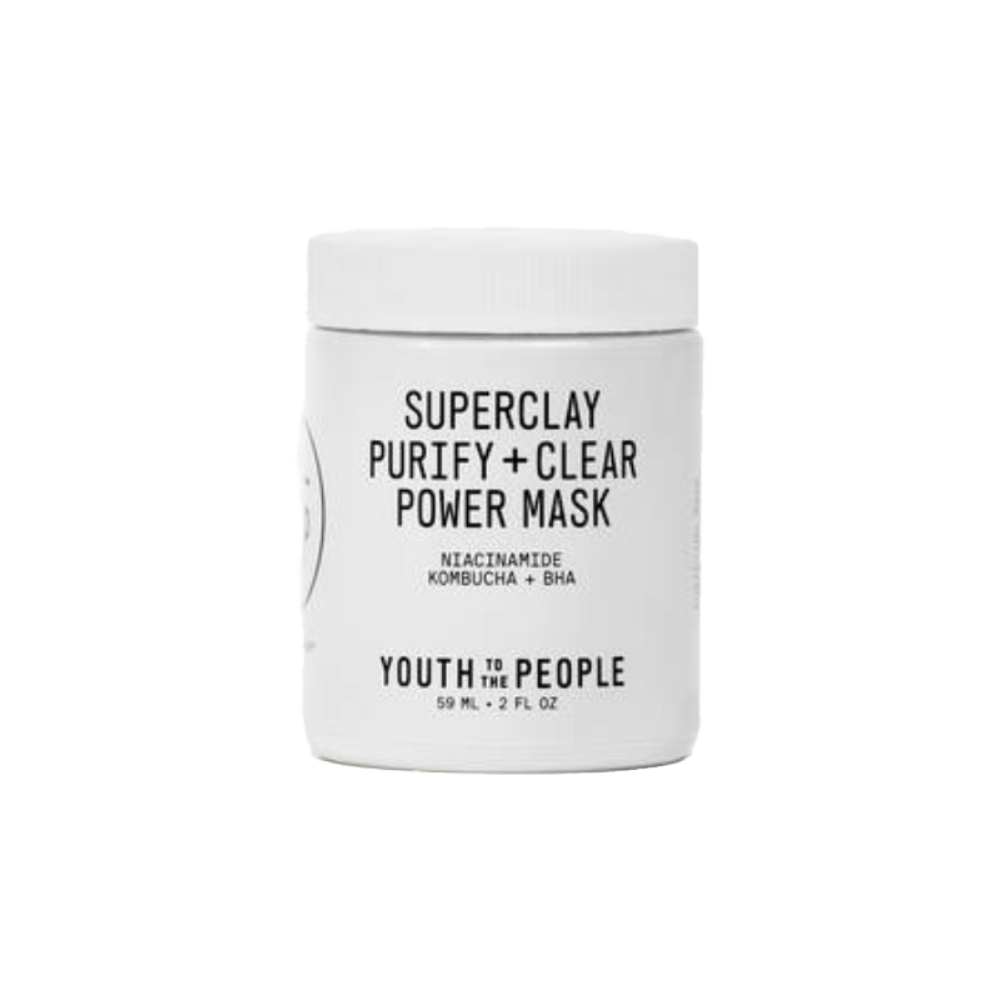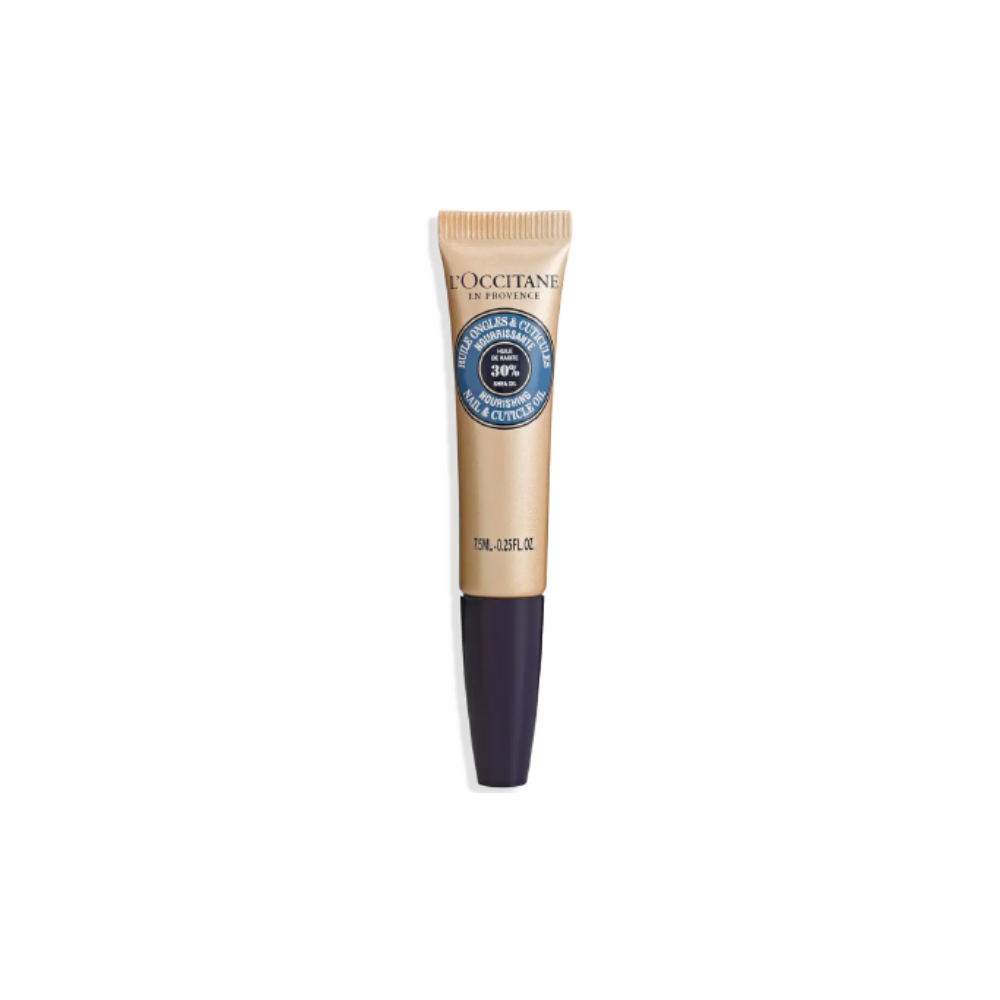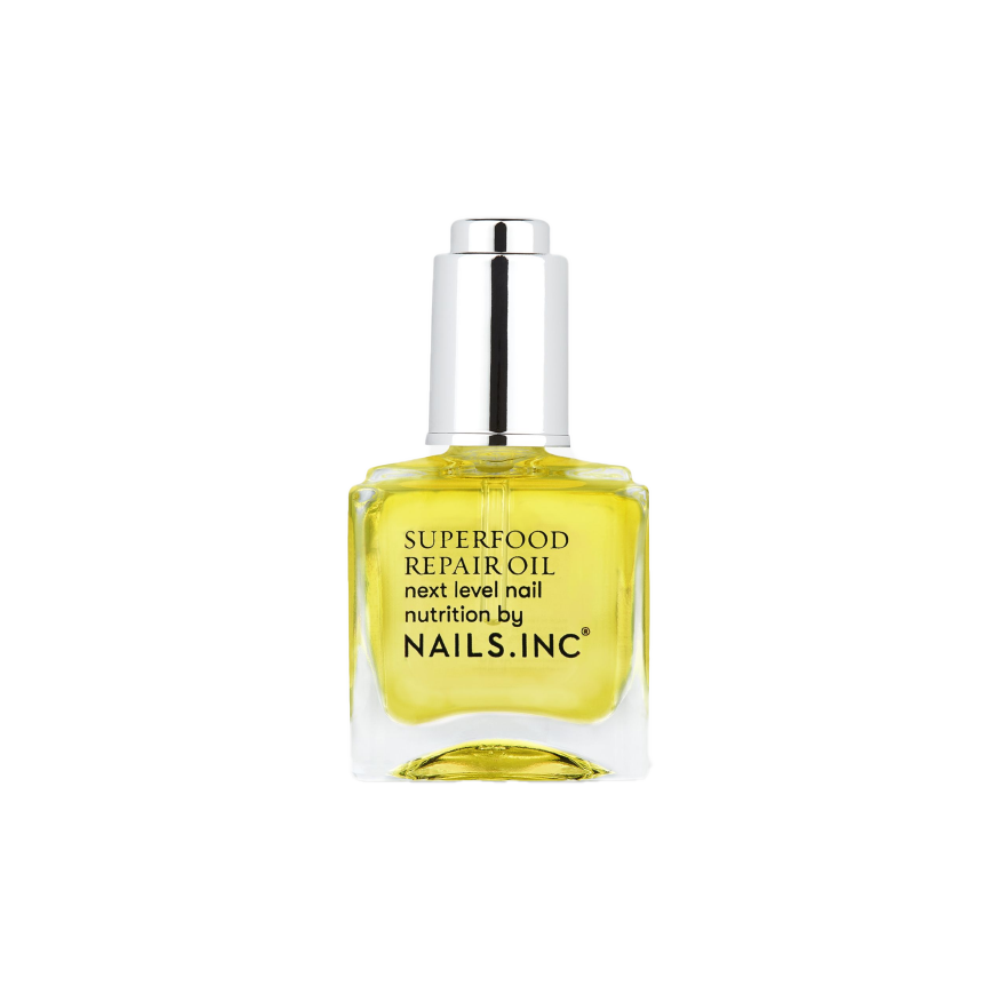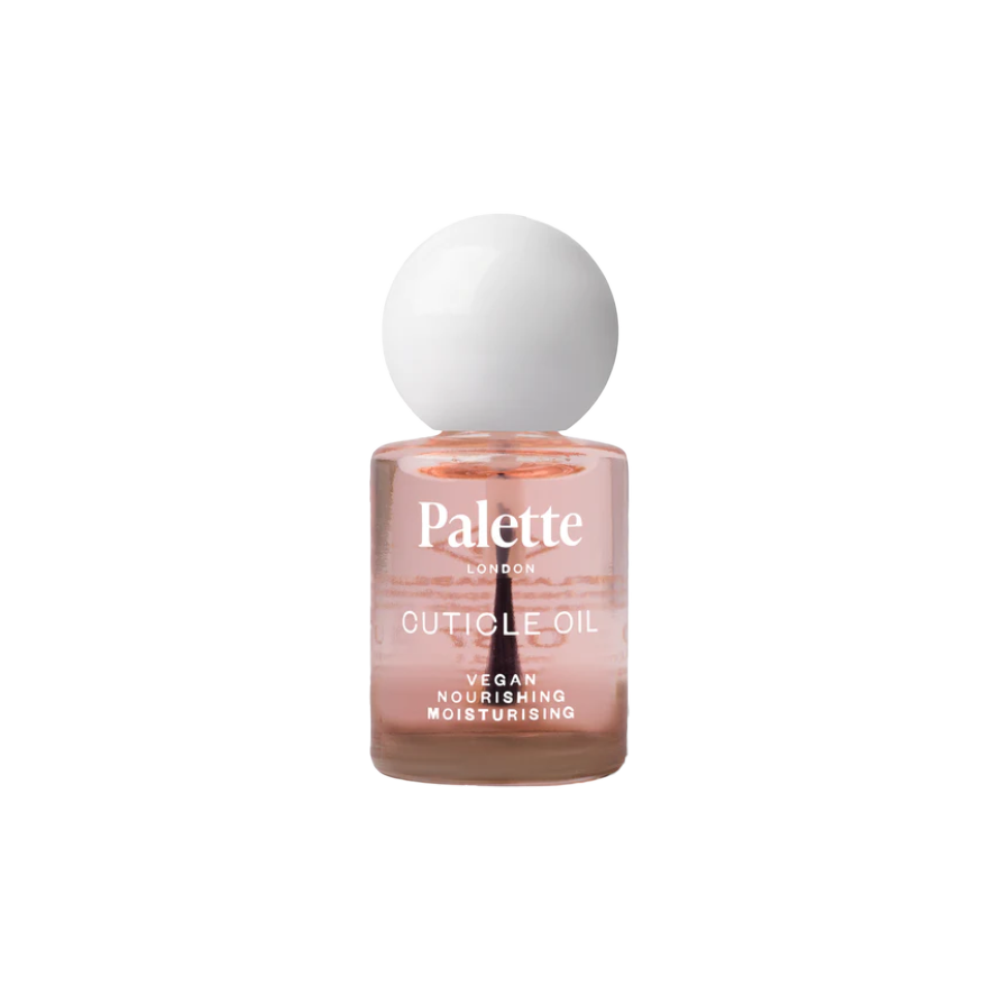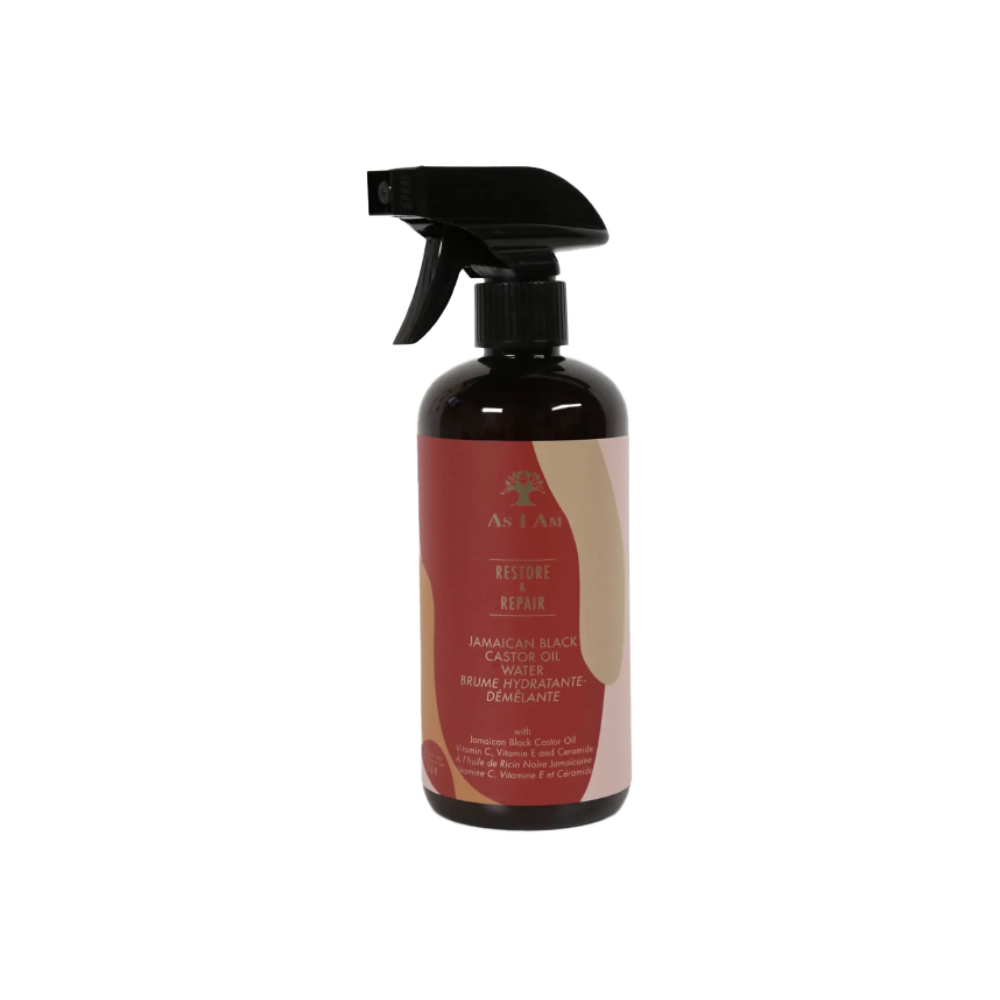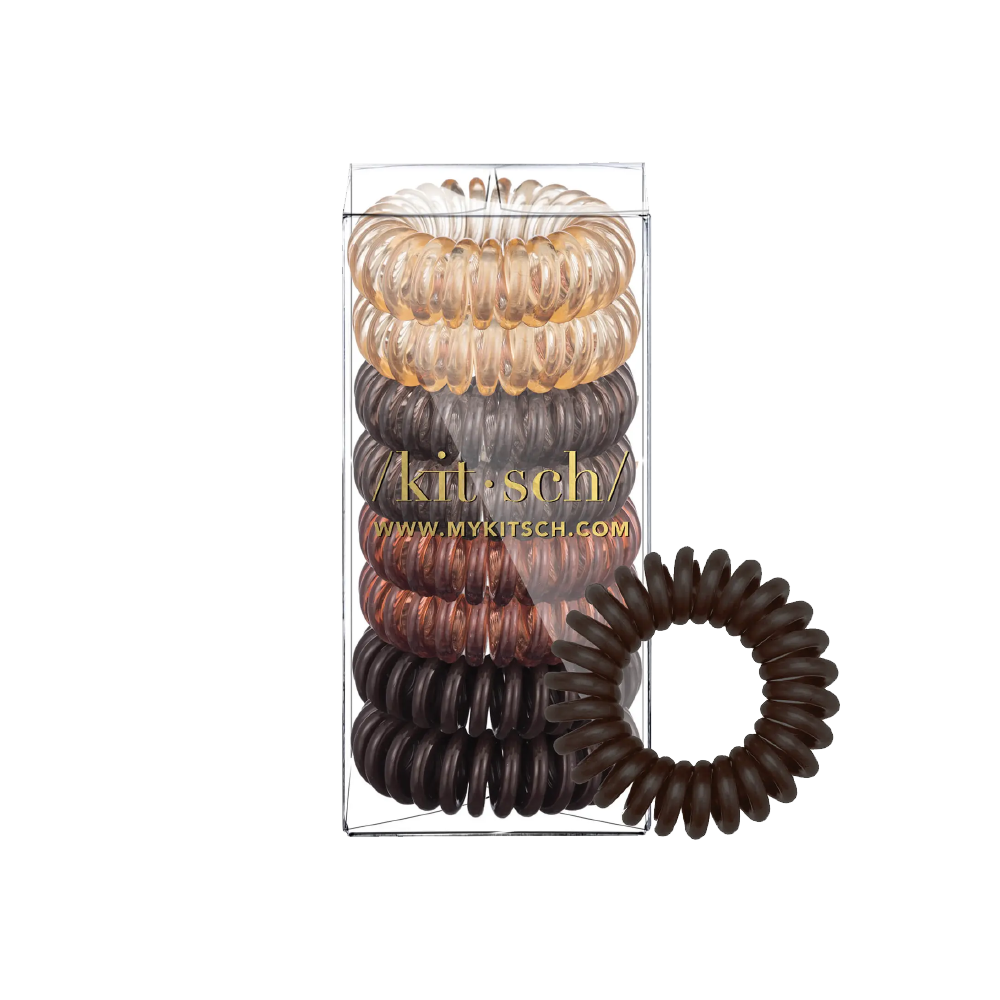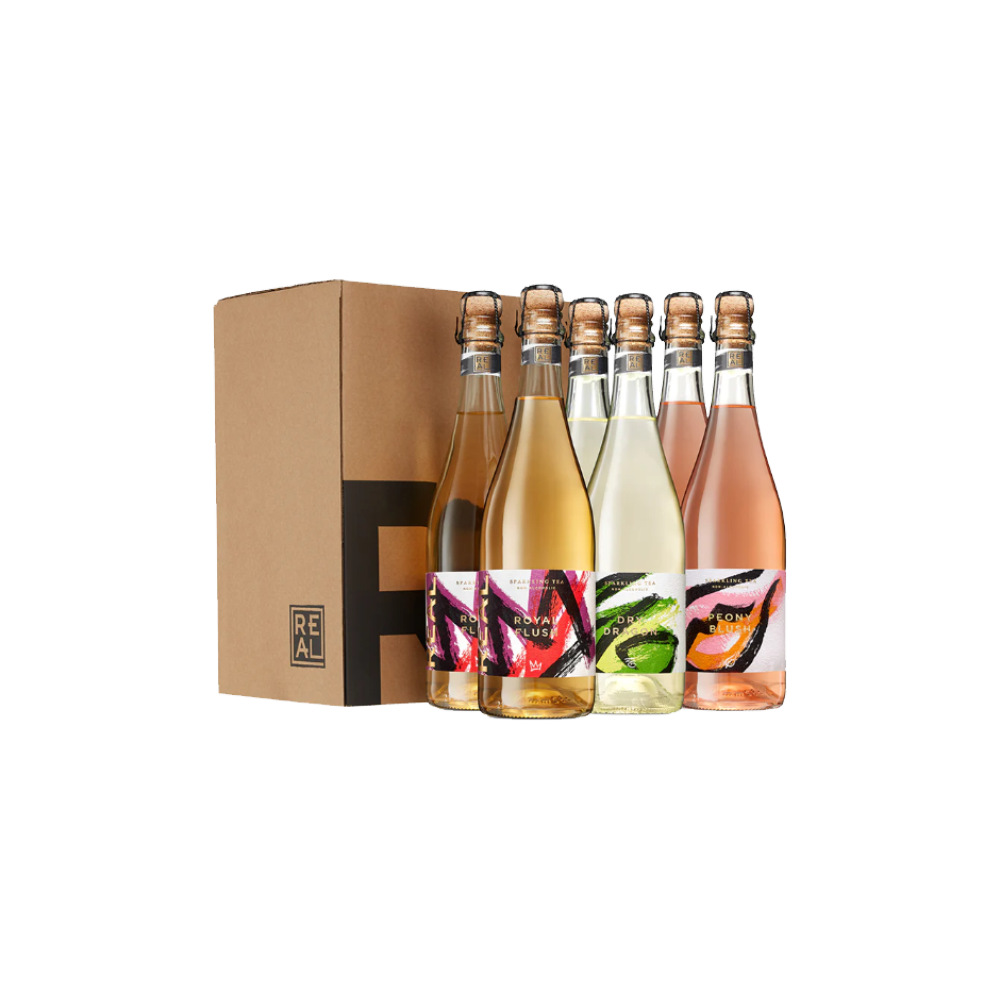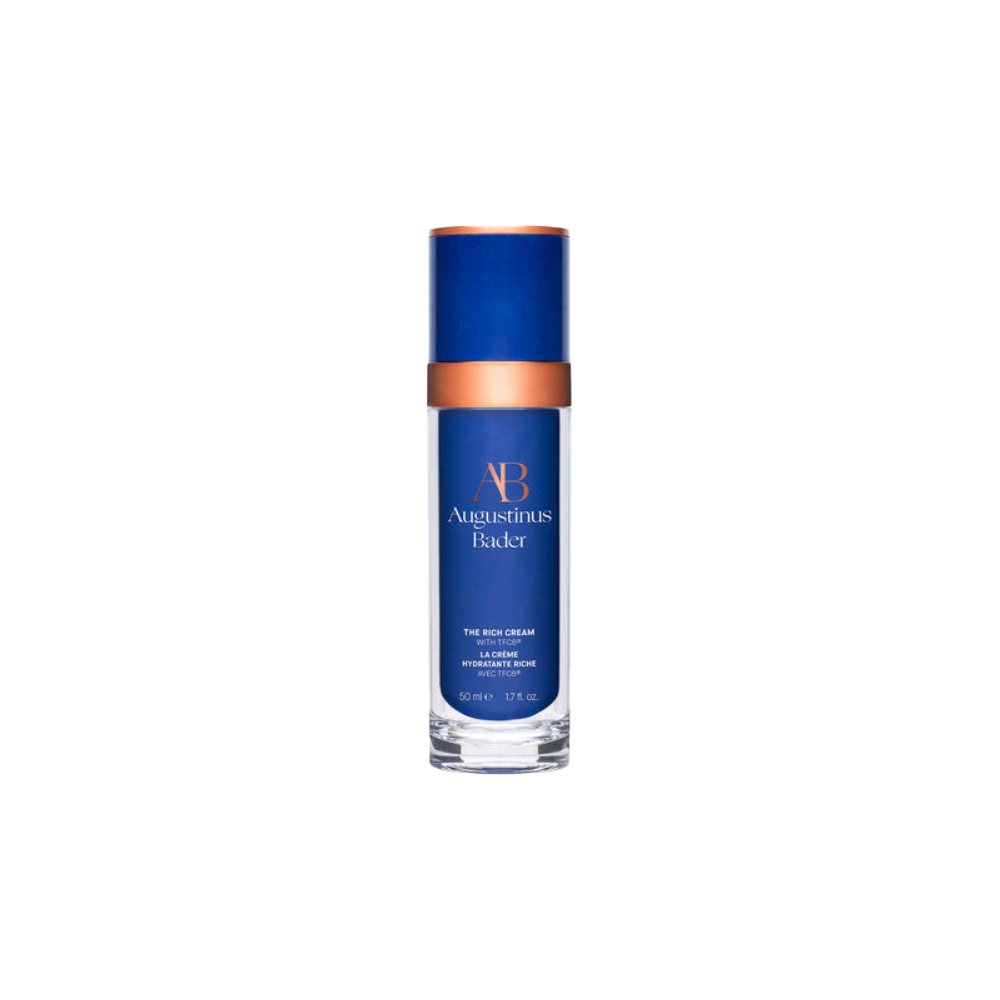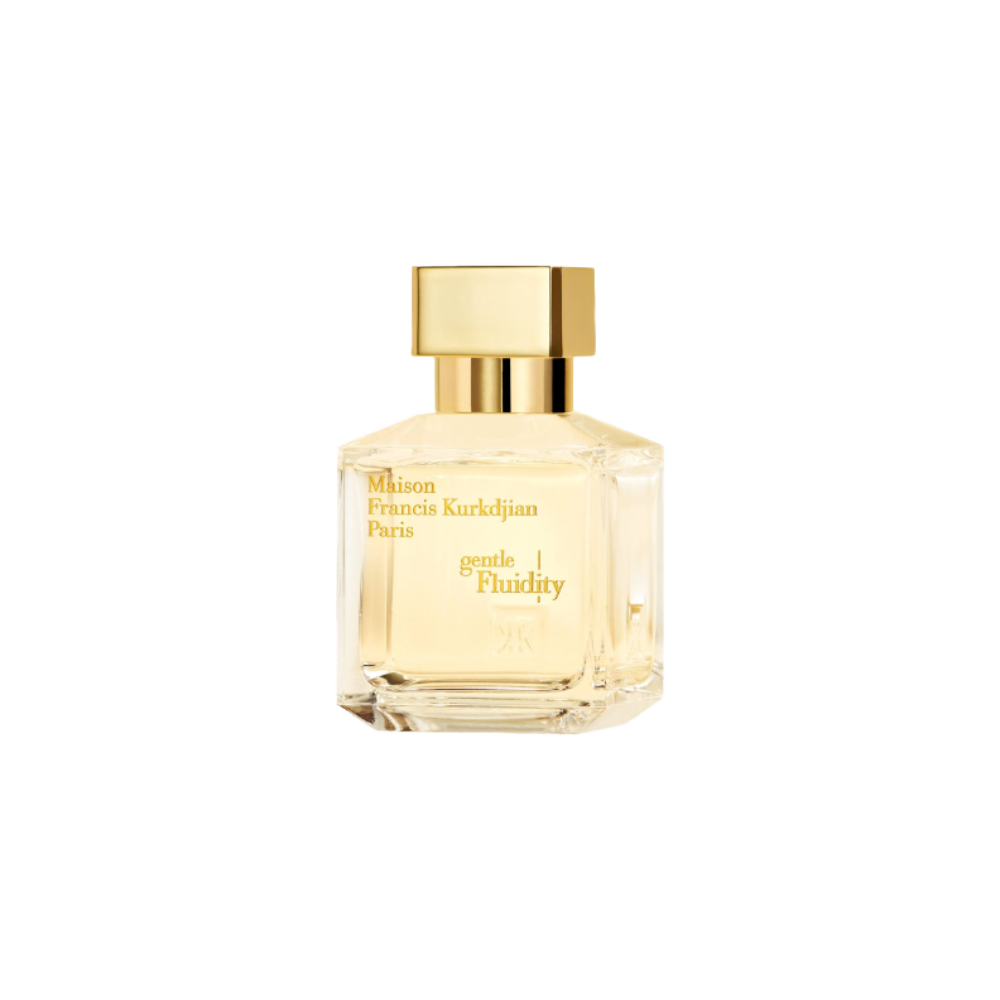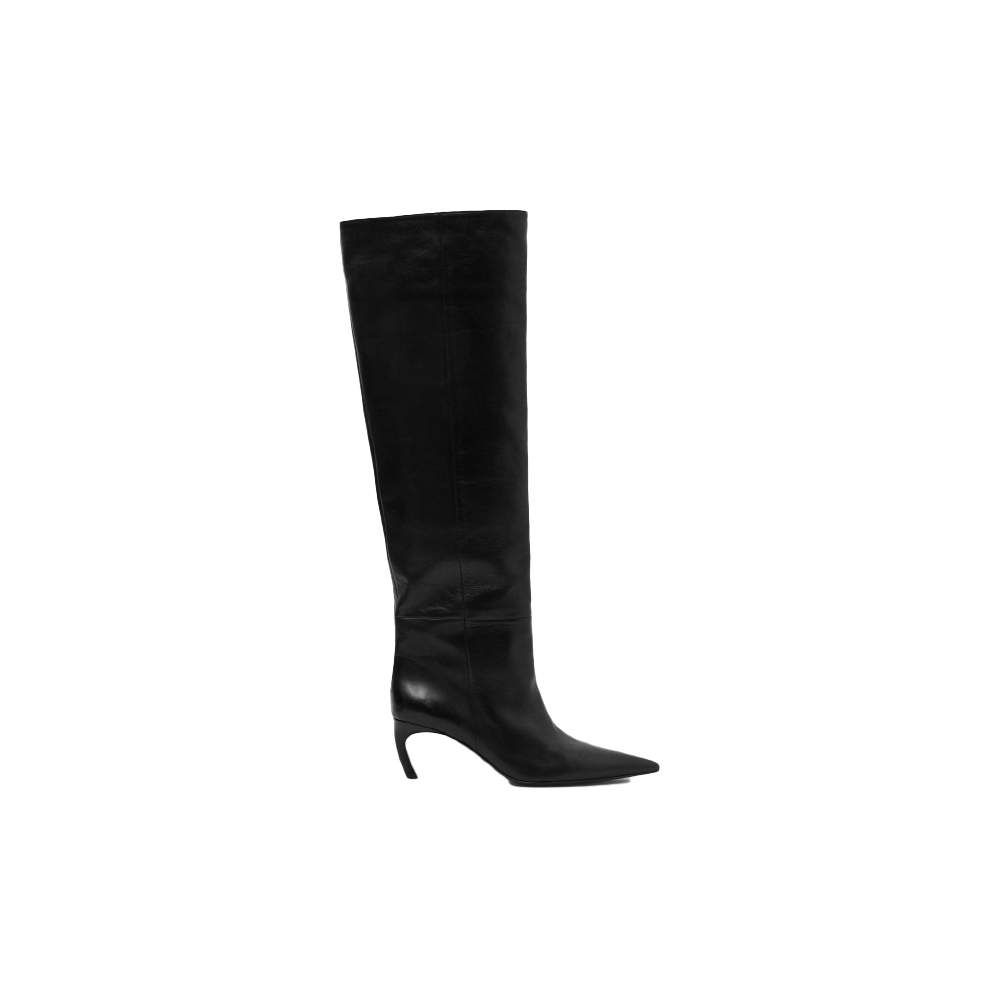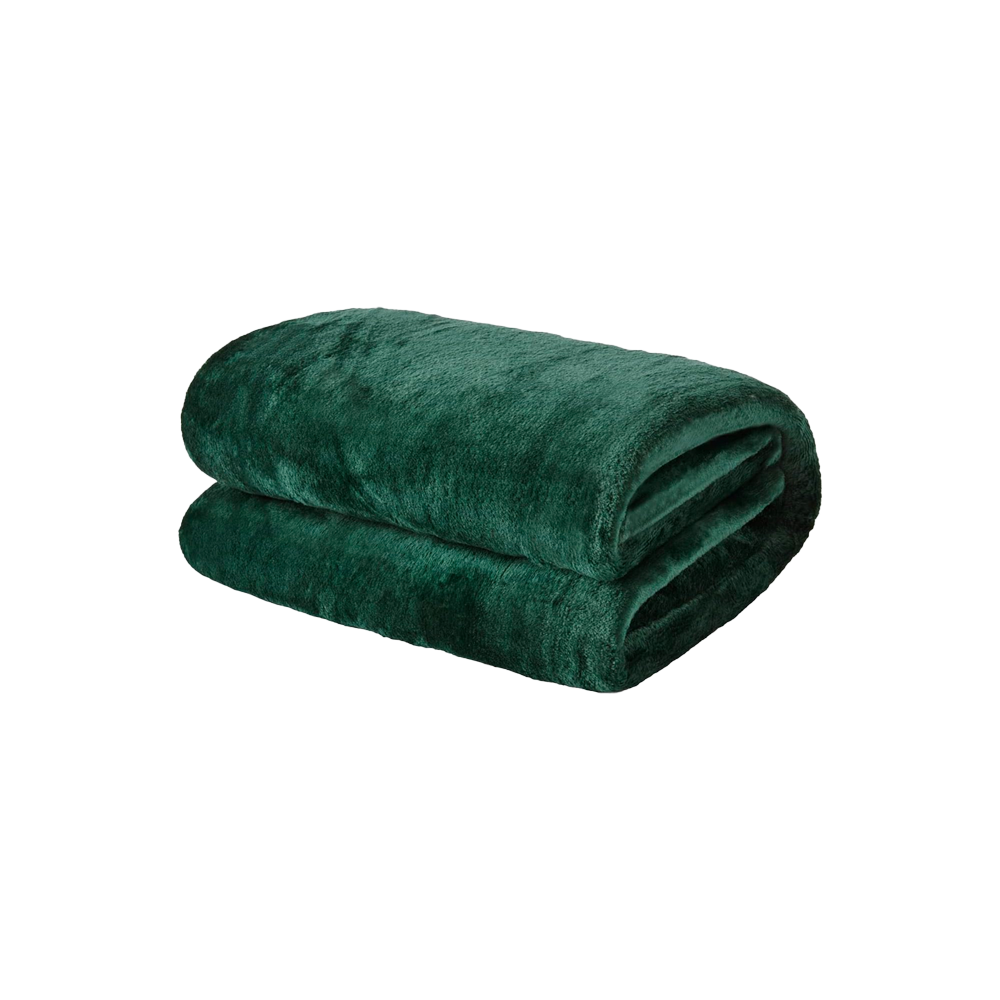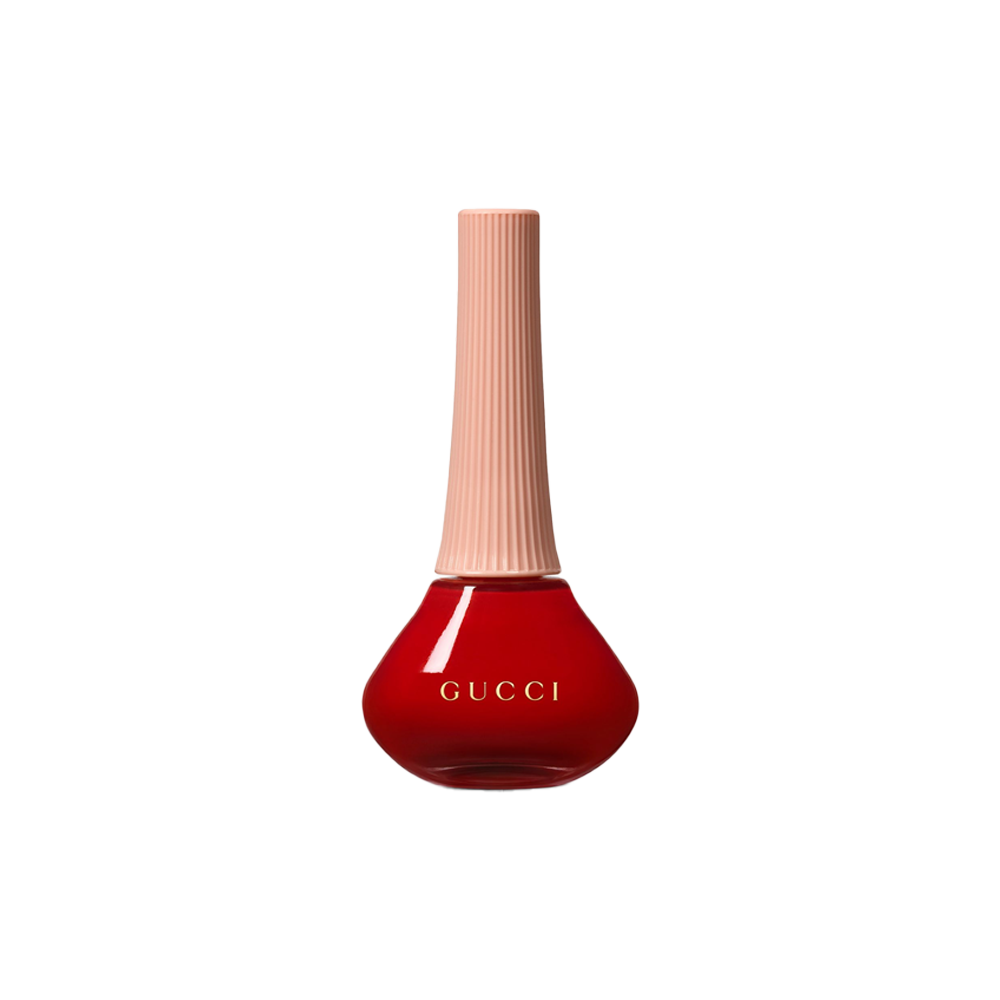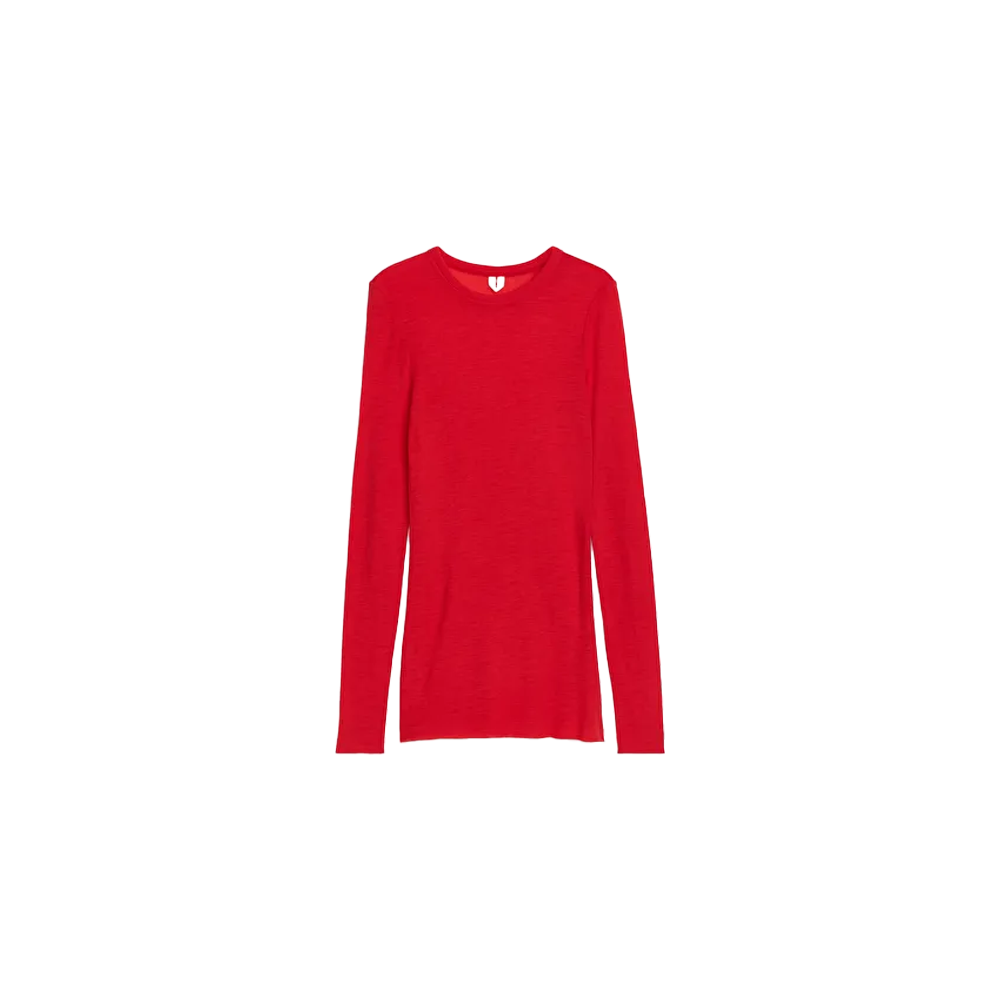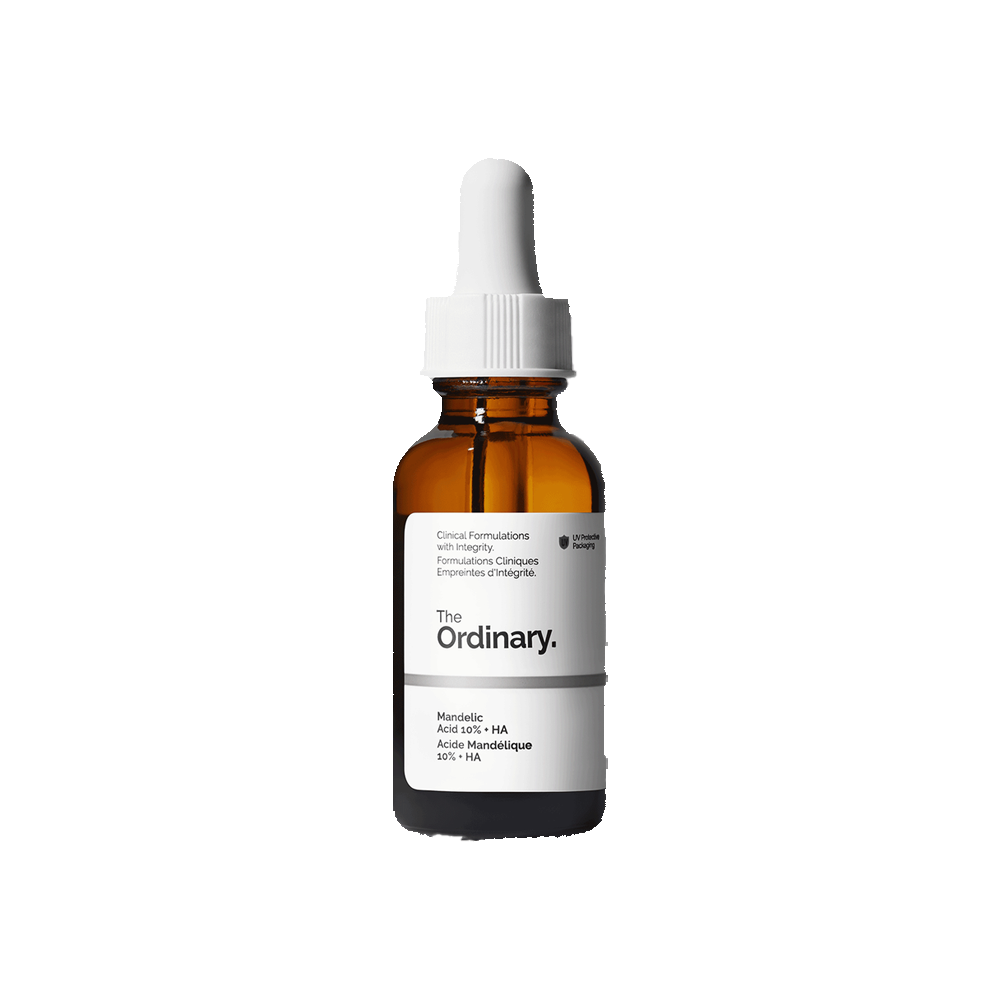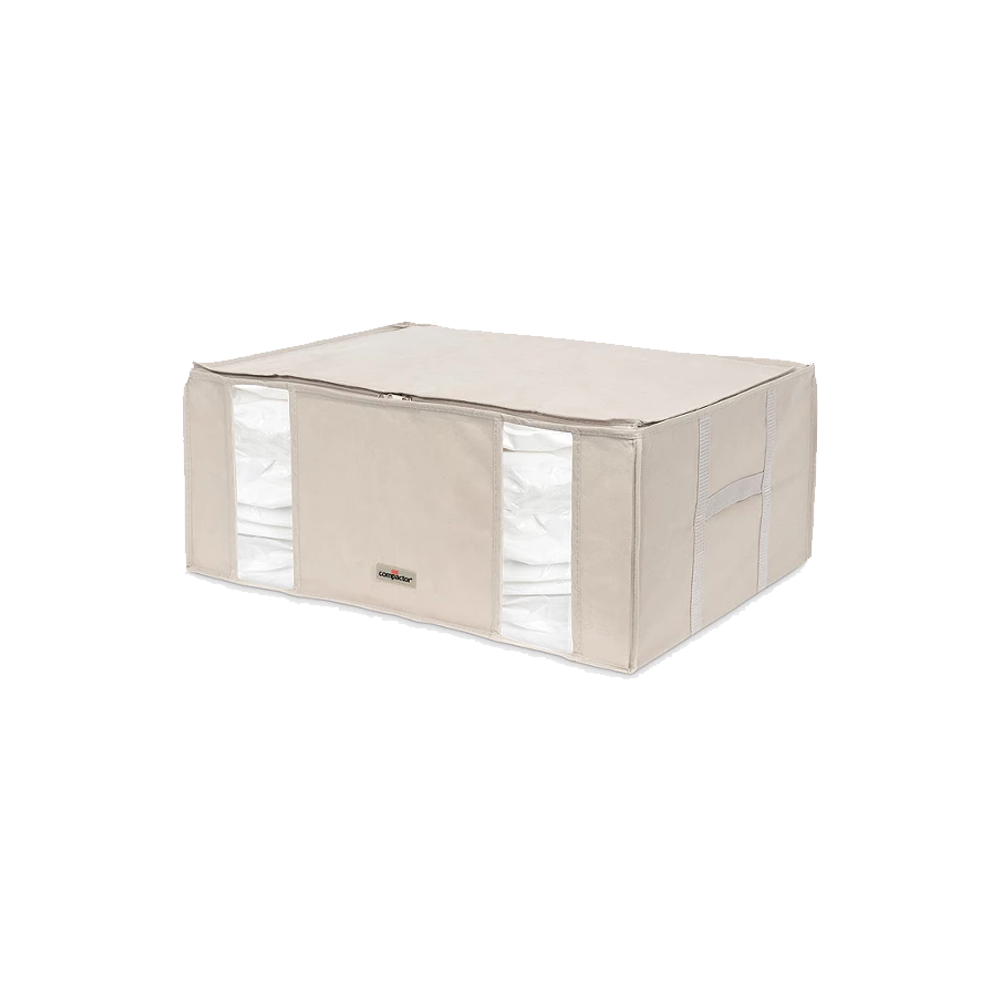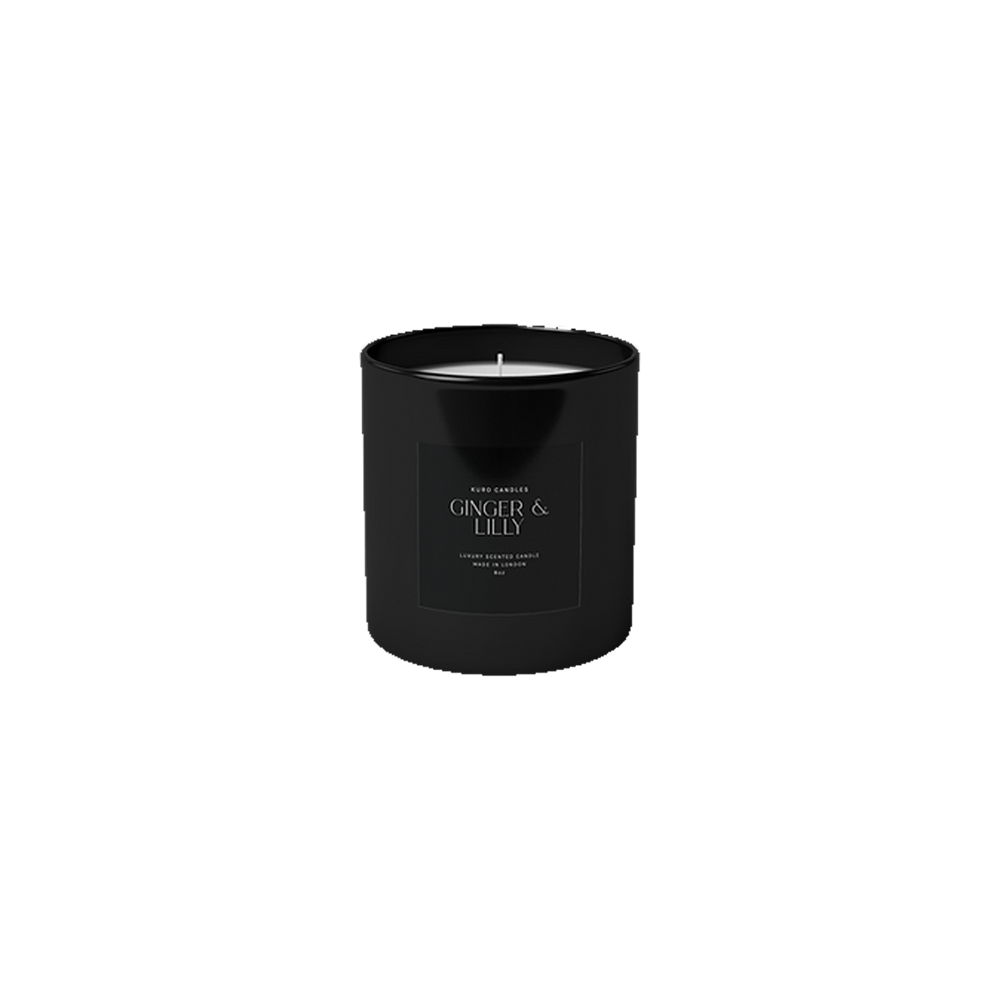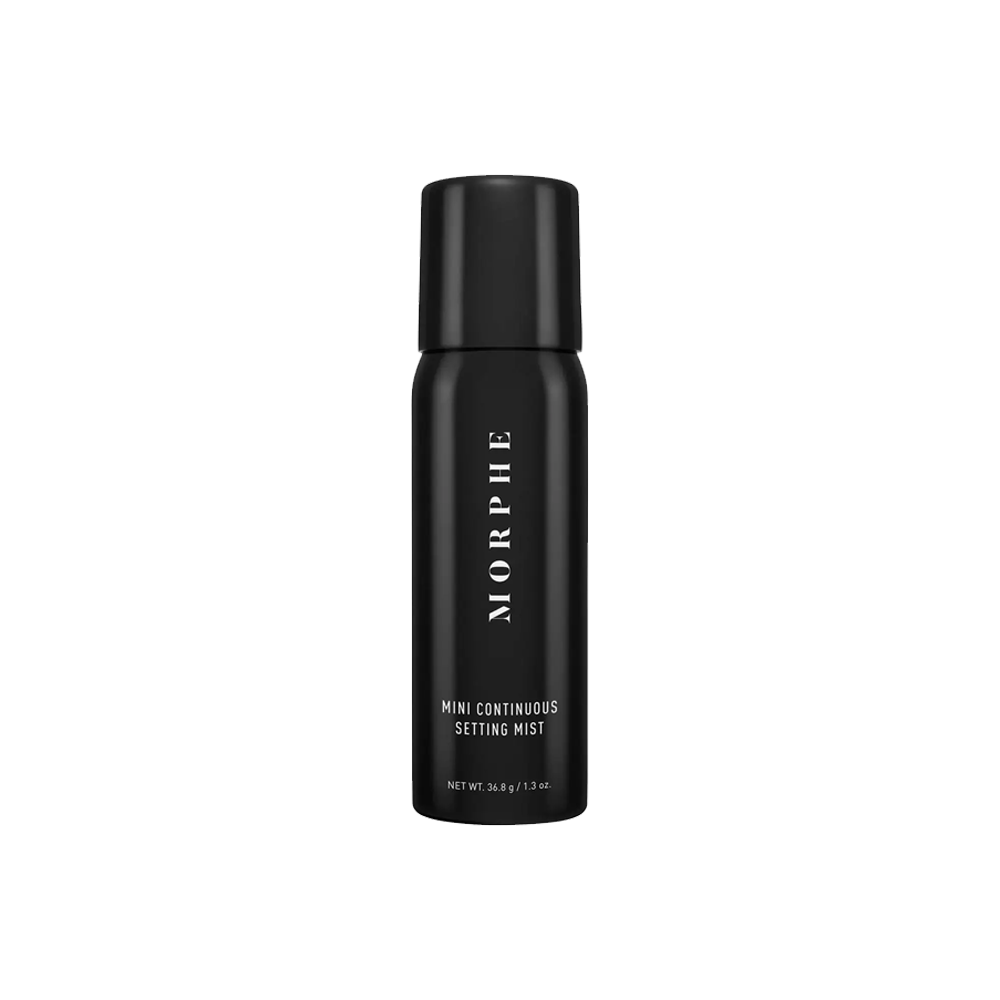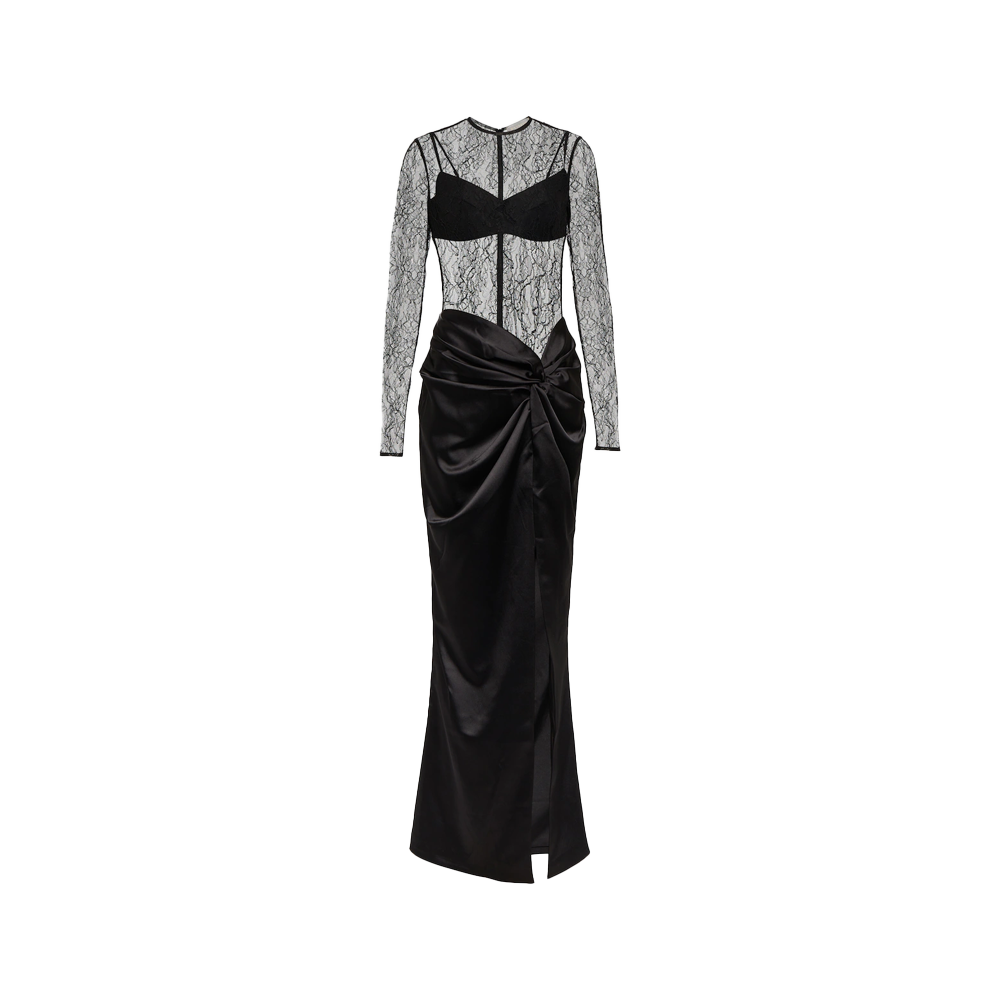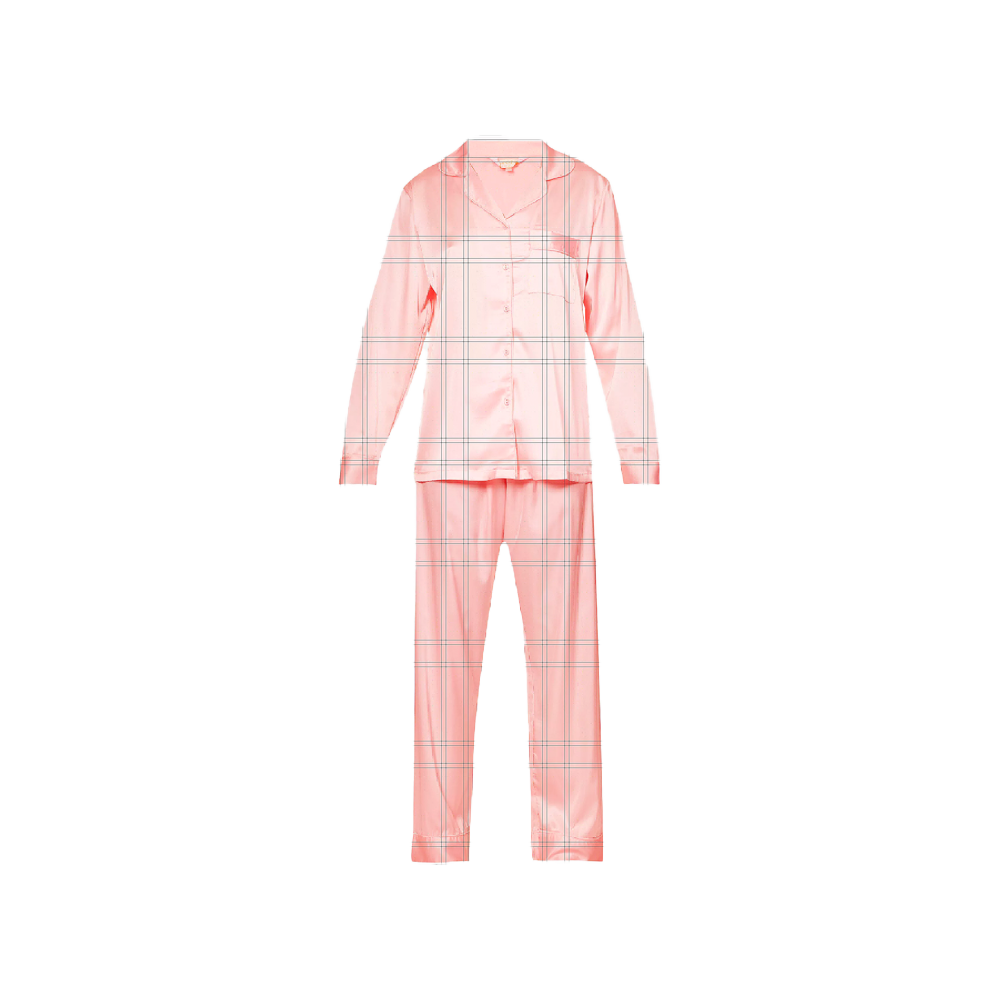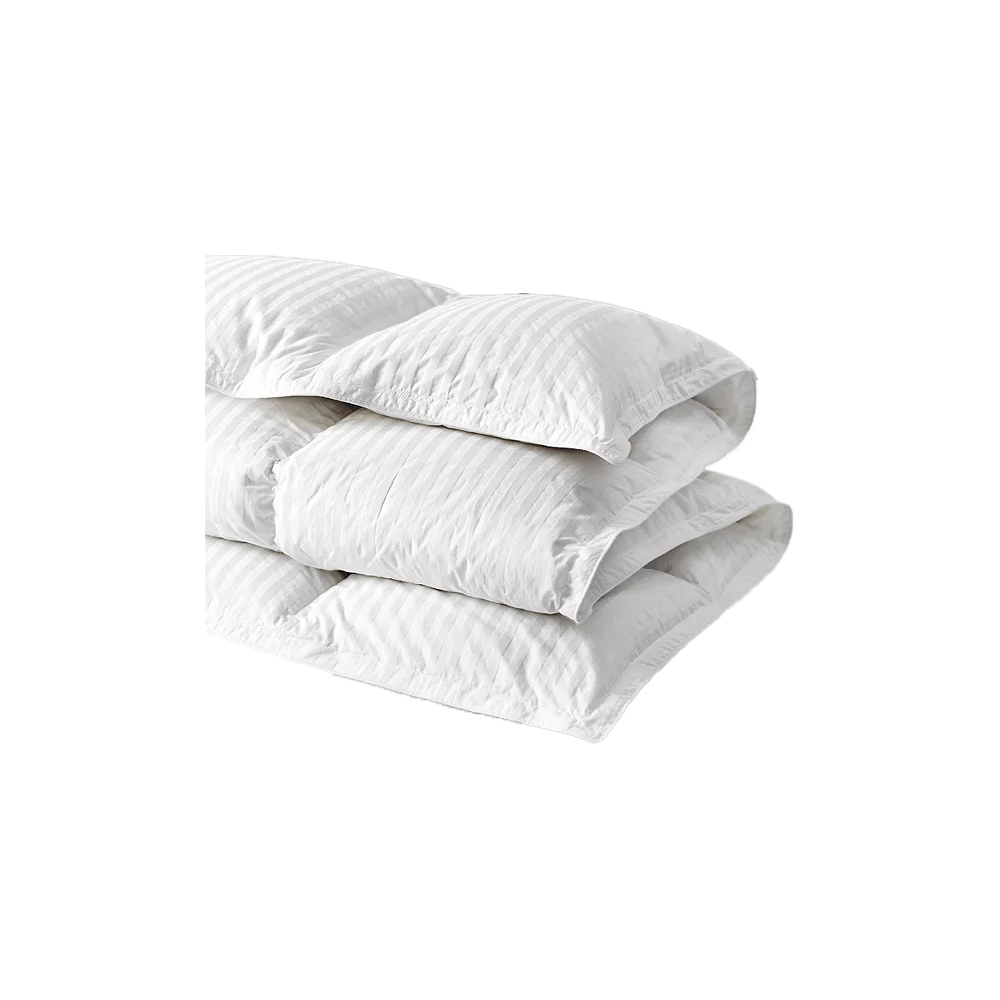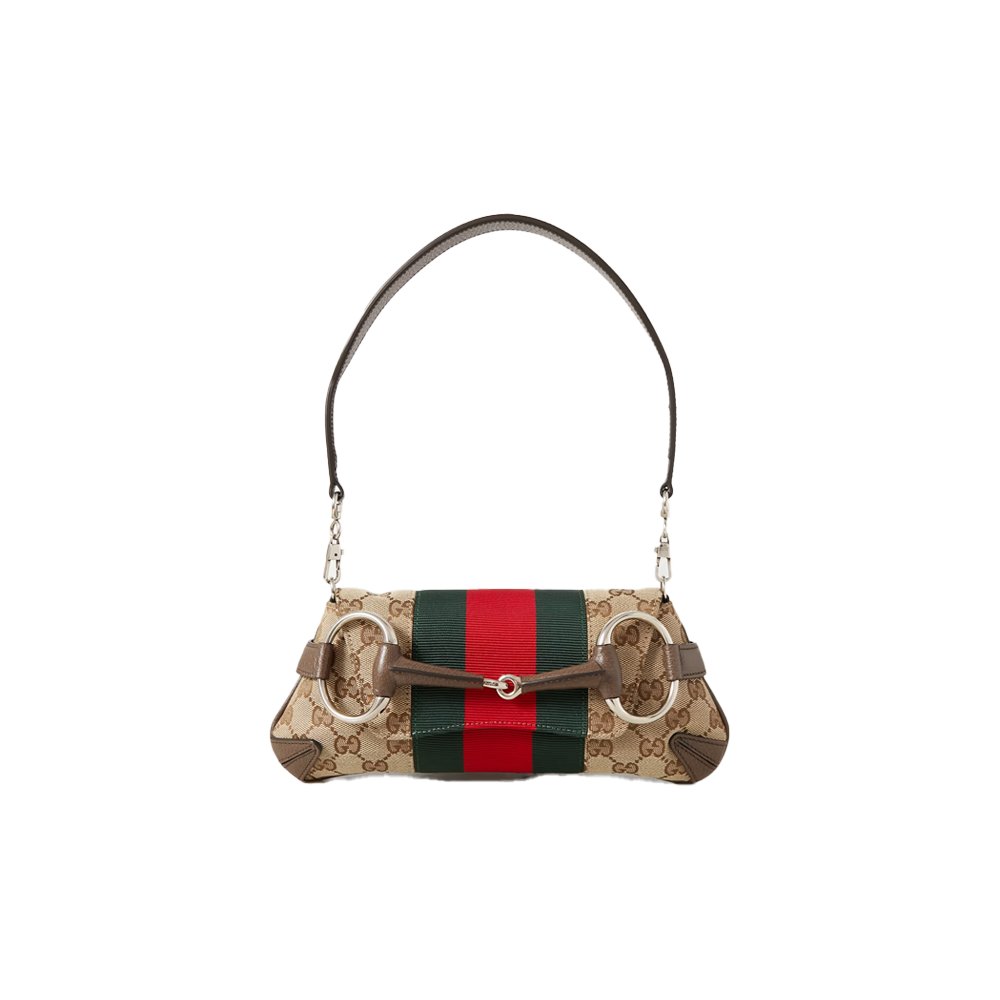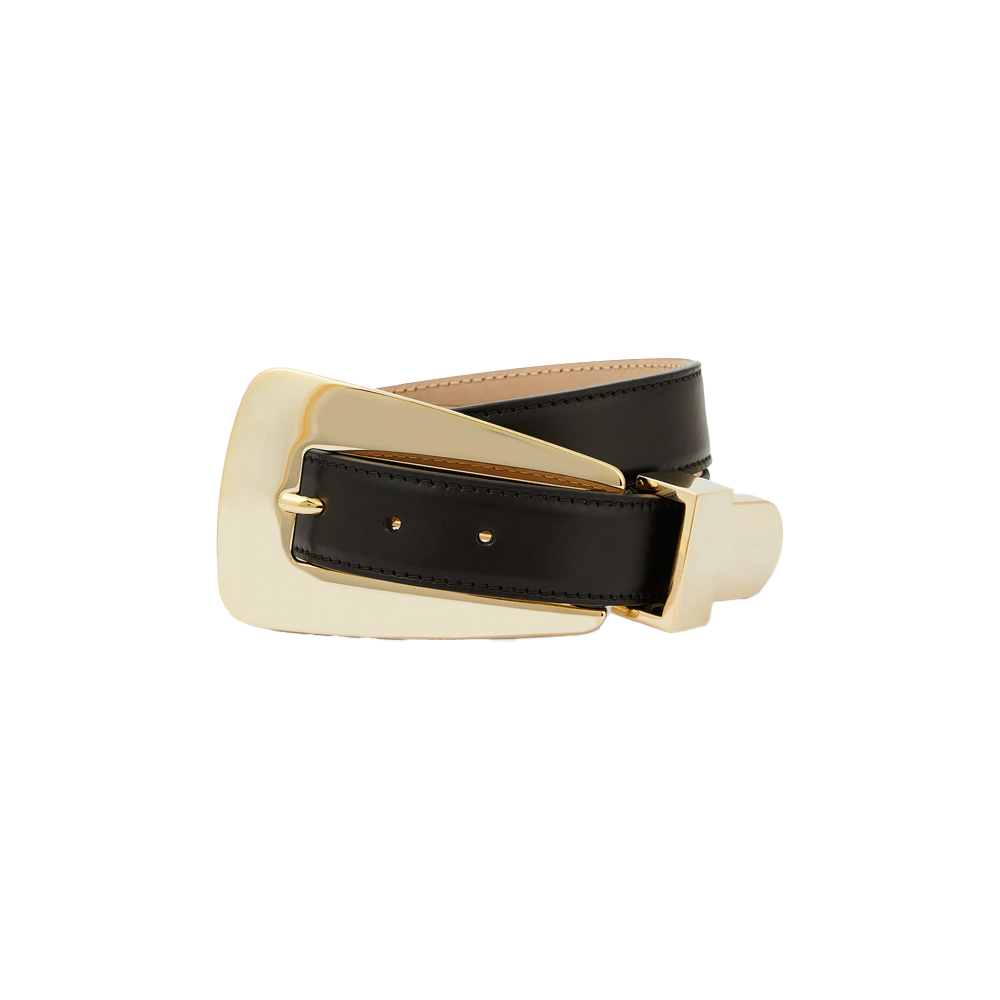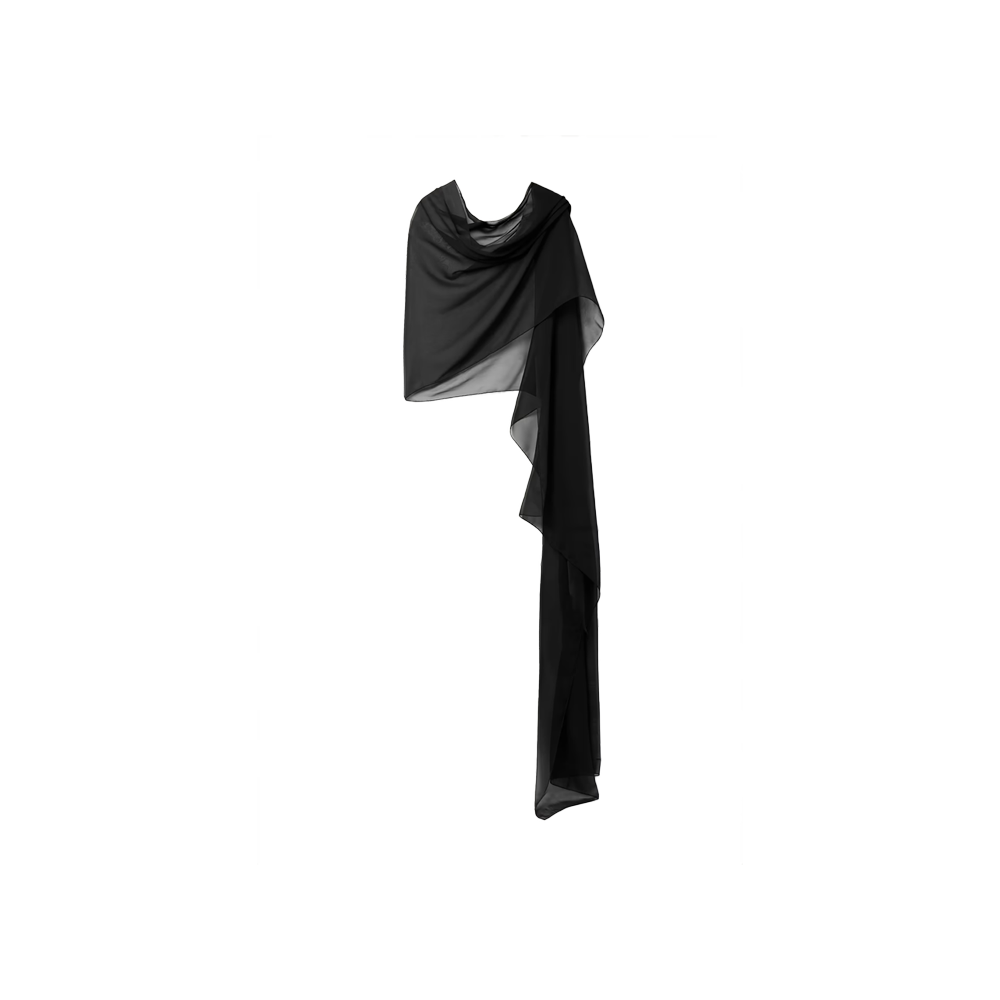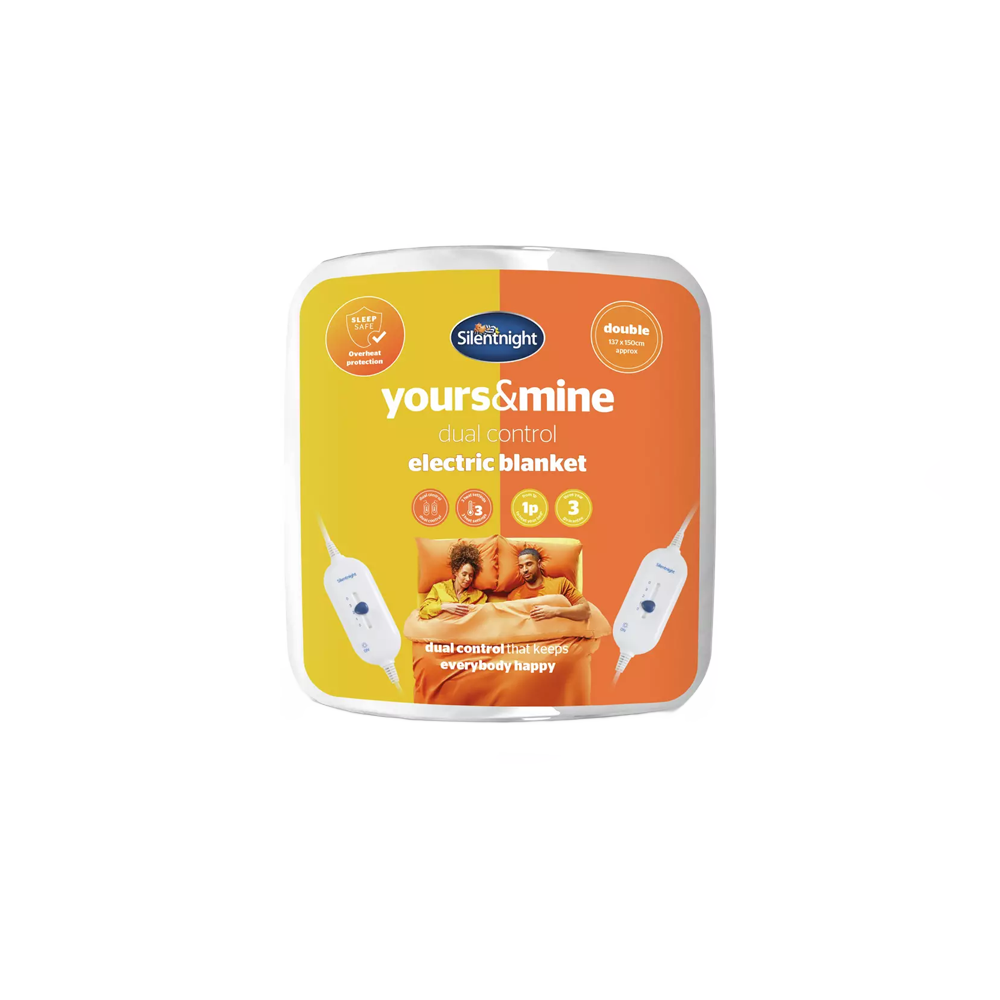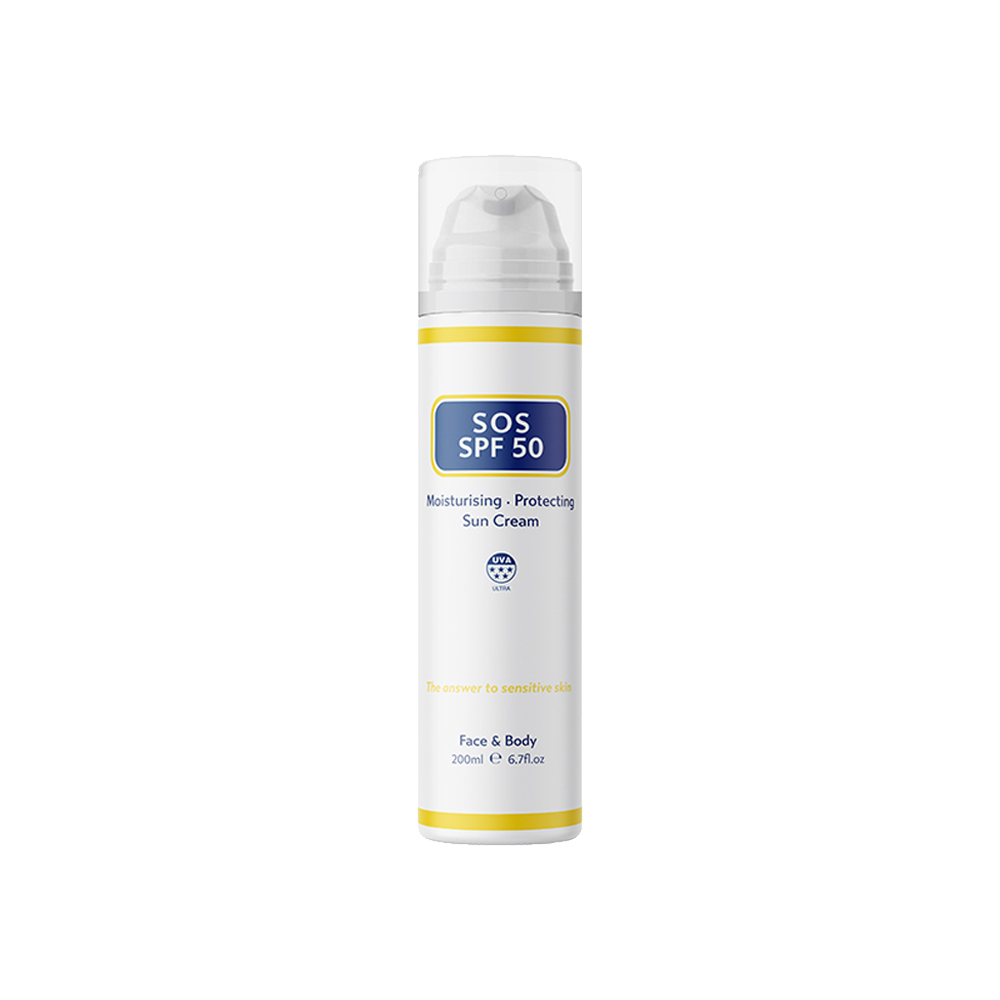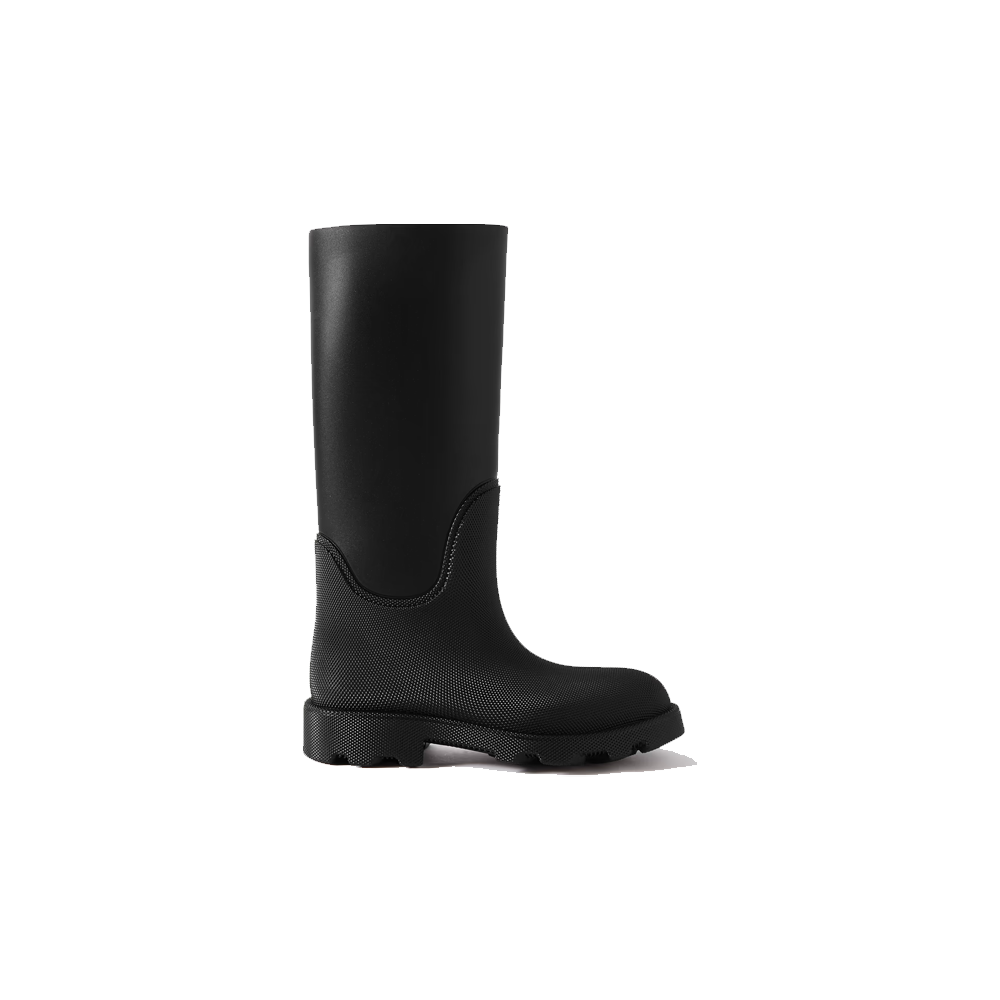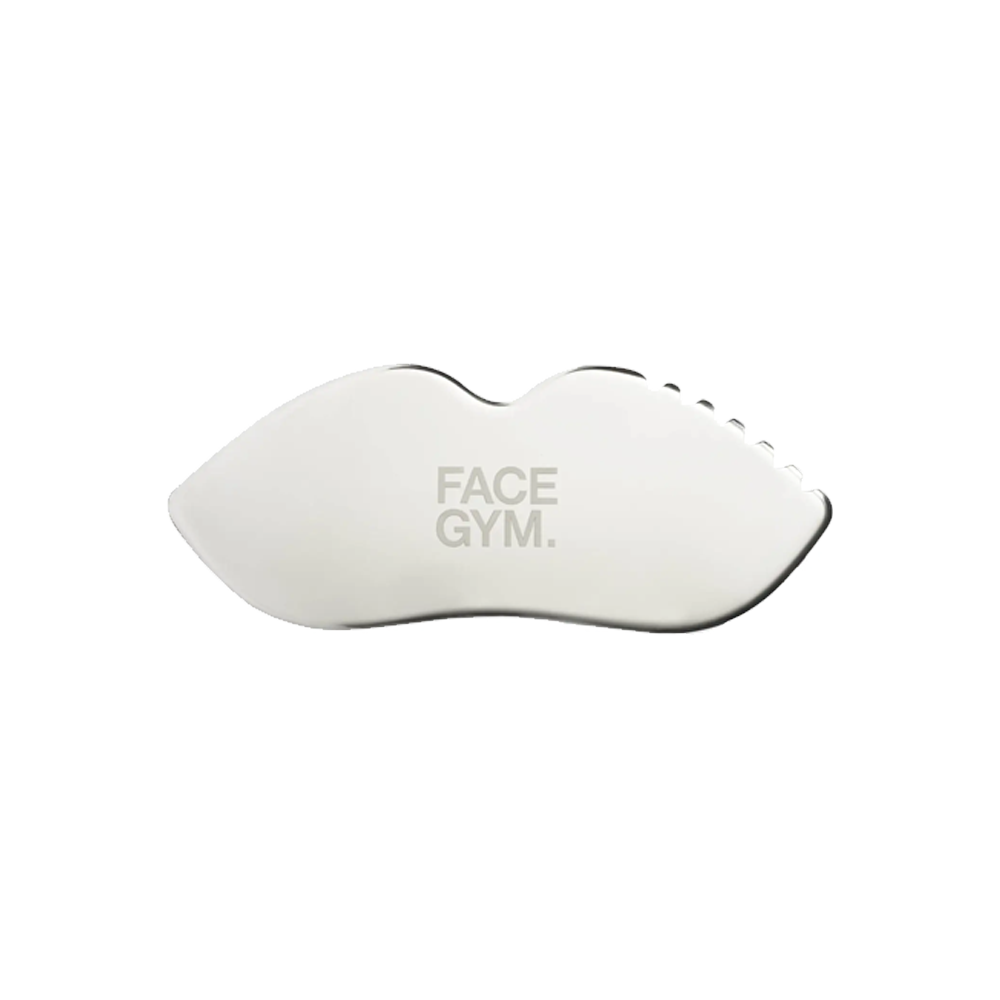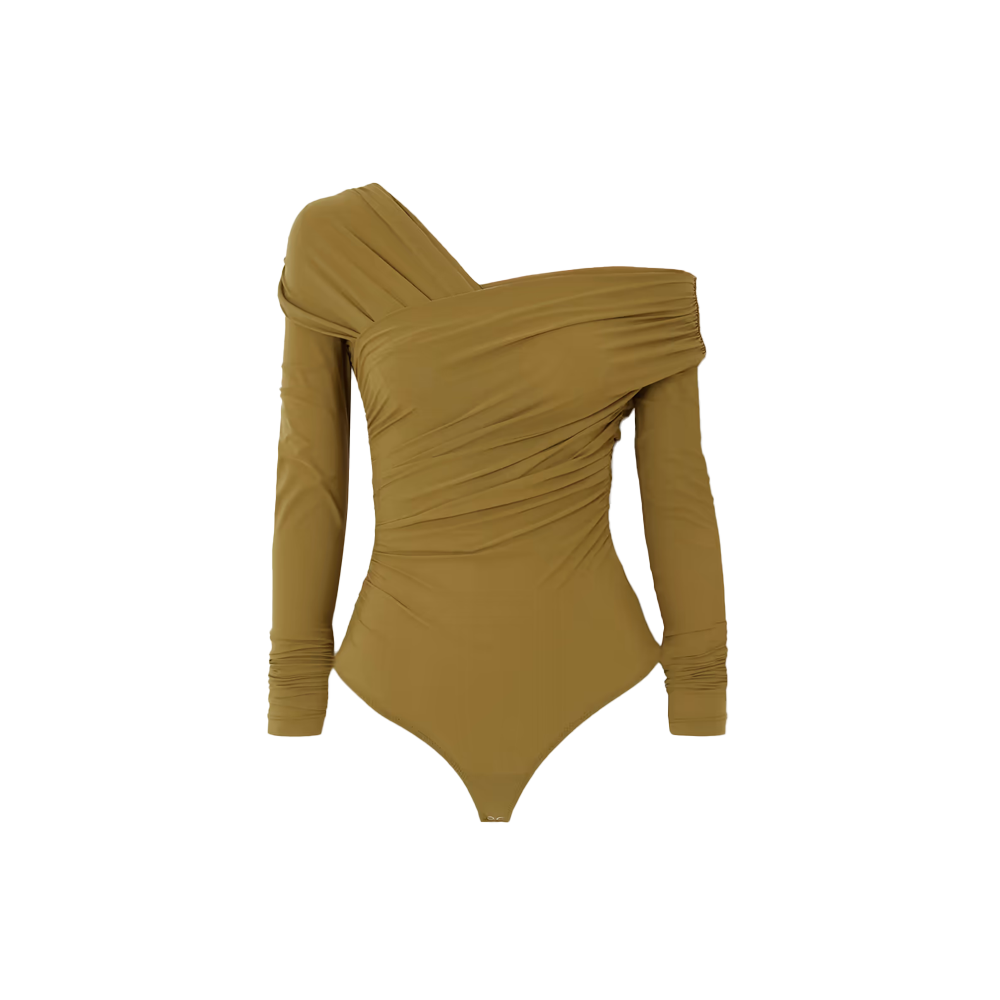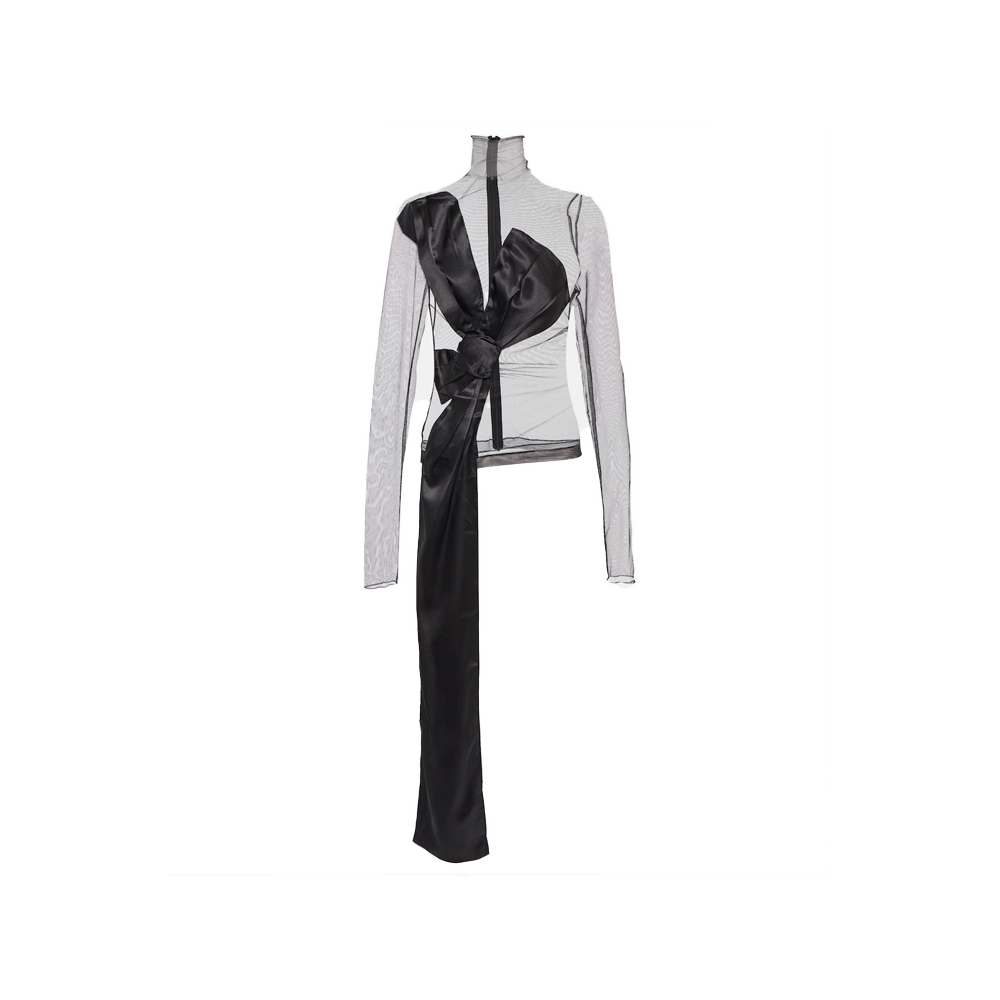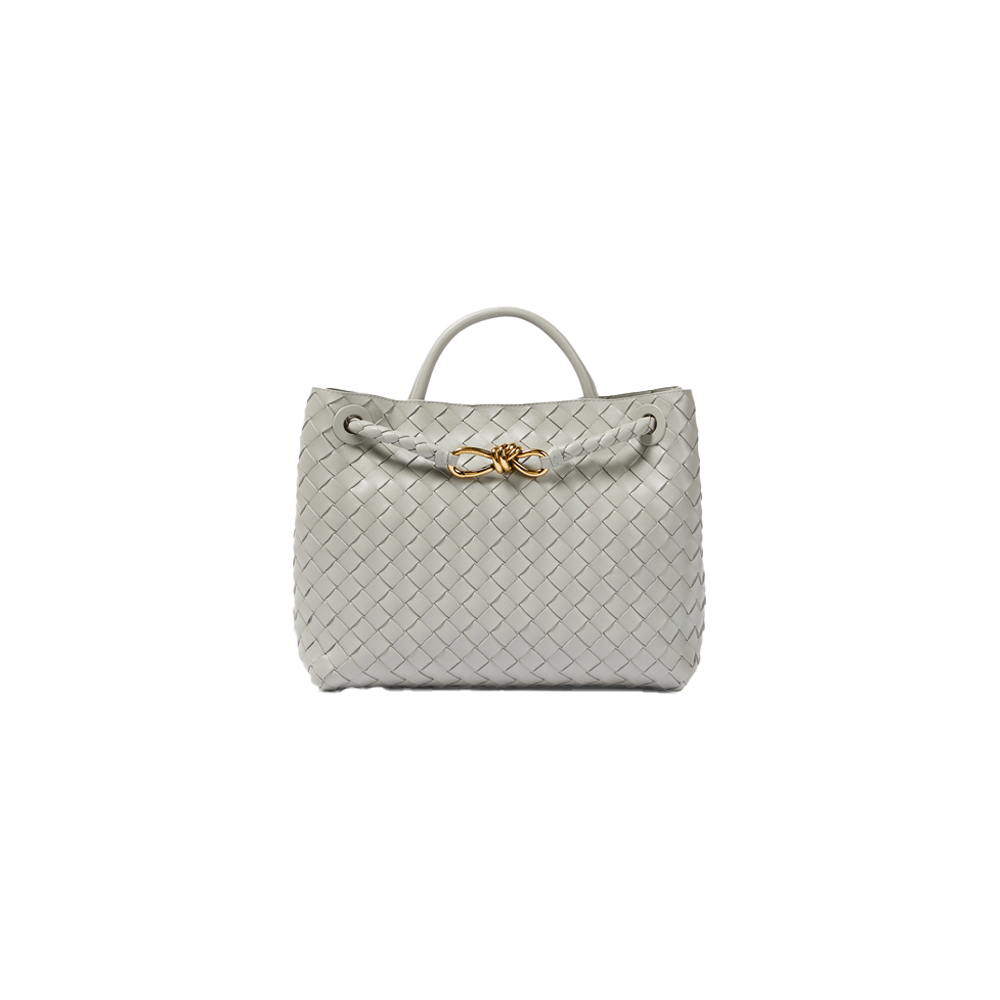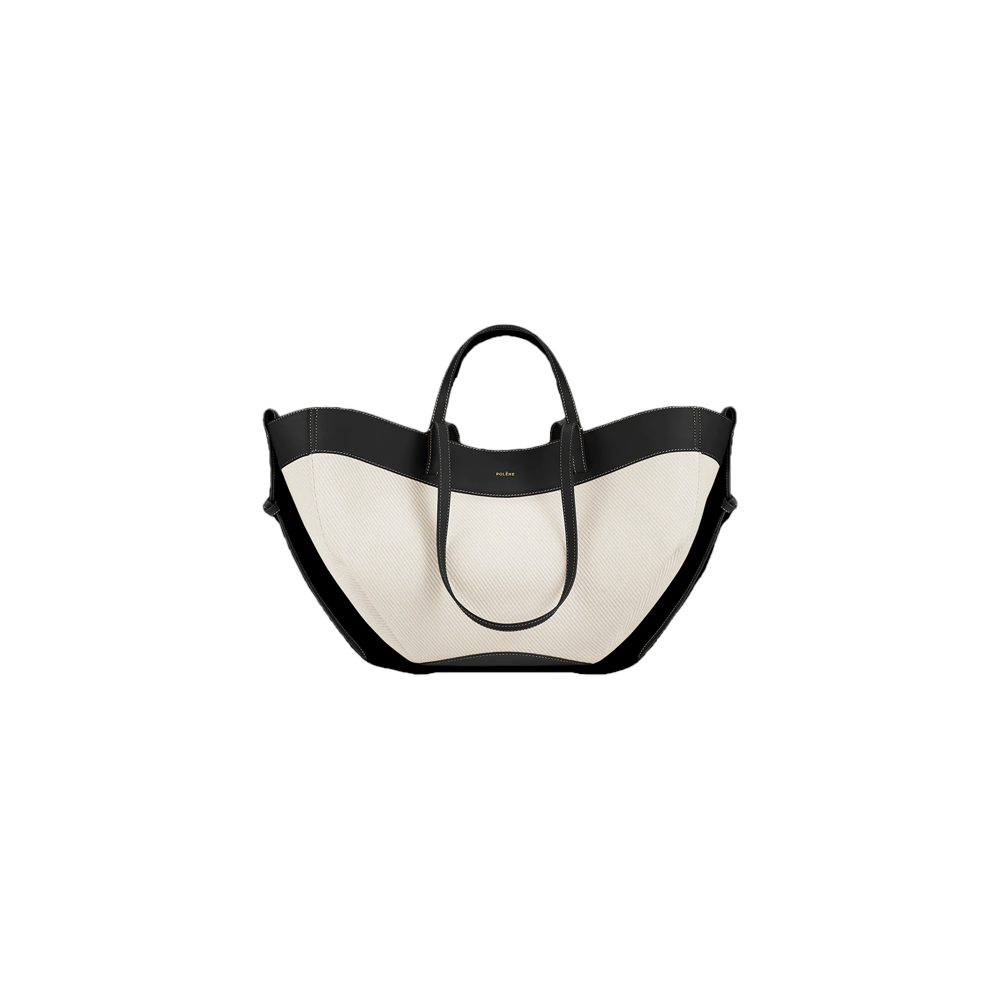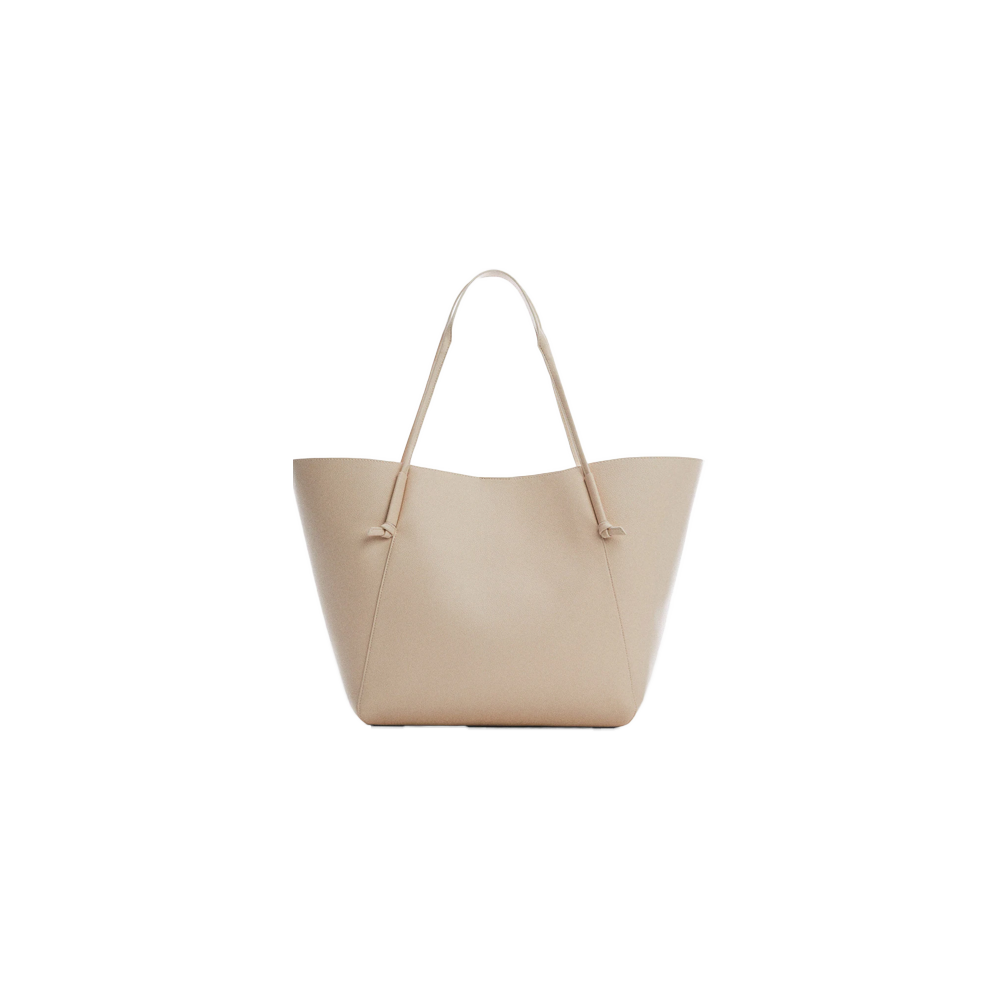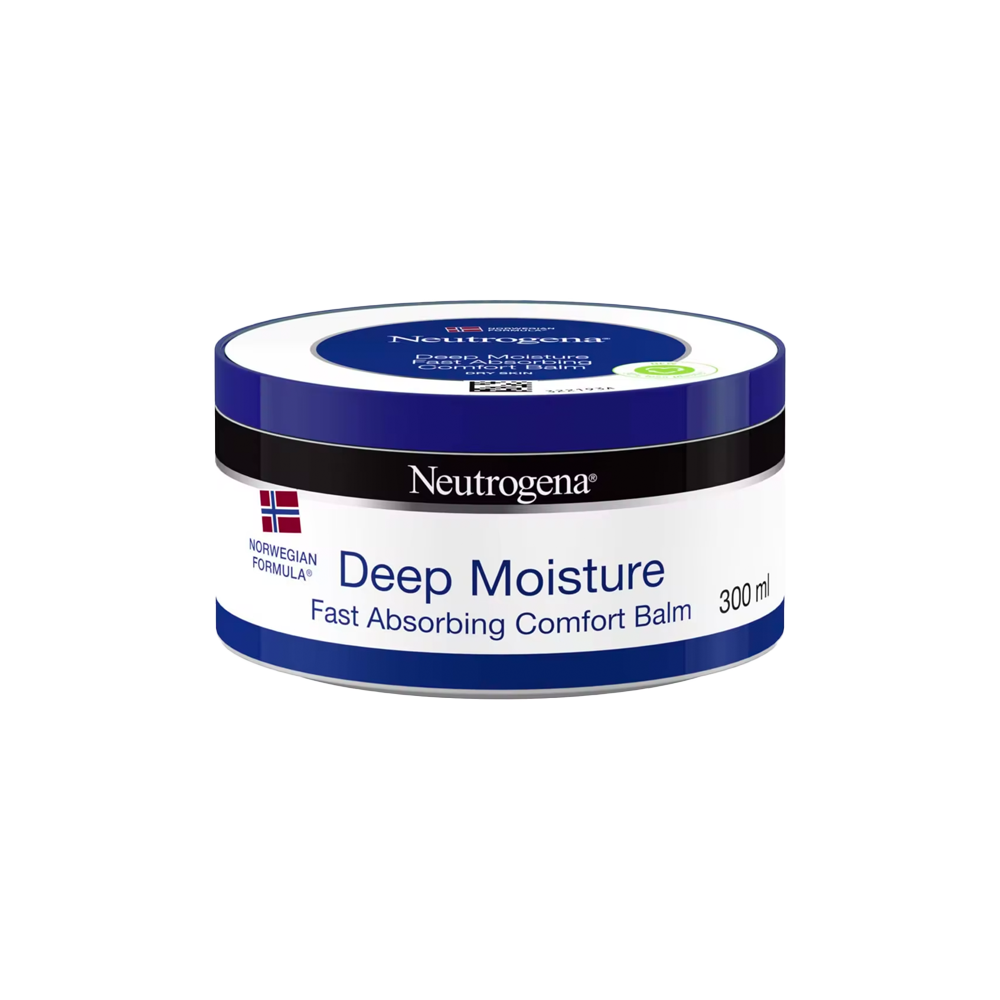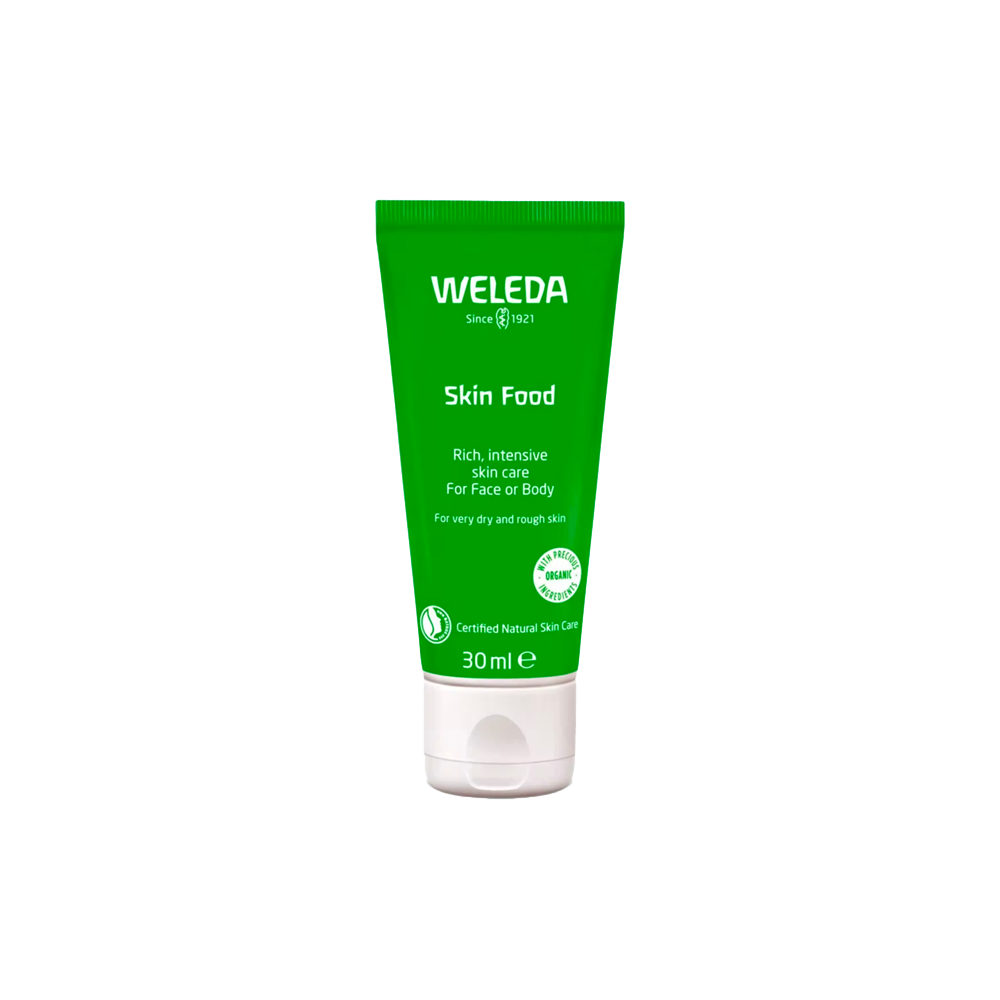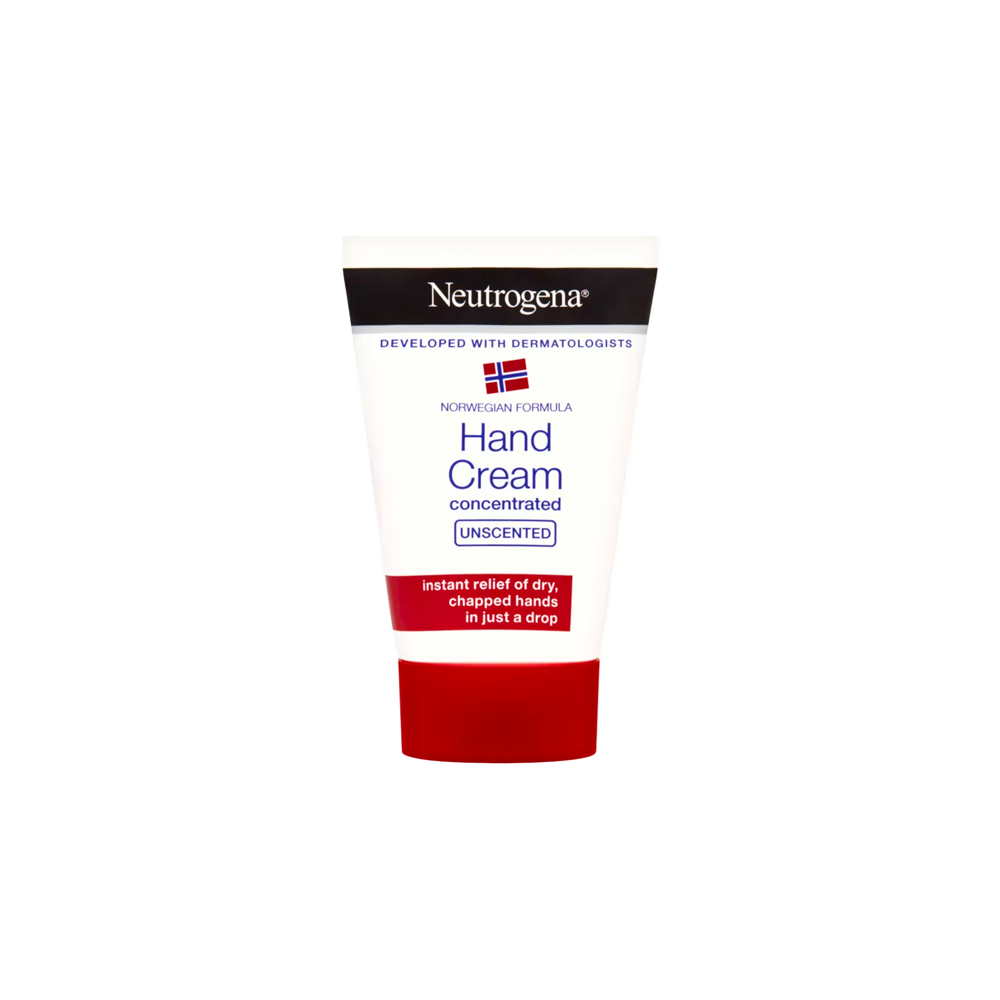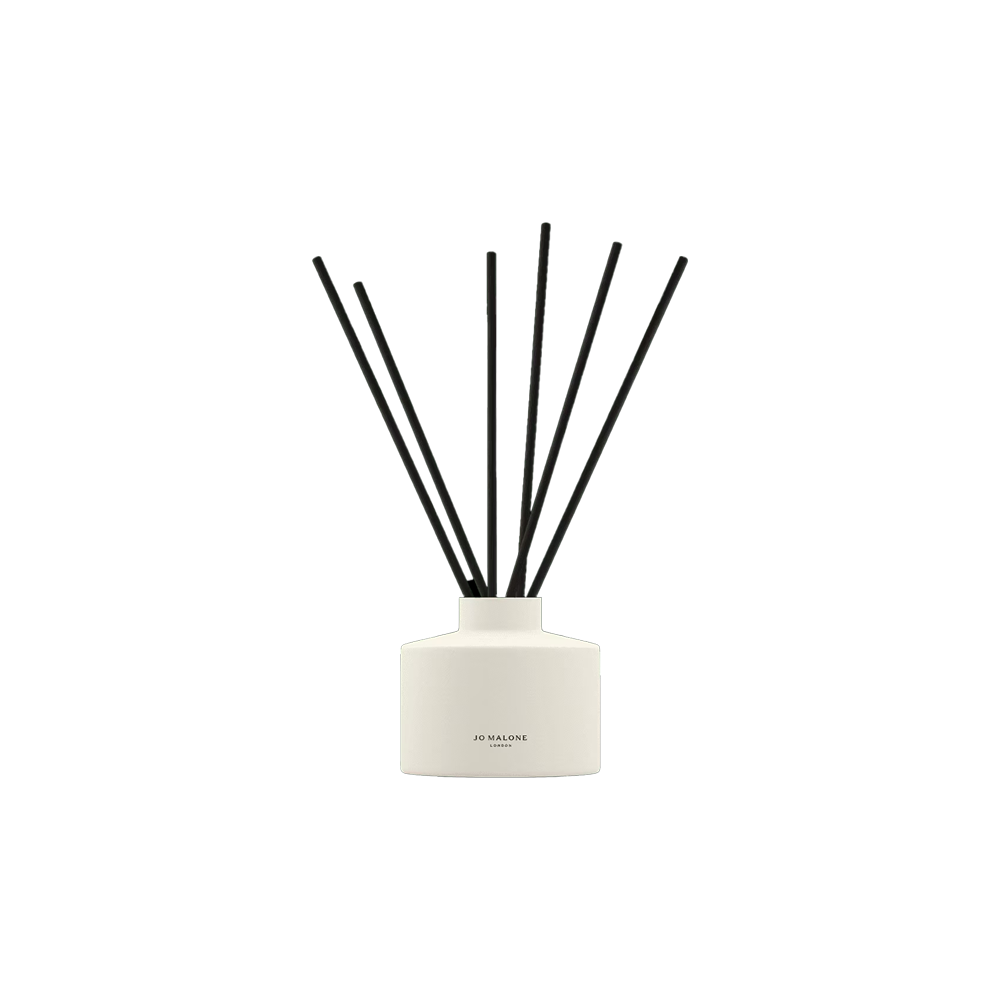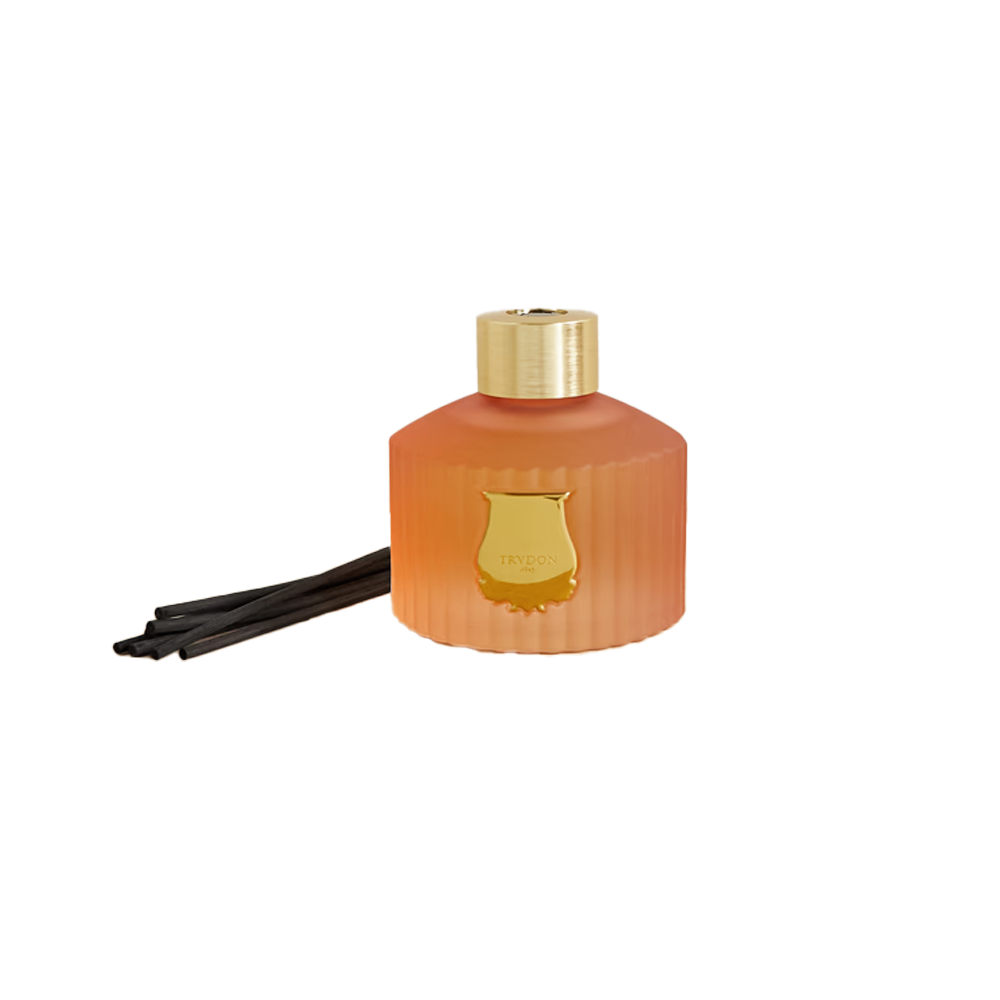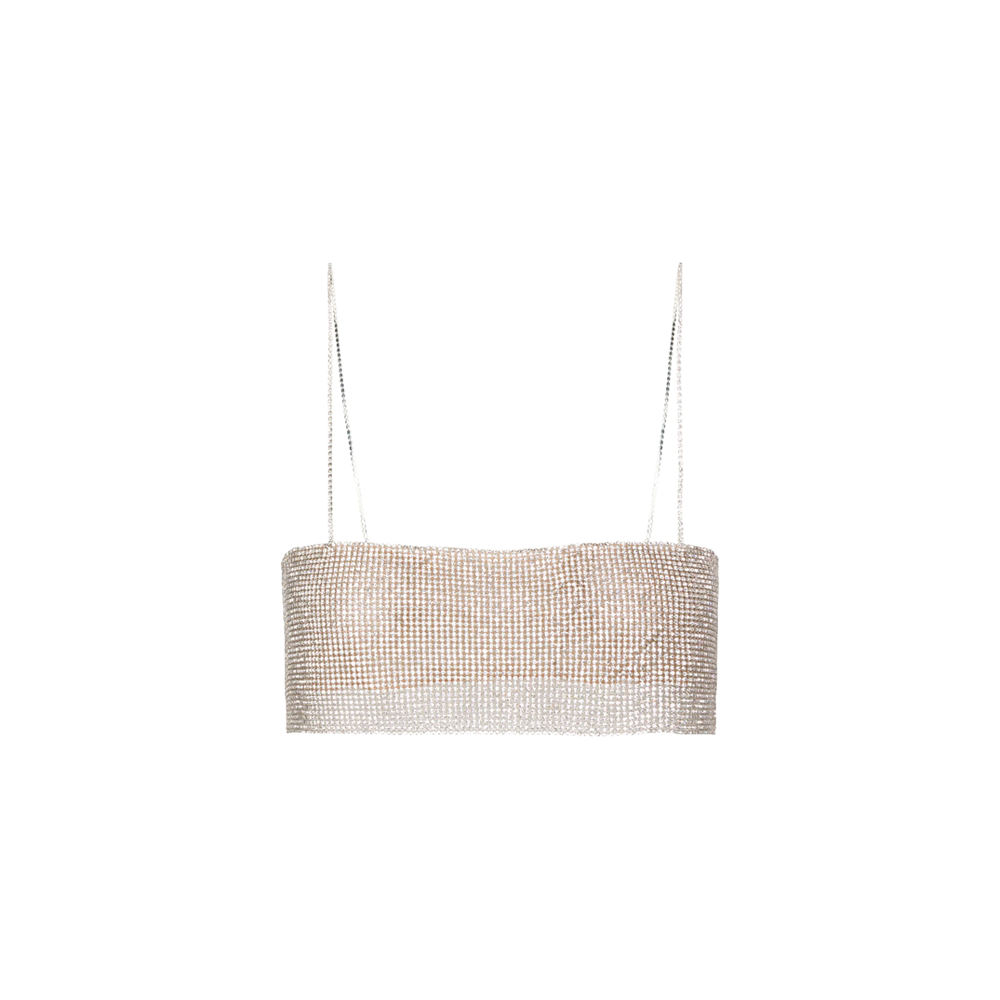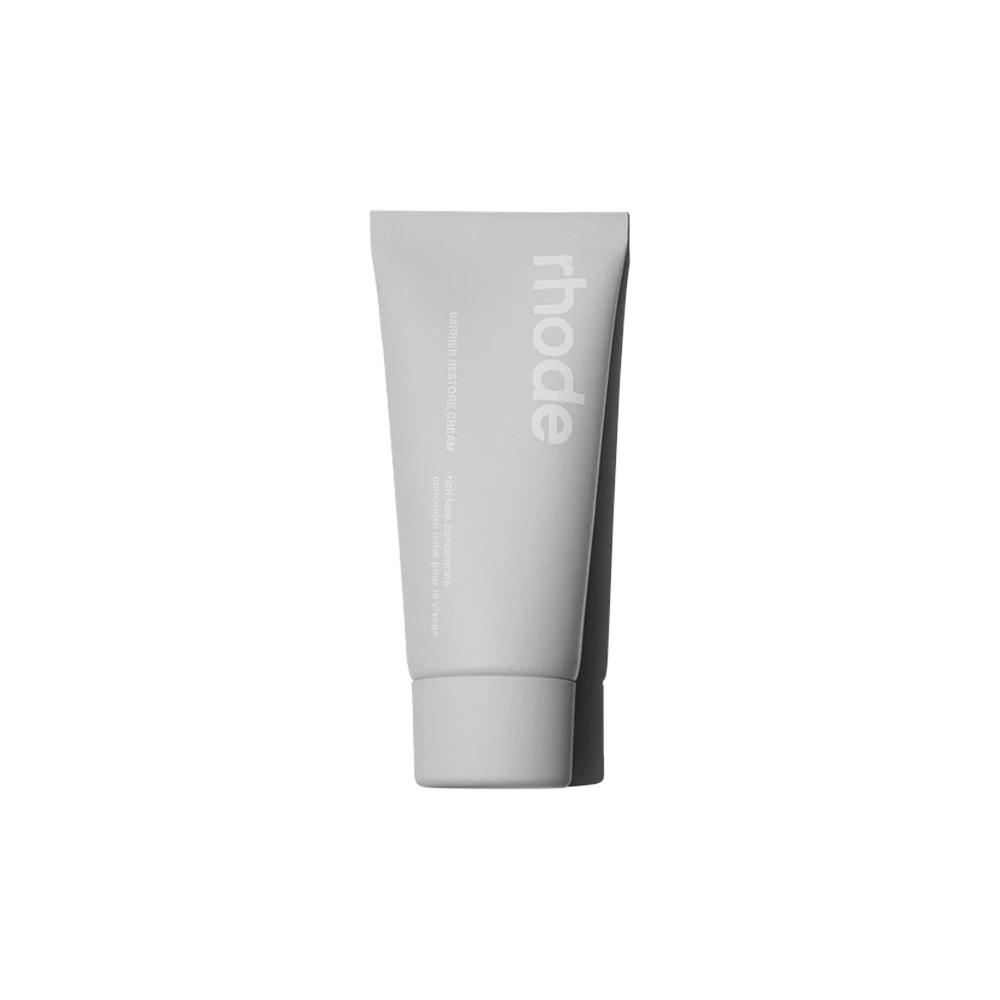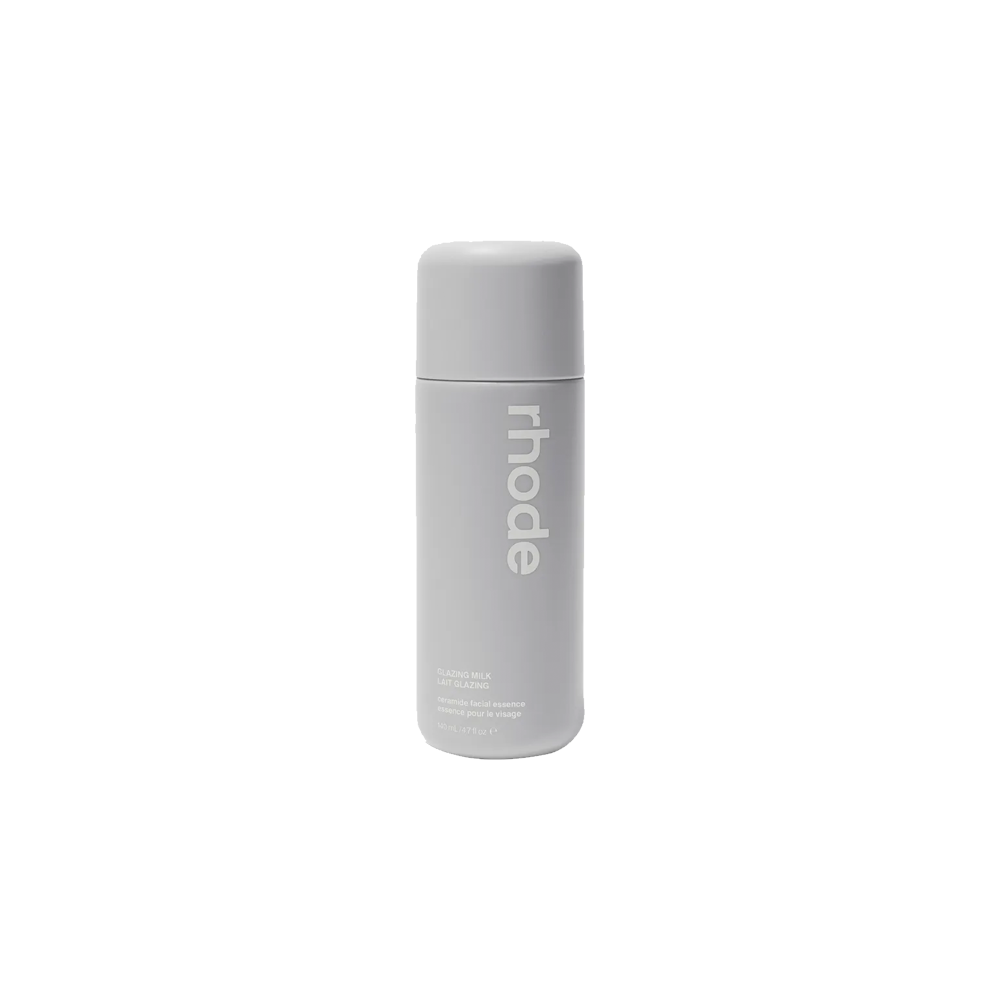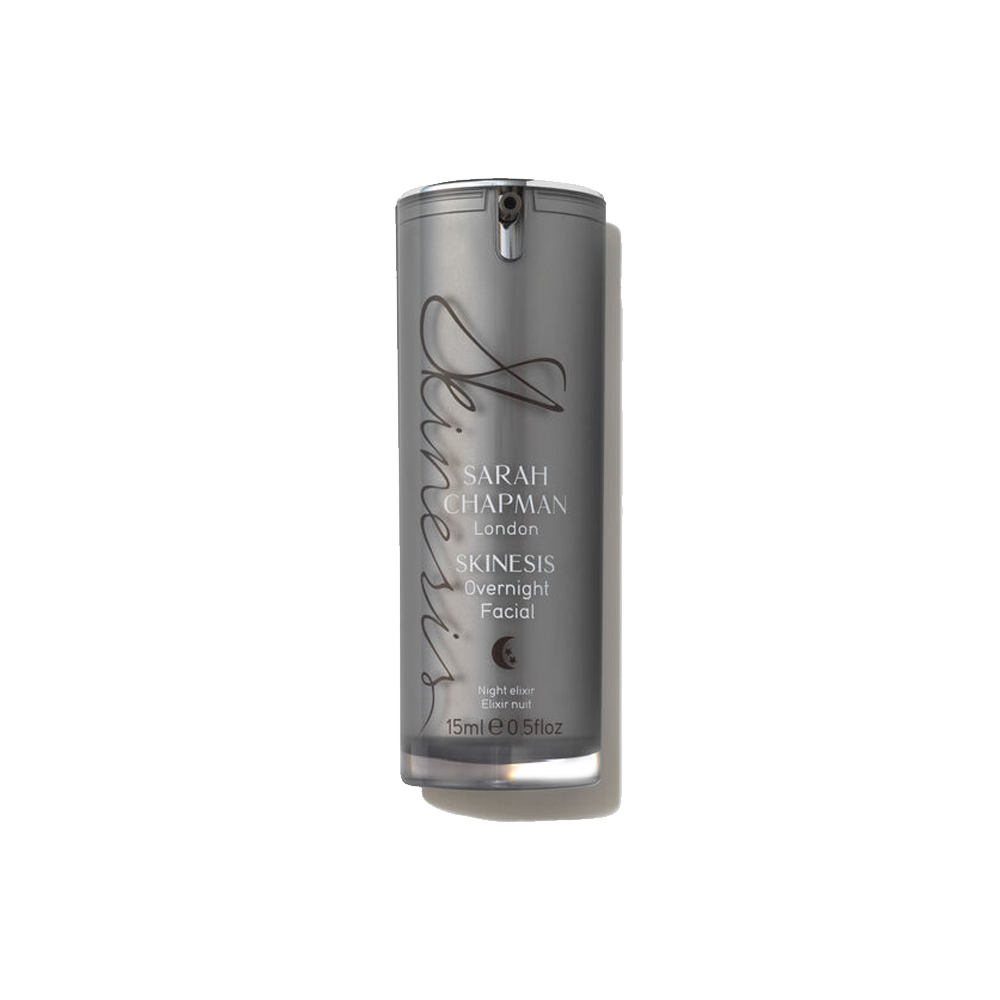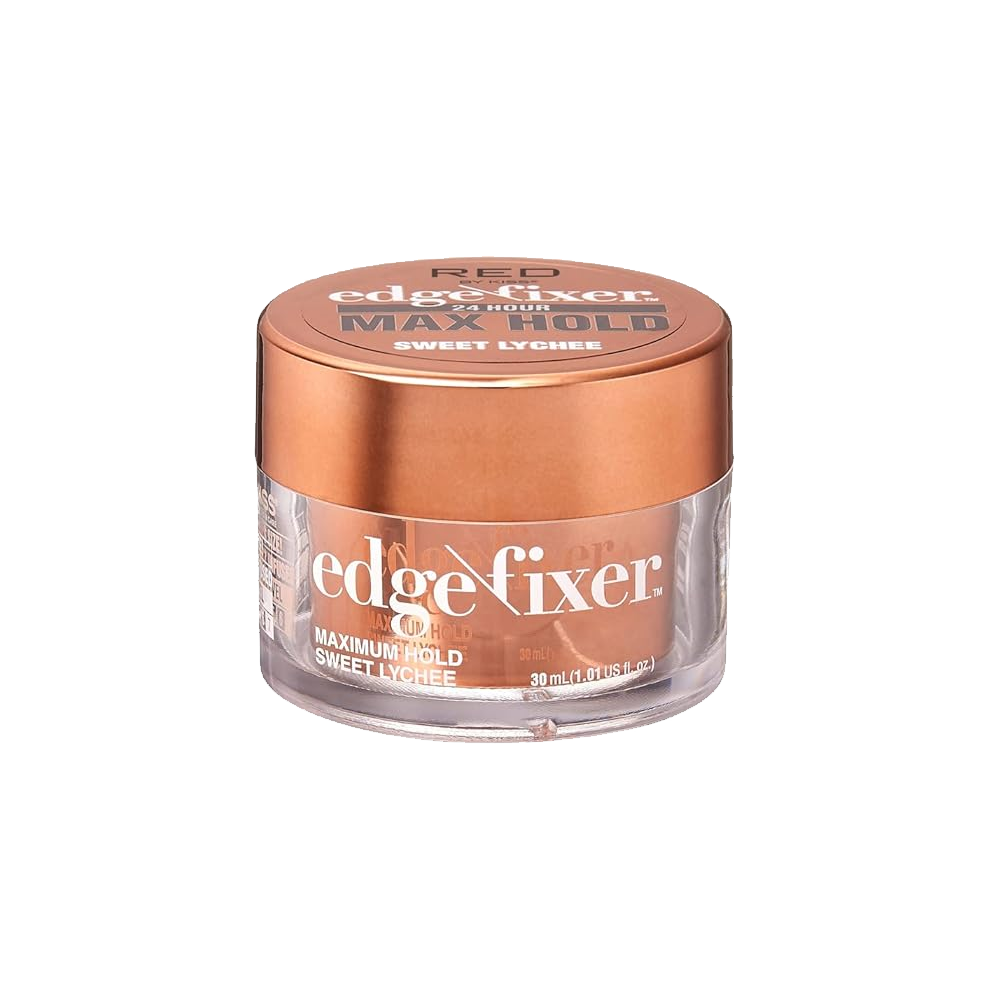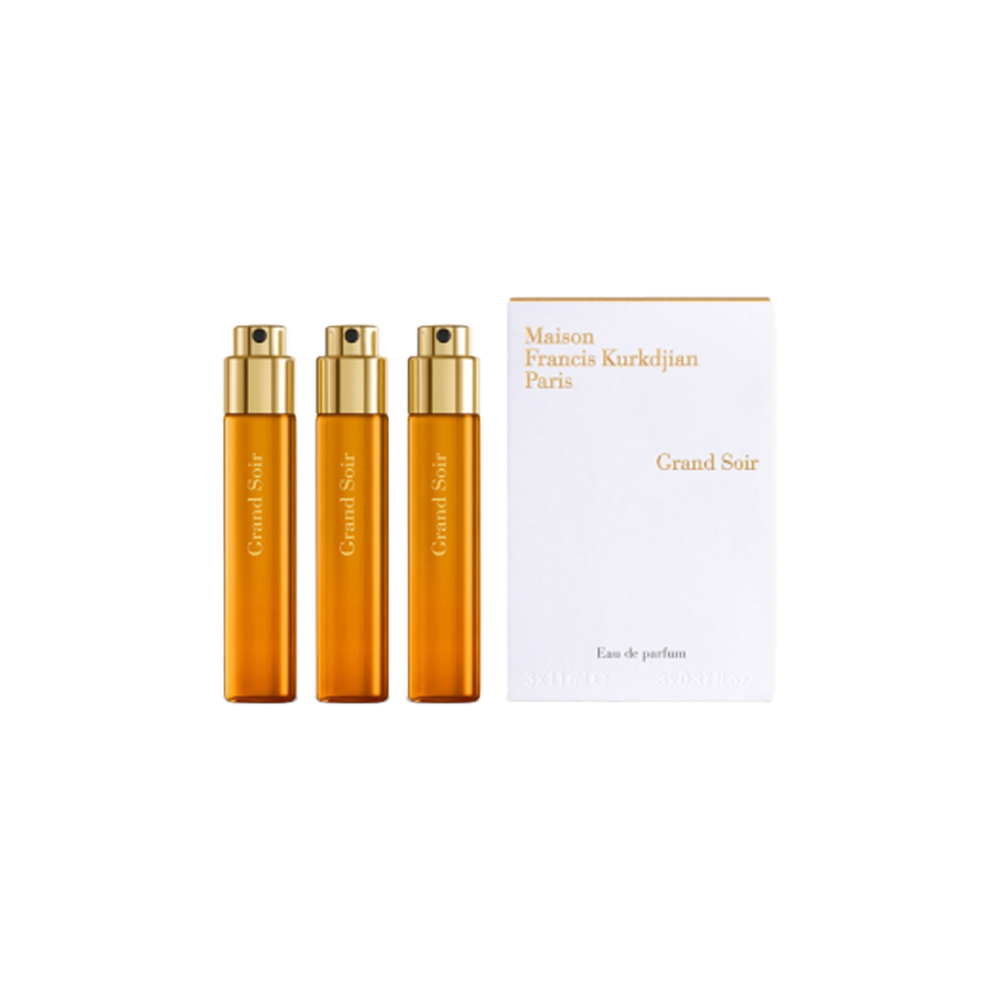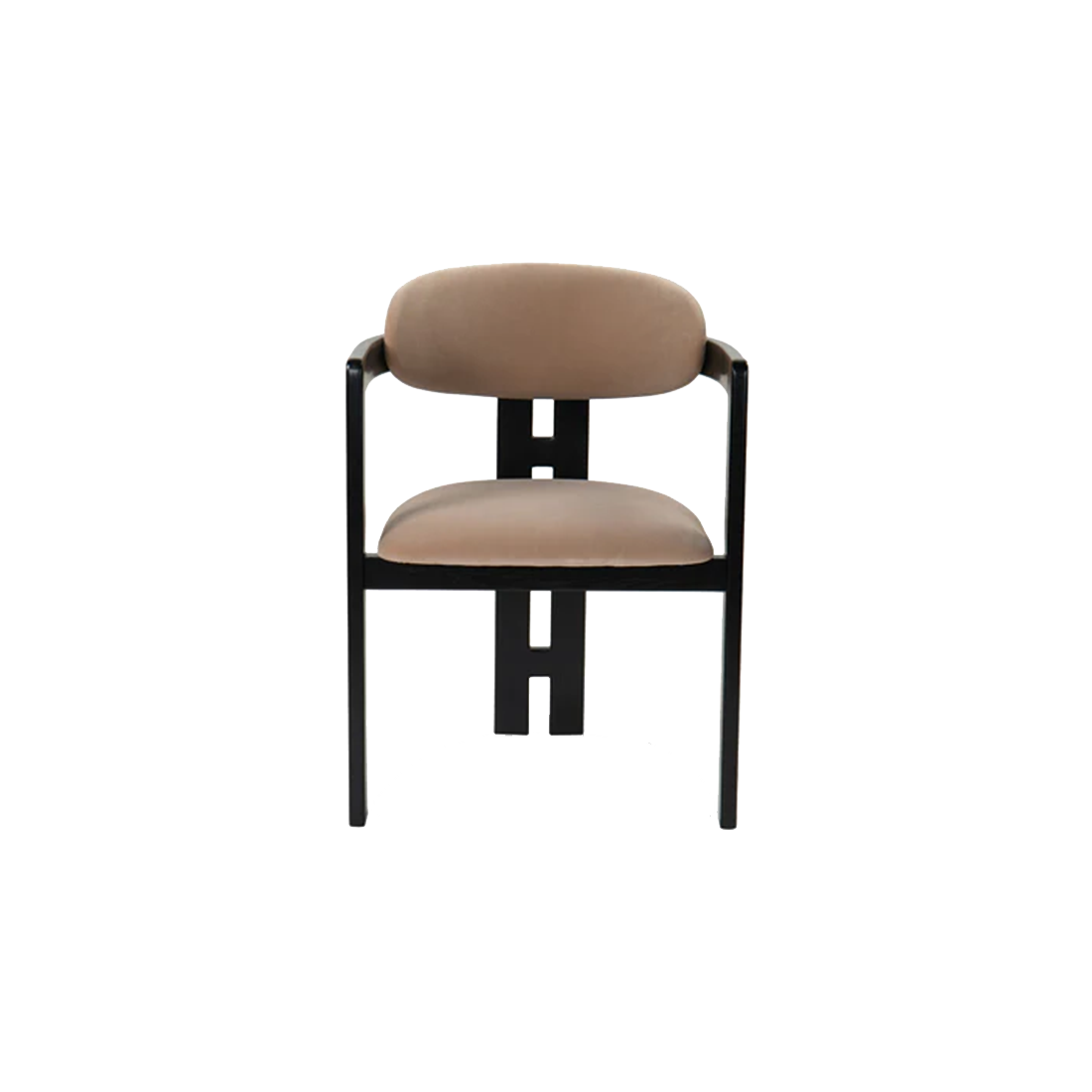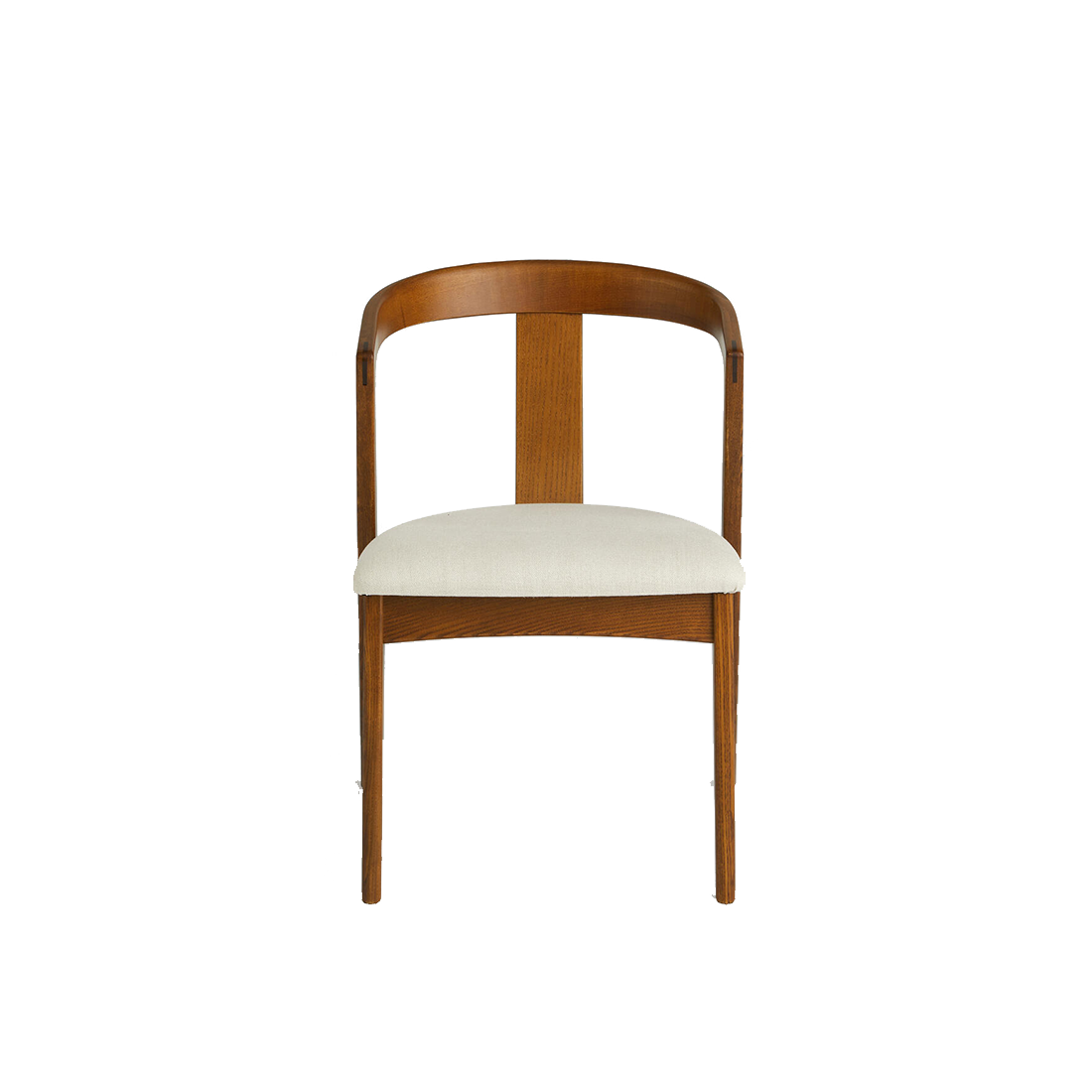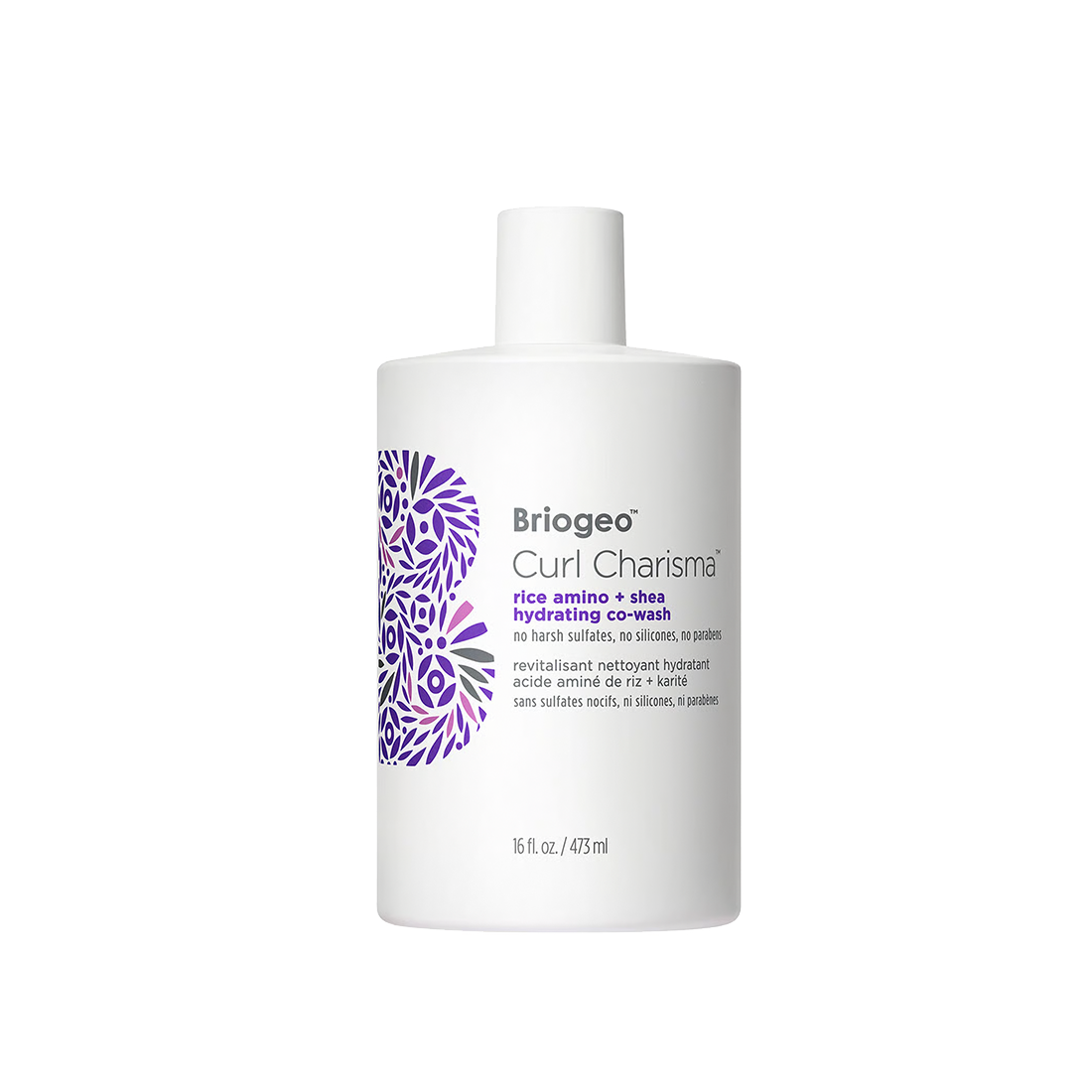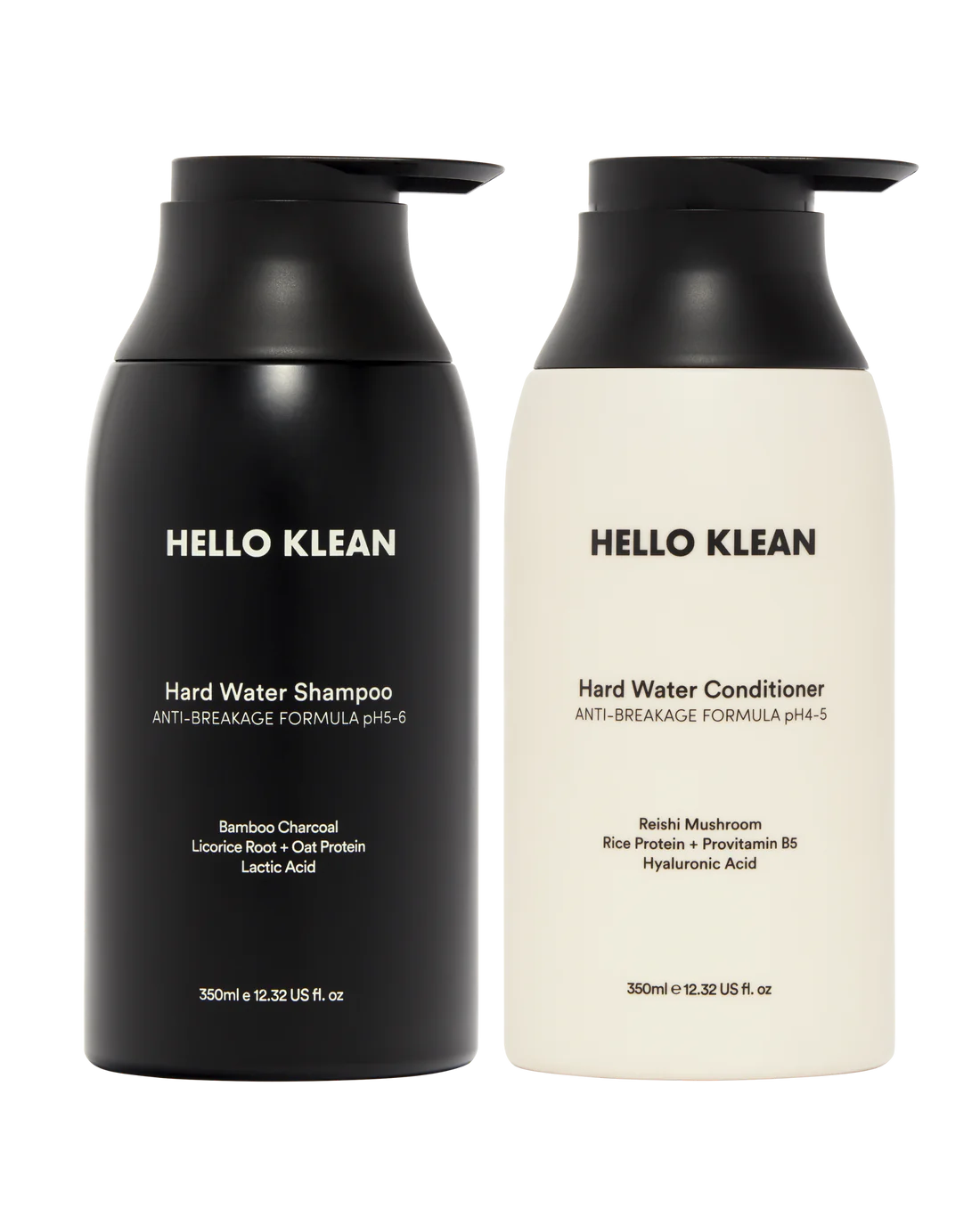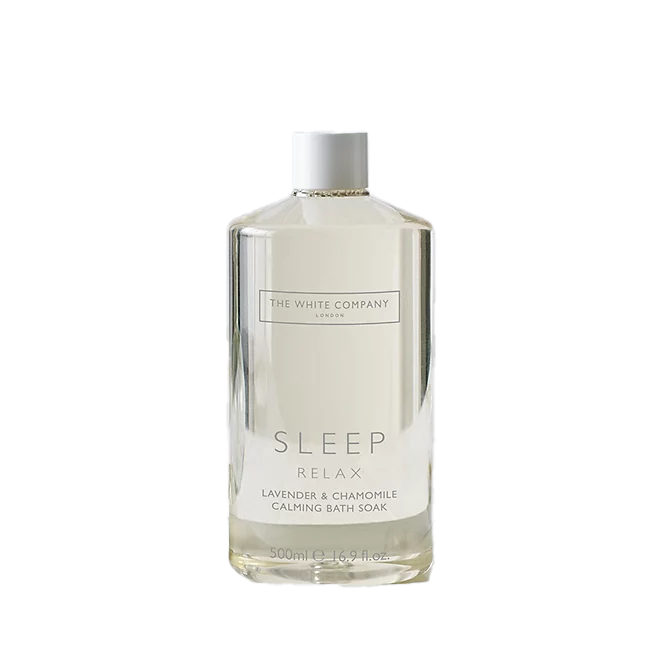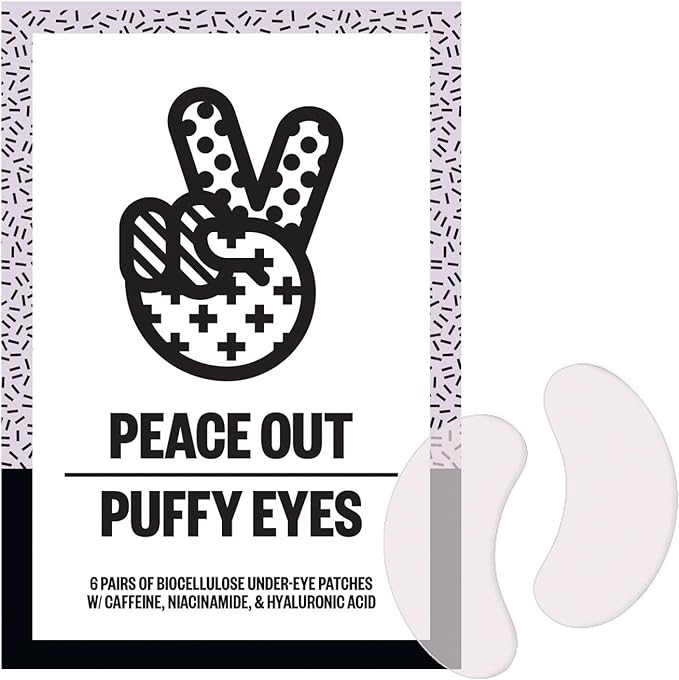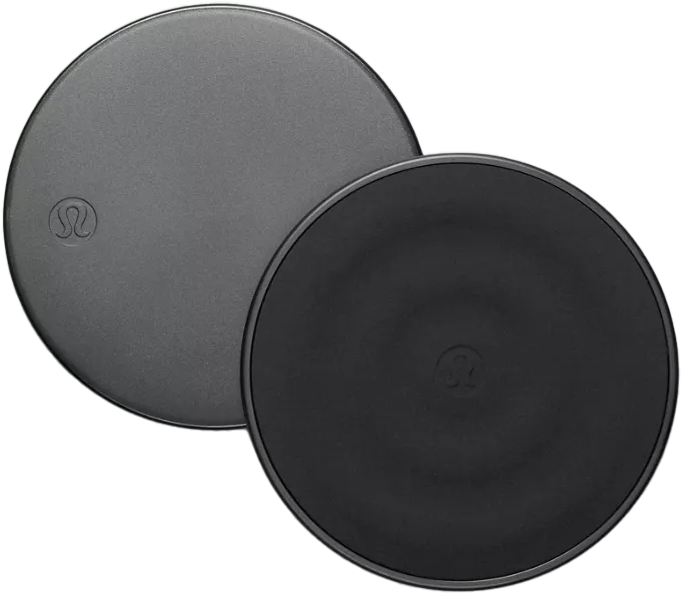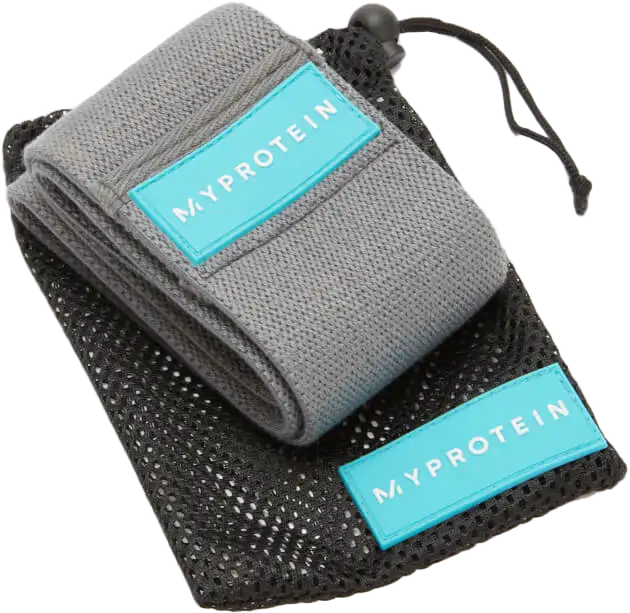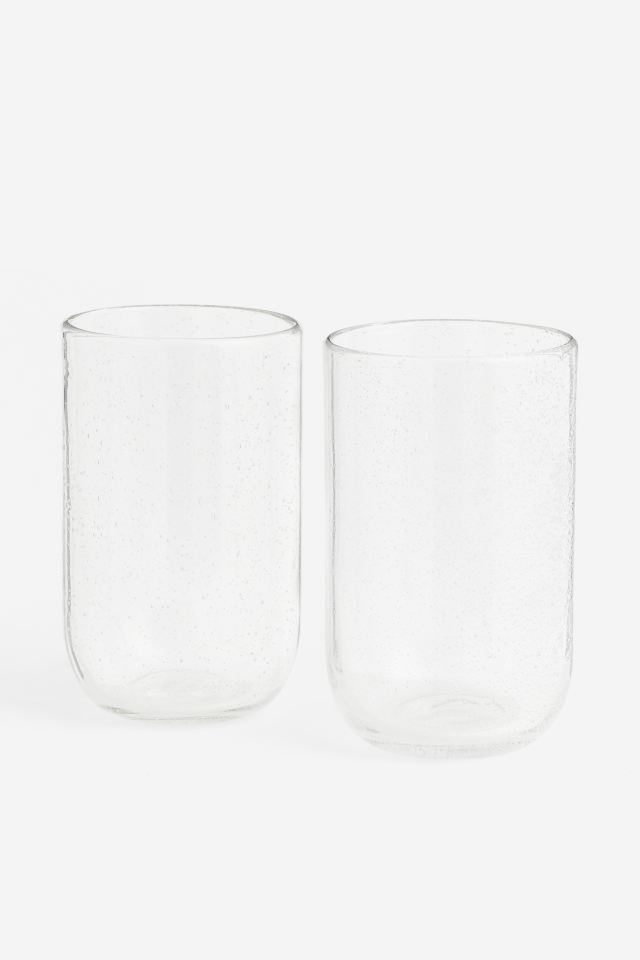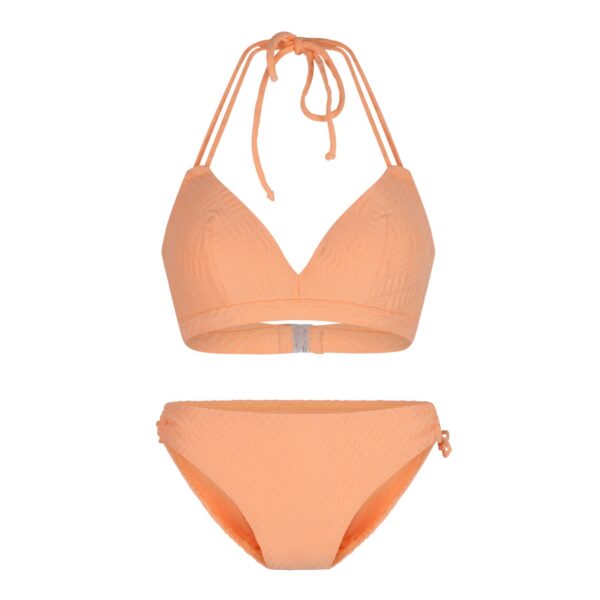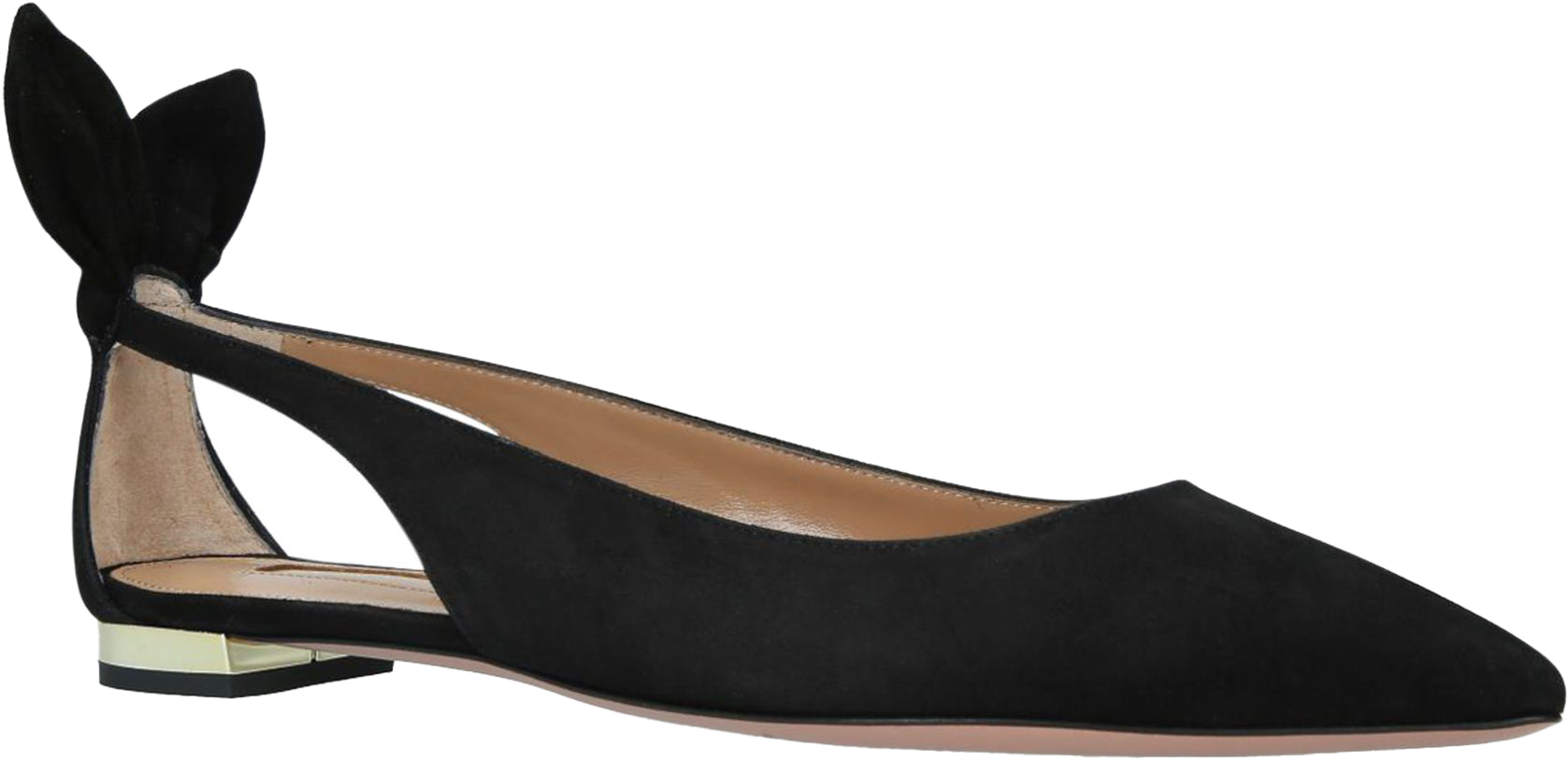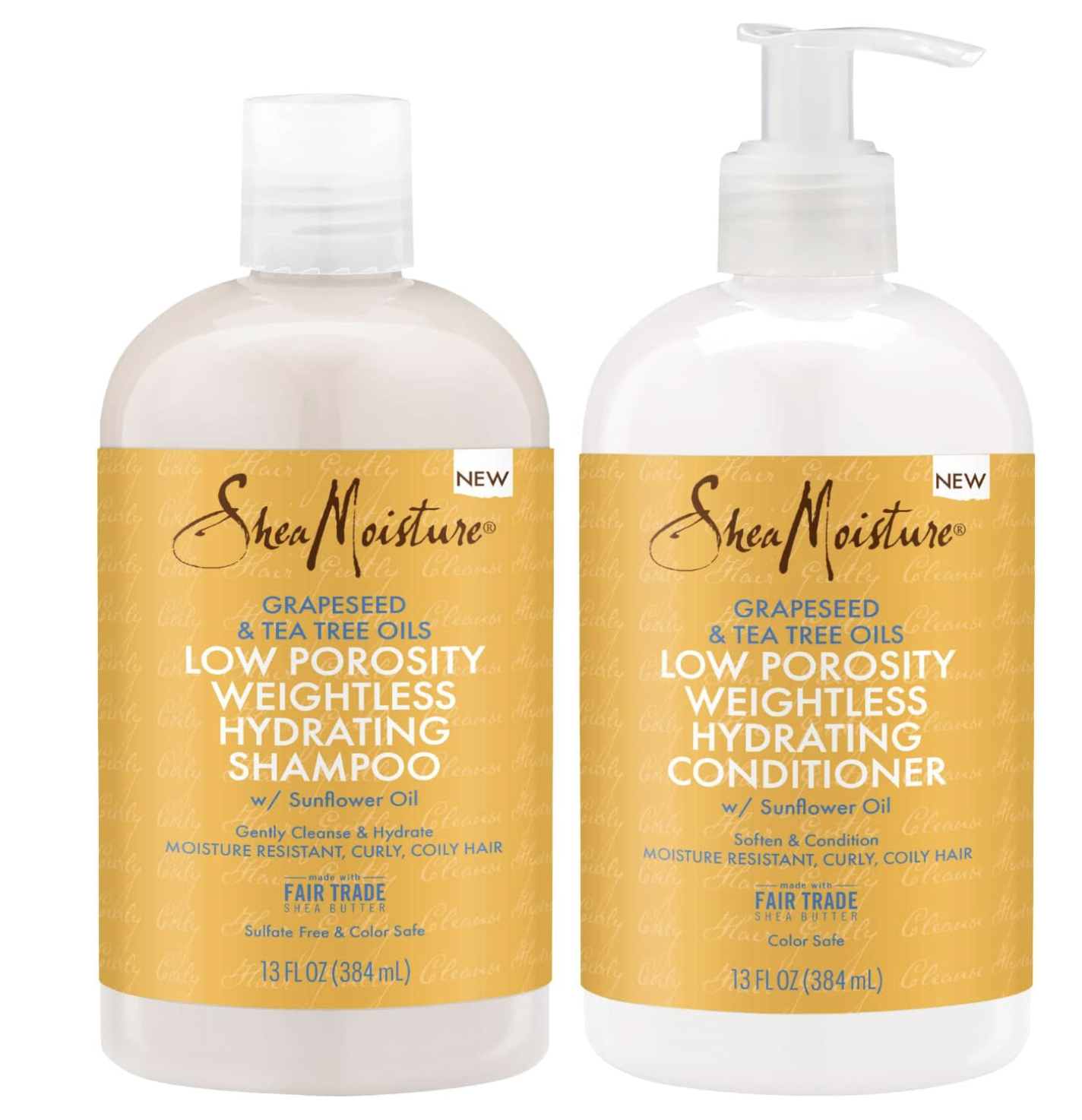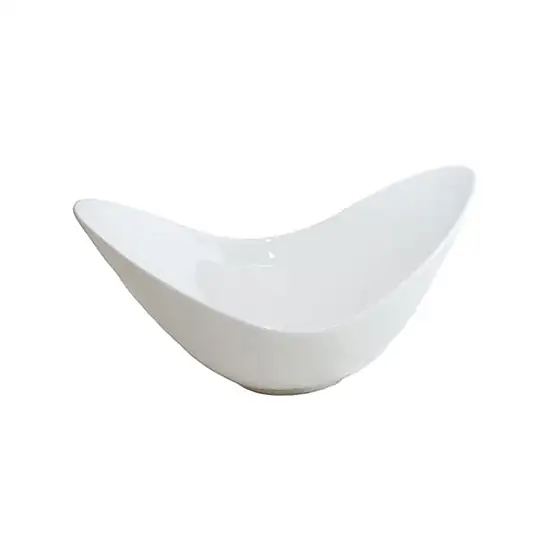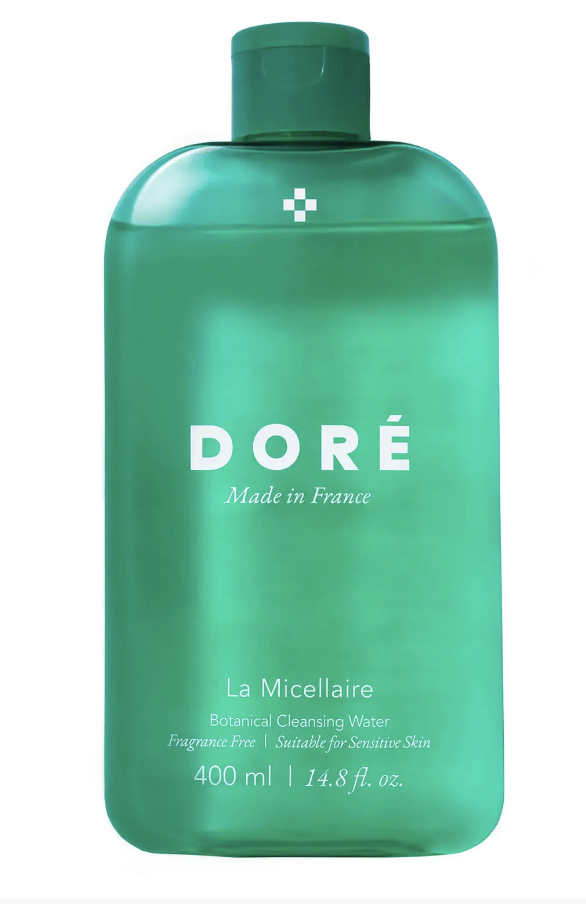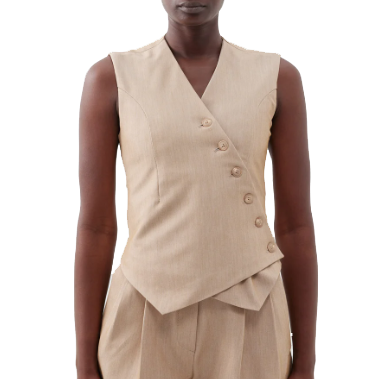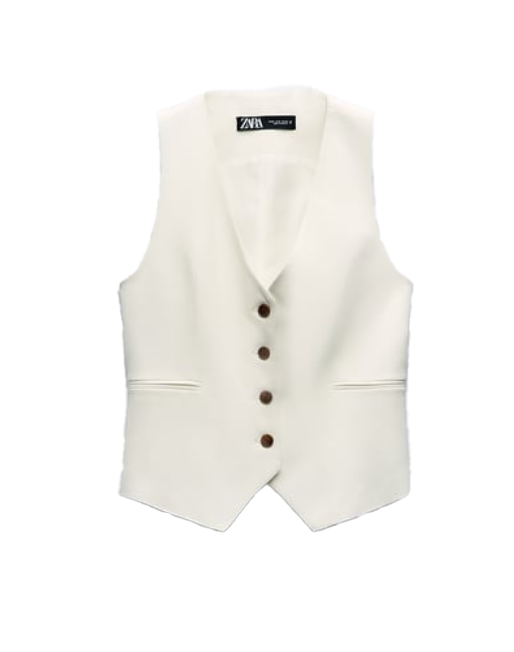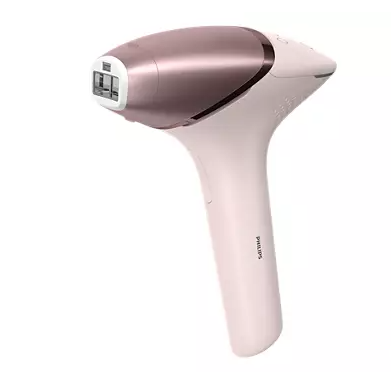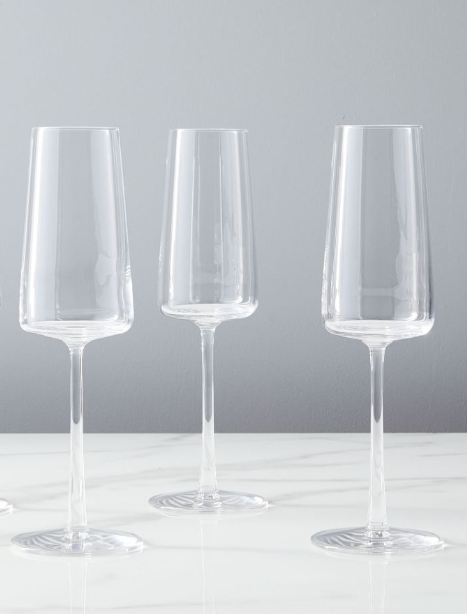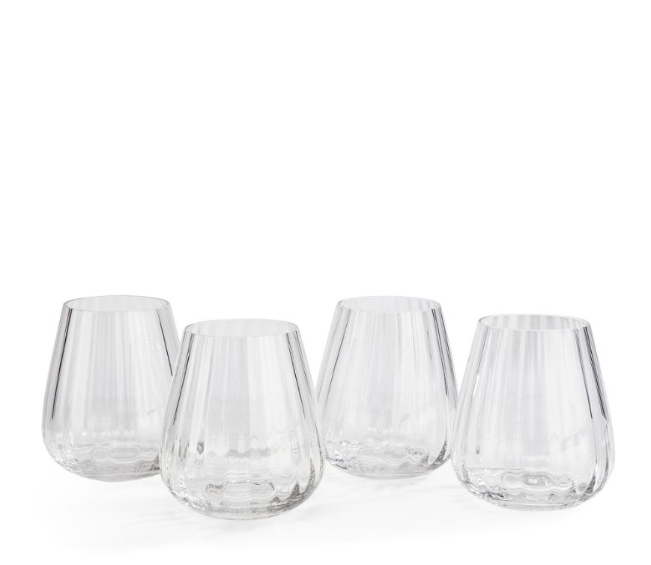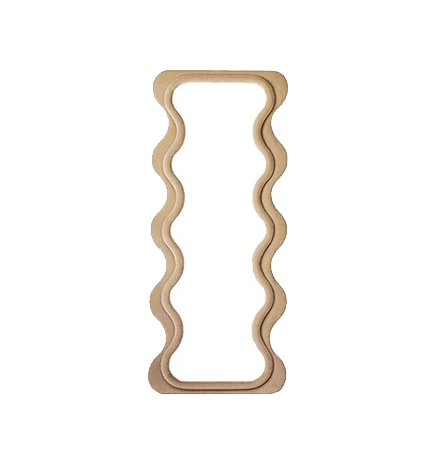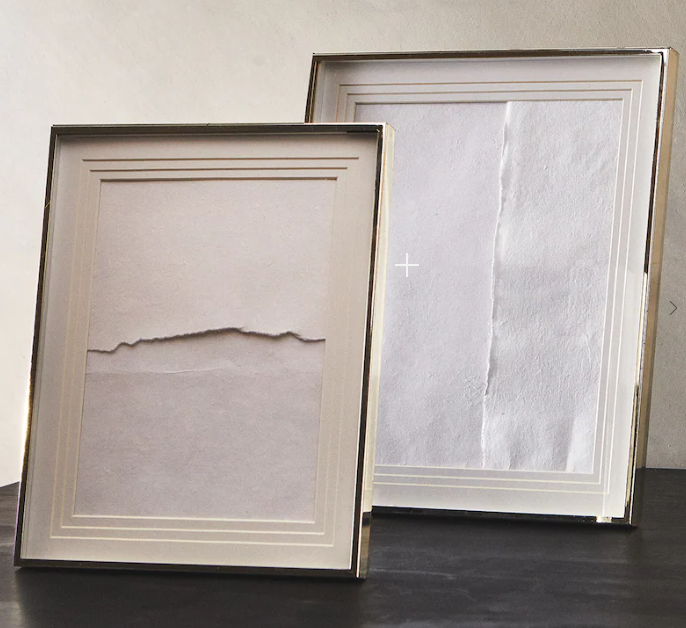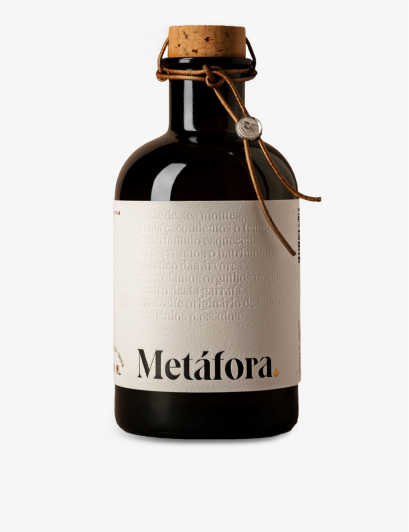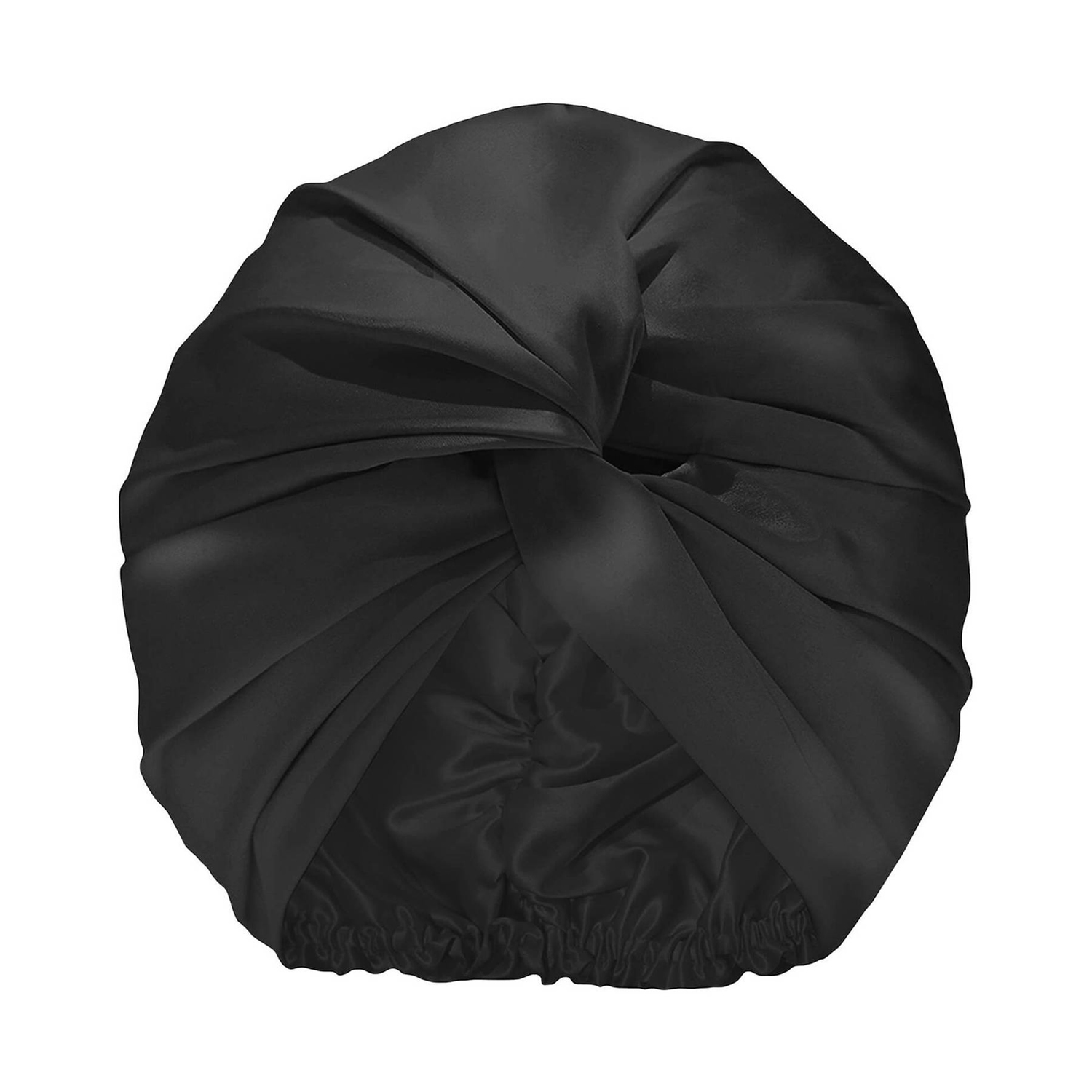Written by Pam Moore
Image @FisayoLonge
I often hear the frustrated grumblings of women “my hair doesn’t grow”, “how can I make my hair grow”, “my hair just stays at one length”, “afro hair doesn’t grow”. It can seem like no matter what you do, you just can’t get those inches. I get it and that’s why I’ve put together 3 top tips for healthy hair growth to have you rivalling Rapunzel.
Before we dive into those growth tips, I want to make one thing abundantly clear ALL HAIR GROWS! I repeat (for those of you in the back) ALL HAIR GROWS! Typically at half an inch a month, depending on your genetics, hormones and overall health.
The thing is, you may not be seeing that growth because your hair is breaking just as fast as it is growing. Afro and textured hair by nature is delicate. The curls, kinks and coils in our hair make it harder (compared to European and Asian hair types) for sebum to travel down and lubricate our strands. Because of this, it requires care and attention, and you want to focus your efforts on retaining length. i.e preventing damage and reducing breakage.
Now that we have the preamble out of the way, let’s get to it!
Moisture, moisture, moisture…
Moisture and hydration are a must for afro and textured hair types. The key is to reintroduce water back into your hair by washing and deep conditioning at least once a week. Try to develop the habit of moisturising your hair several times a week using either the LOC (Liquid, Oil, Cream) or LCO (Liquid, Cream, Oil) method. When choosing a moisturiser, it is super important that water is the first ingredient in the formulation.
Protective Styling
Protective styling is one of the principal ways to protect your hair from damage, especially the ends which are the oldest and most fragile part of the strands. The aim of protective styling is to keep your ends tucked away as well as limit the damage caused by manipulation (brushing, blow-drying, straightening) and environmental stressors (sun, humidity, wind and rain and cold weather). This practice will, you guessed it, help you retain length.
Some examples of protective styles include:
– Knotless braids
– Two strand twists
– Wigs
– Buns
– Cornrows
Before you undertake a protective style, it’s important to prep your hair beforehand so it doesn’t end up causing more harm than good. Thoroughly wash and deep condition your hair before any style. If you’re going for braids make sure to include a protein treatment to add additional strength.
As the saying goes, “all good things come to end” and that includes protective styles. When to take out your hair depends on the style you chose, your rate of hair growth and if you have visible product build-up. Generally, anything longer than 4-6 weeks can start to have the opposite effect.
The options for protective styling are truly limitless, so experiment and see what works for you. Whatever style you choose don’t forget to take care of your hair by washing and moisturising at regular intervals. Protective styling is not another word for neglect!
Diet
What we put into our bodies, is just as important as the products and techniques we use to grow long healthy hair. Before the hair even emerges from our scalp any dietary deficiencies can have a negative impact on your scalp and subsequently the hair strands.
Eating a colourful diet (think of the rainbow colour spectrum) consisting of fruits, vegetables, meat and grains will ensure you receive the necessary vitamins and minerals to produce healthy hair.
Concentrate on getting enough:
– Protein (lack of protein produces weak brittle hair)
– Vitamin C (helps build and maintain strong hair follicles)
– Iron (an iron-deficient diet increases the rate of shedding and leads to hair thinning)
– B-Complex Vitamins (helps prevent hair loss and scalp issues)
Aim to be sufficiently hydrated by drinking 2.5 litres of water a day. This will help your scalp stay moisturised and hydrated, preventing dandruff. When your scalps moisture content drops below 10% dandruff and other scalp issues can occur.
Lastly, although not one of the top tips, It is important to remember that there is no quick fix. Growing healthy hair requires time and patience. Enjoy the process! Learn about your hair and give it everything it needs and deserves.






